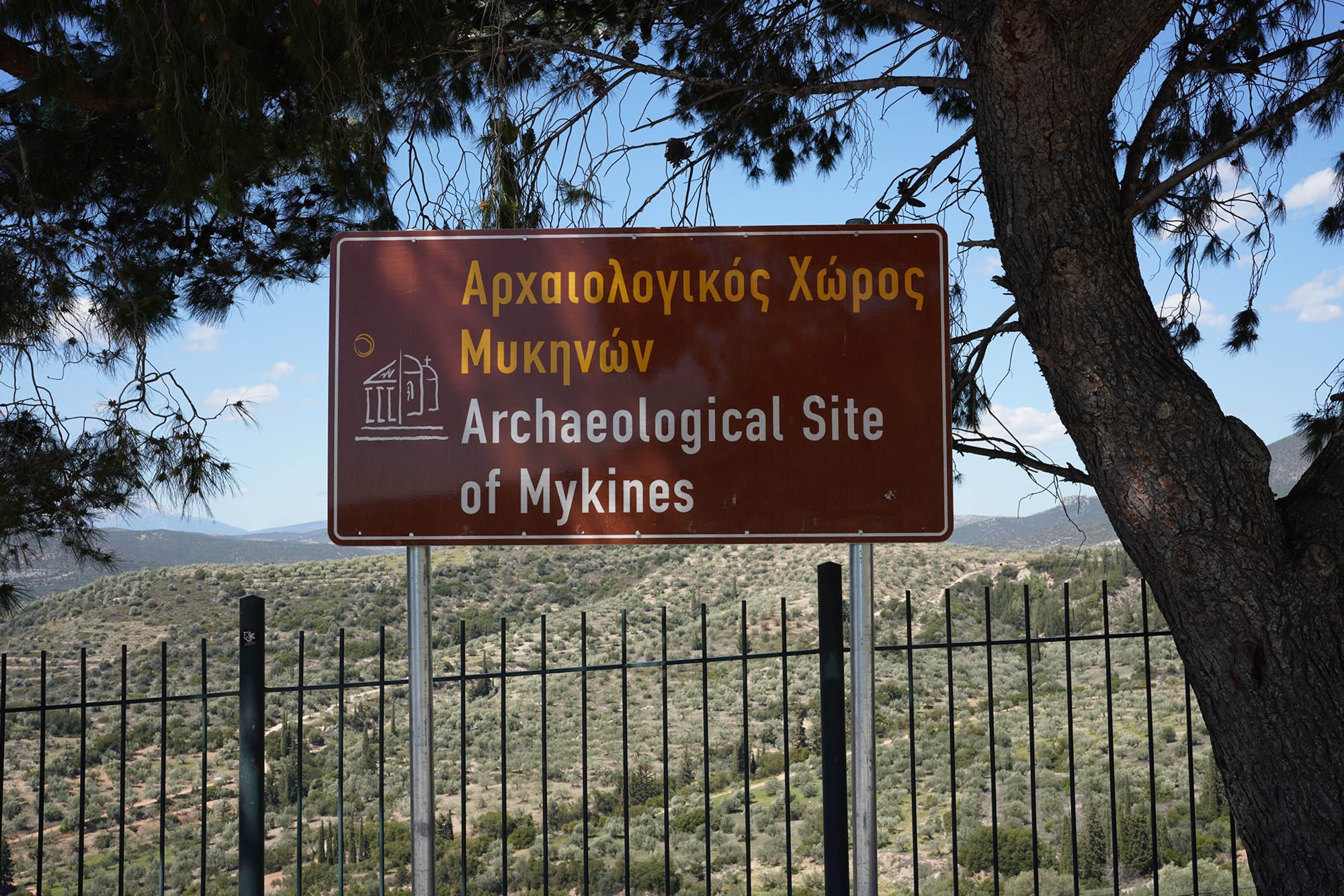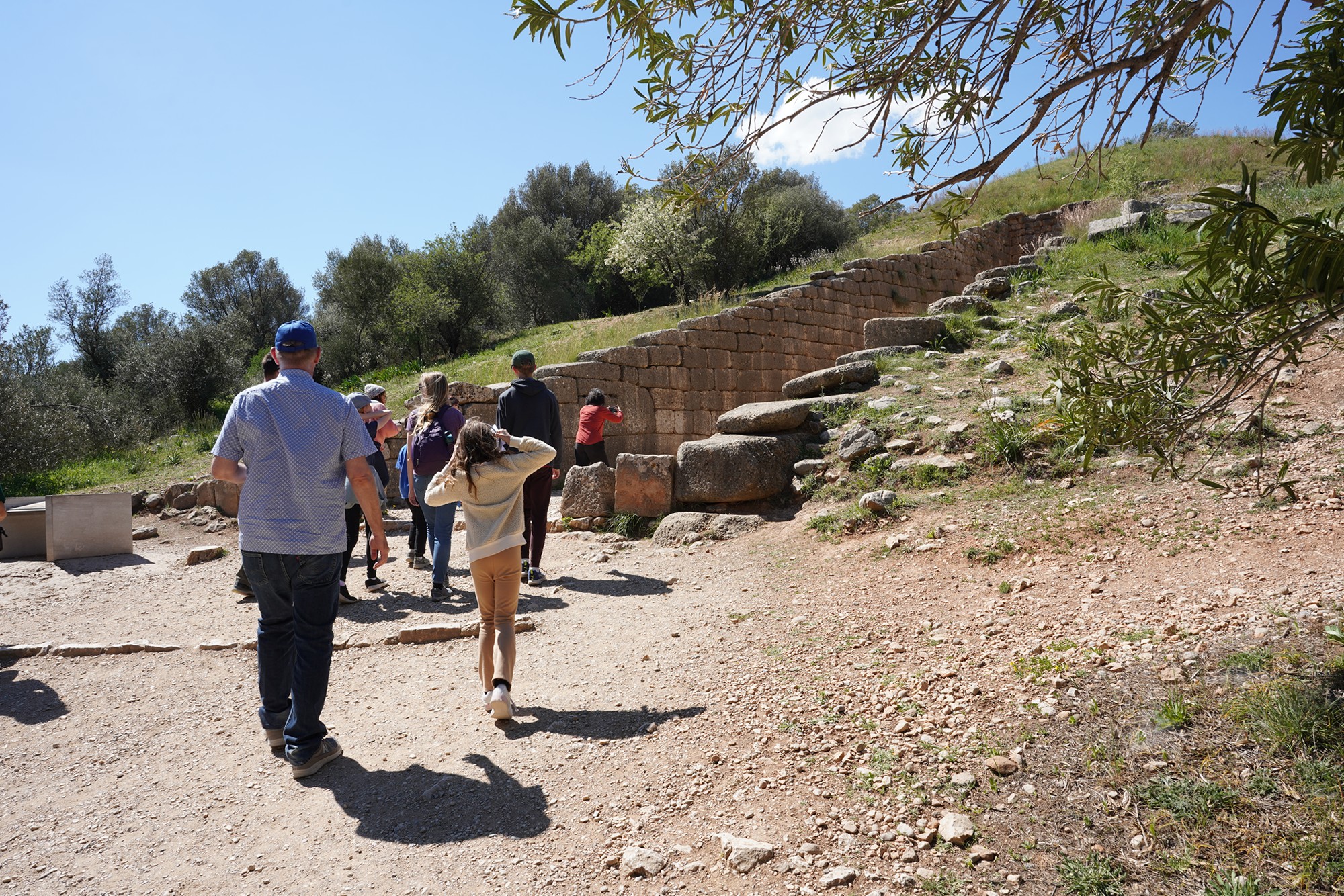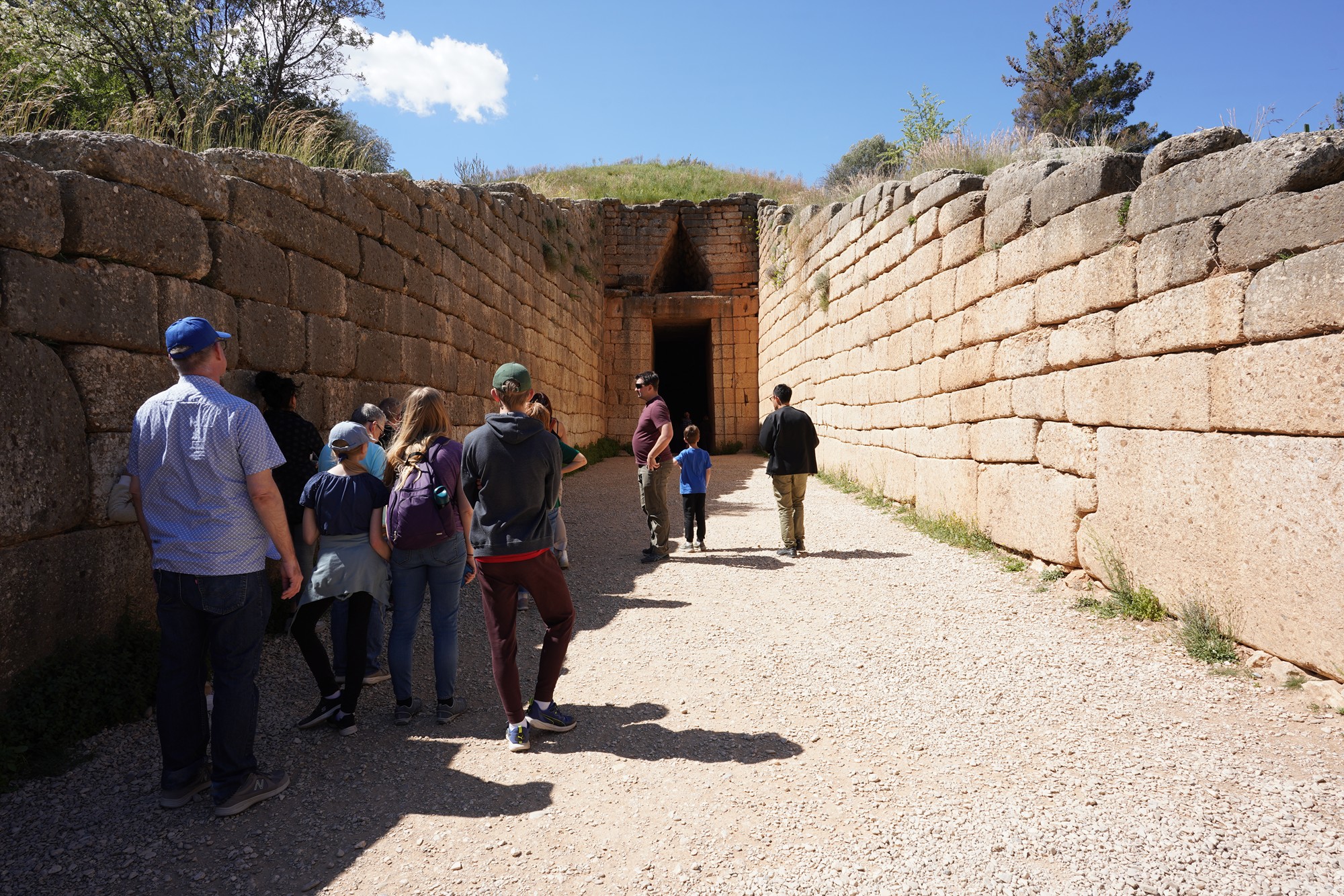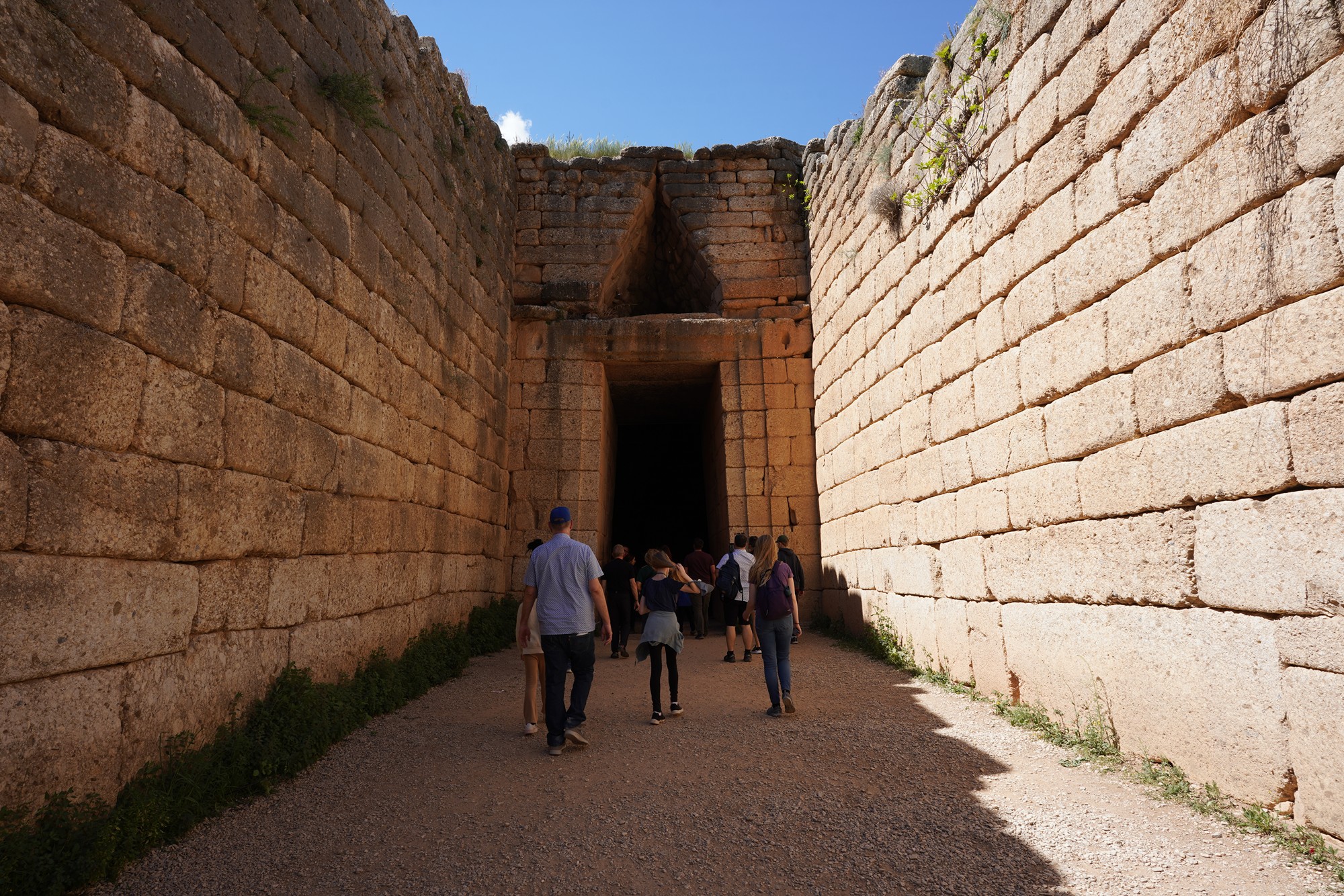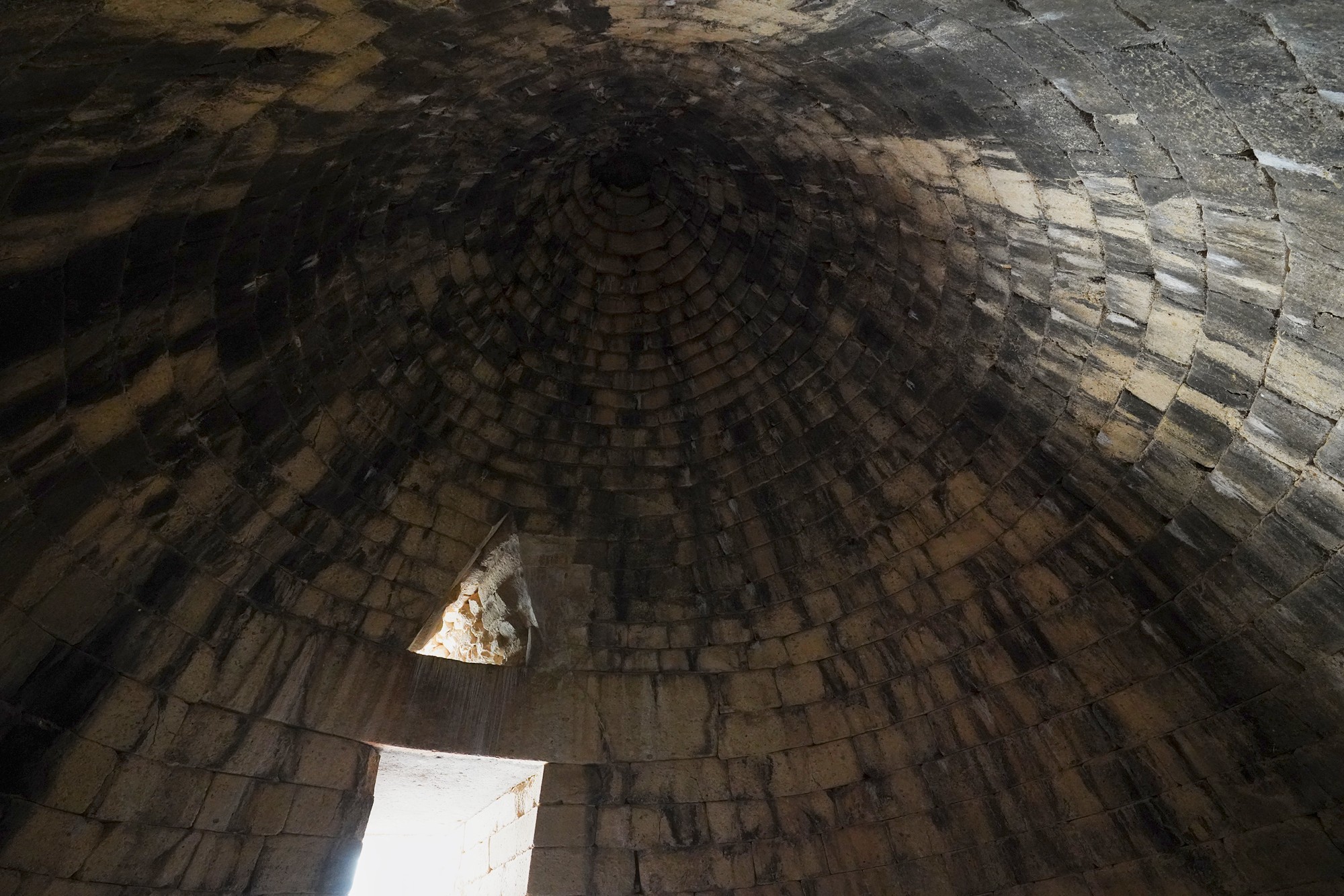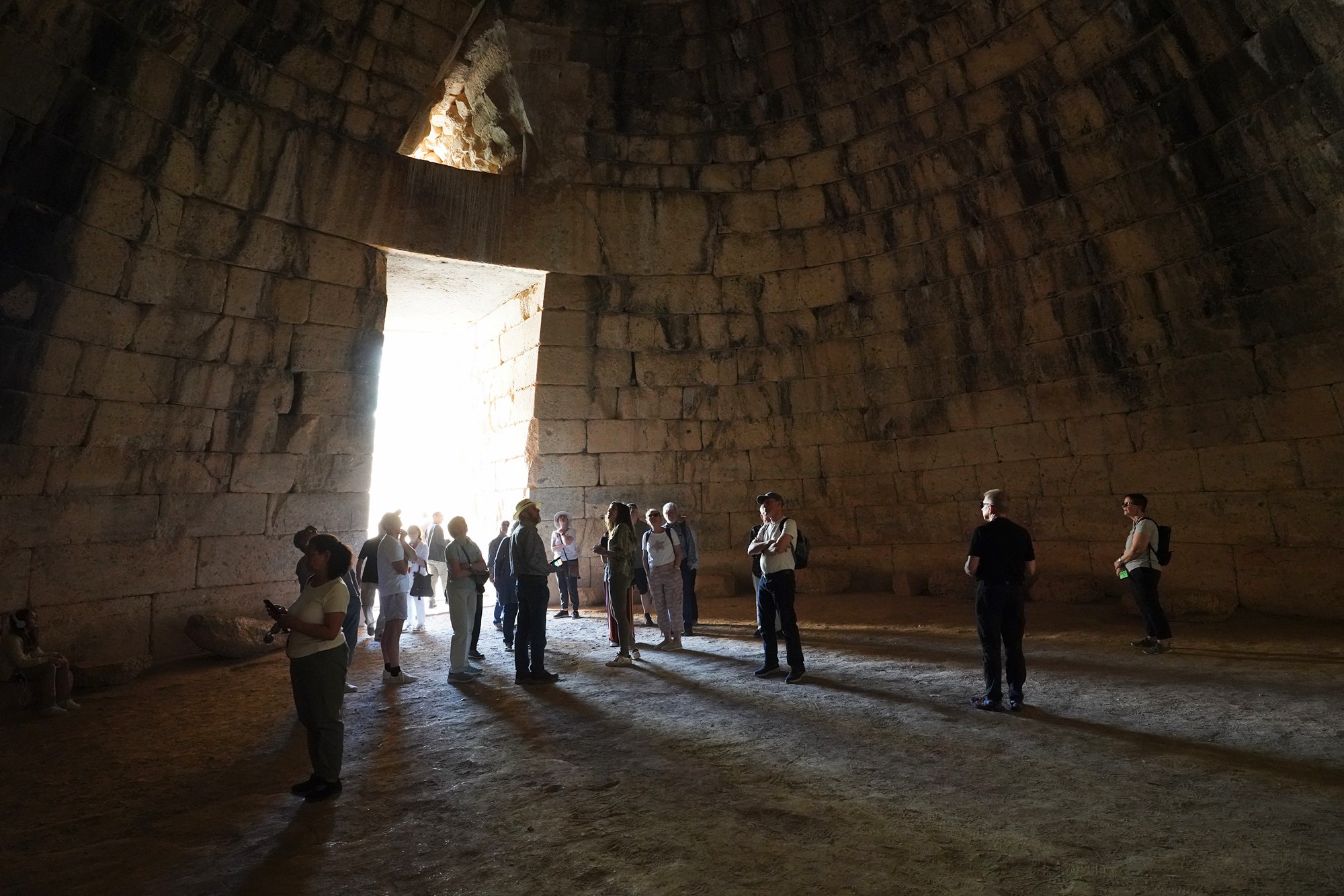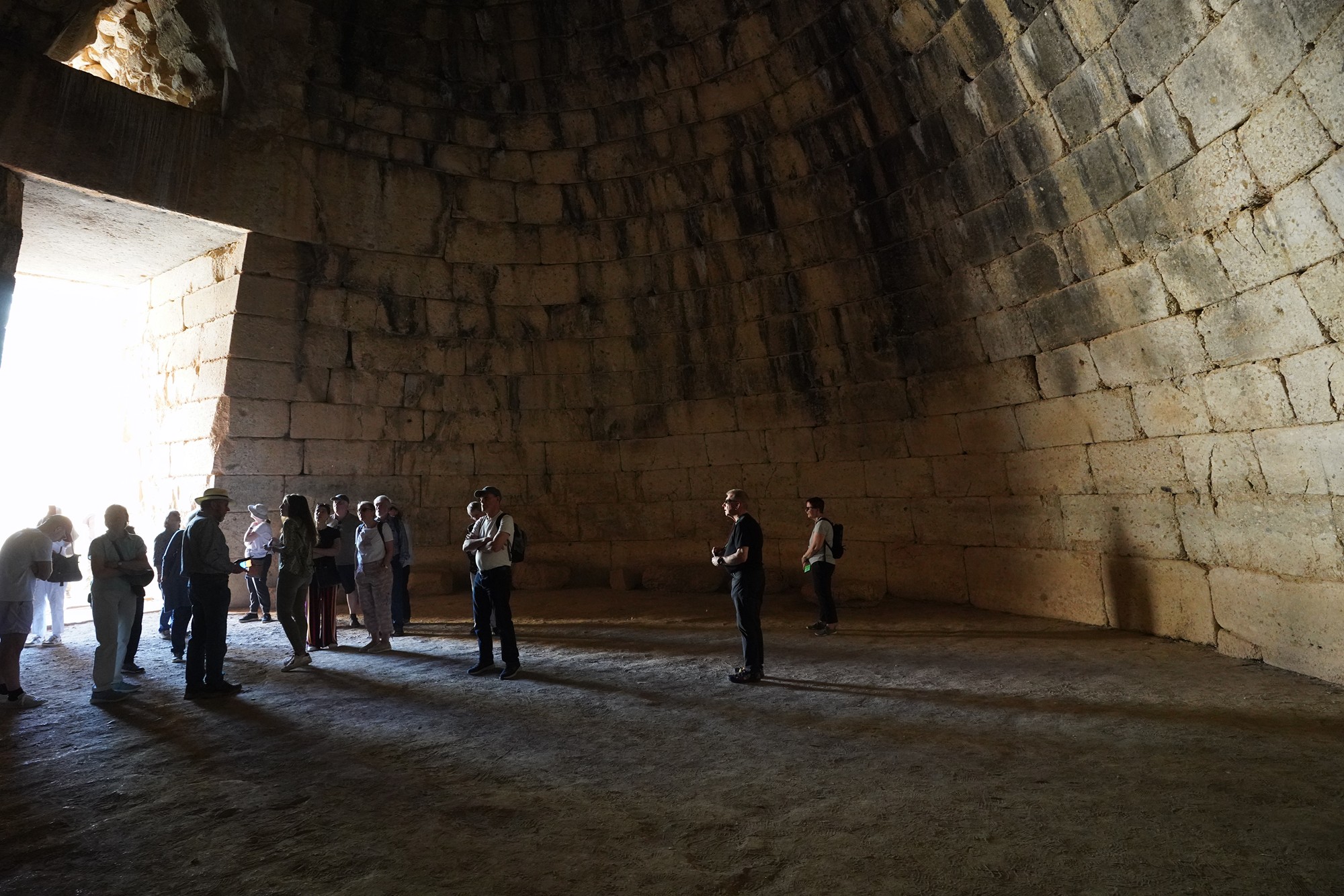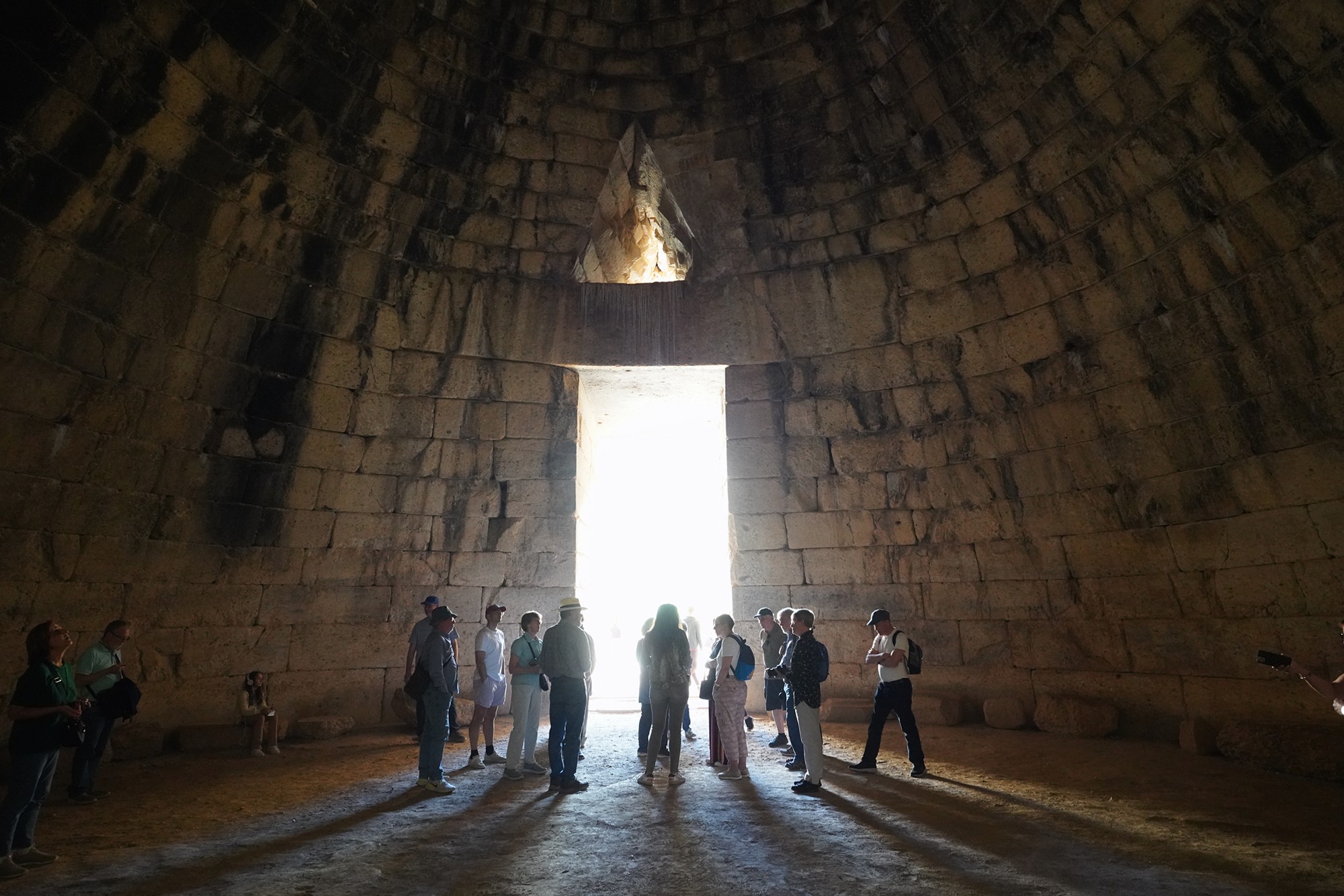Epidaurus Theater and Mycenae Acropolis, Greece
The Ancient Theatre of Epidaurus is regarded as the best-preserved ancient theatre in Greece in terms of its perfect acoustics and fine structure. Mycenae, the kingdom of the mythical Agamemnon, is the most important and richest palatial center of the Late Bronze Age in Greece.
Ancient Theatre of Epidaurus: Επίδαυρος 210 52
Mycenae Acropolis of Midea: Epar.Od. Argous – Arachneou, Midea 210 55
I joined a tour lasting three nights and four days, which included visits to many destinations. Our itinerary included stops at Corinth Canal, Epidaurus Theater, Acropolis of Mycenae, Olympia’s Zeus Temple and stadium, the Apollo Temple in Delphi, and the stunning monasteries atop the colossal rock formations in Meteora.
This blog shows the places visited on the first day of the tour.
The first stop was at Corinth Canal.
The Corinth Canal is an artificial canal that connects the Gulf of Corinth in the Ionian Sea with the Saronic Gulf in the Aegean Sea. It cuts through the narrow Isthmus of Corinth and separates the Peloponnese from the Greek mainland, arguably making the peninsula an island. The canal was dug through the Isthmus at sea level and has no locks. It is 4 miles long and only 80.7 feet wide at sea level, making it impassable for many modern ships. It is currently of little economic importance and is mainly a tourist attraction.
The canal was initially proposed in classical times, and a failed effort was made to build it in the 1st century AD. Construction was recommenced in 1881 but was hampered by geological and financial problems that bankrupted the original builders. It was completed in 1893 but, due to the canal’s narrowness, navigational issues, and periodic closures to repair landslides from its steep walls, it failed to attract the level of traffic expected by its operators.
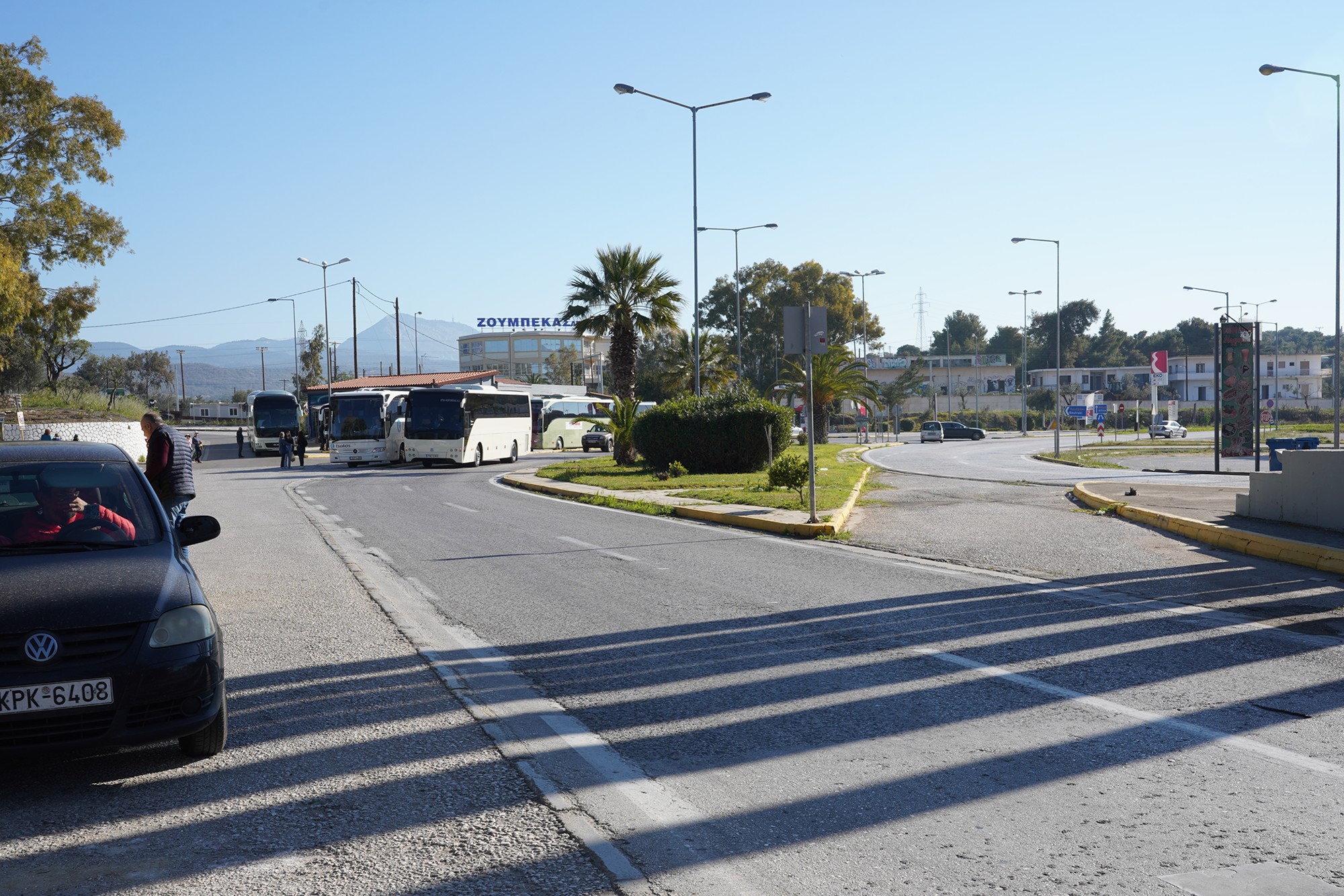
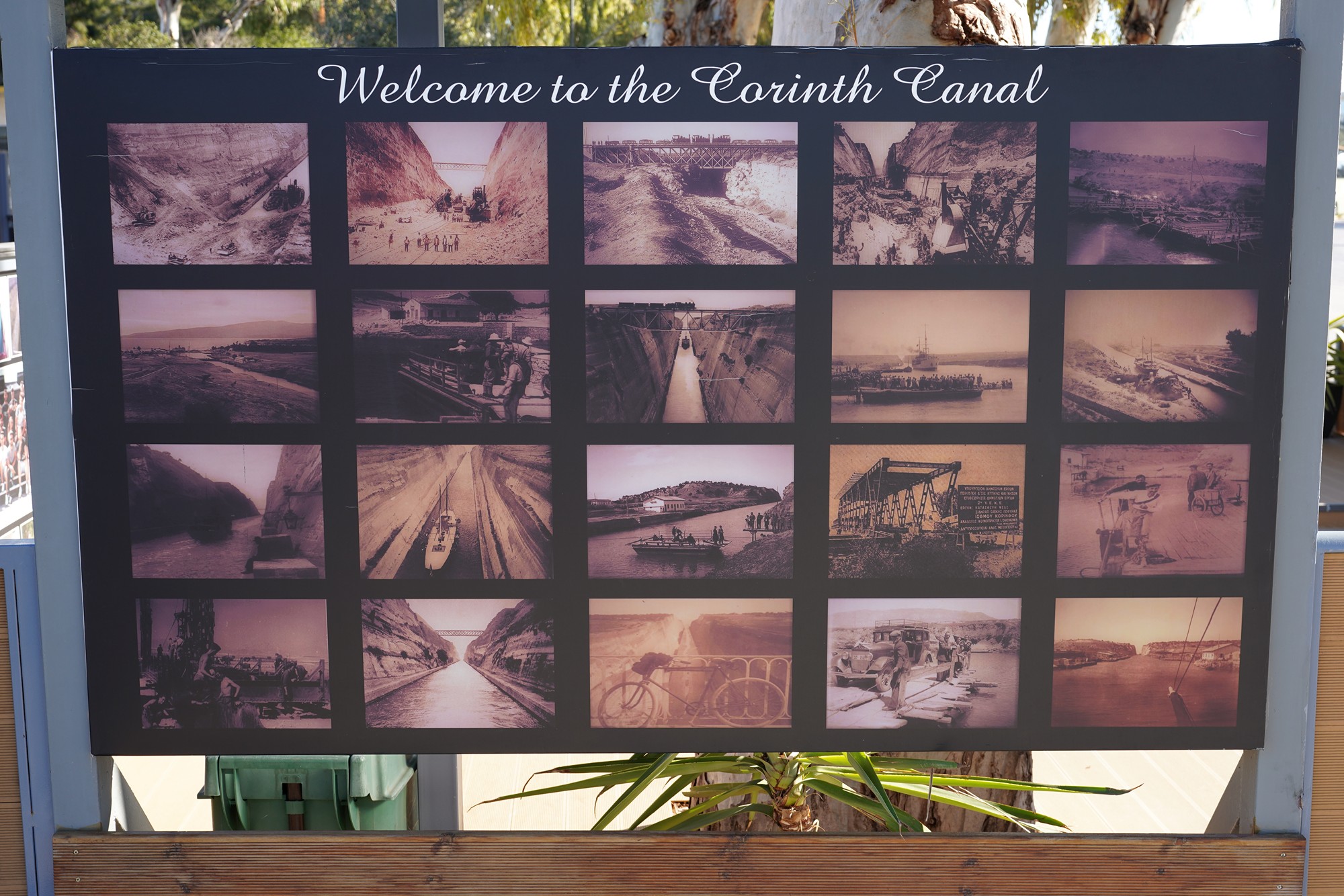
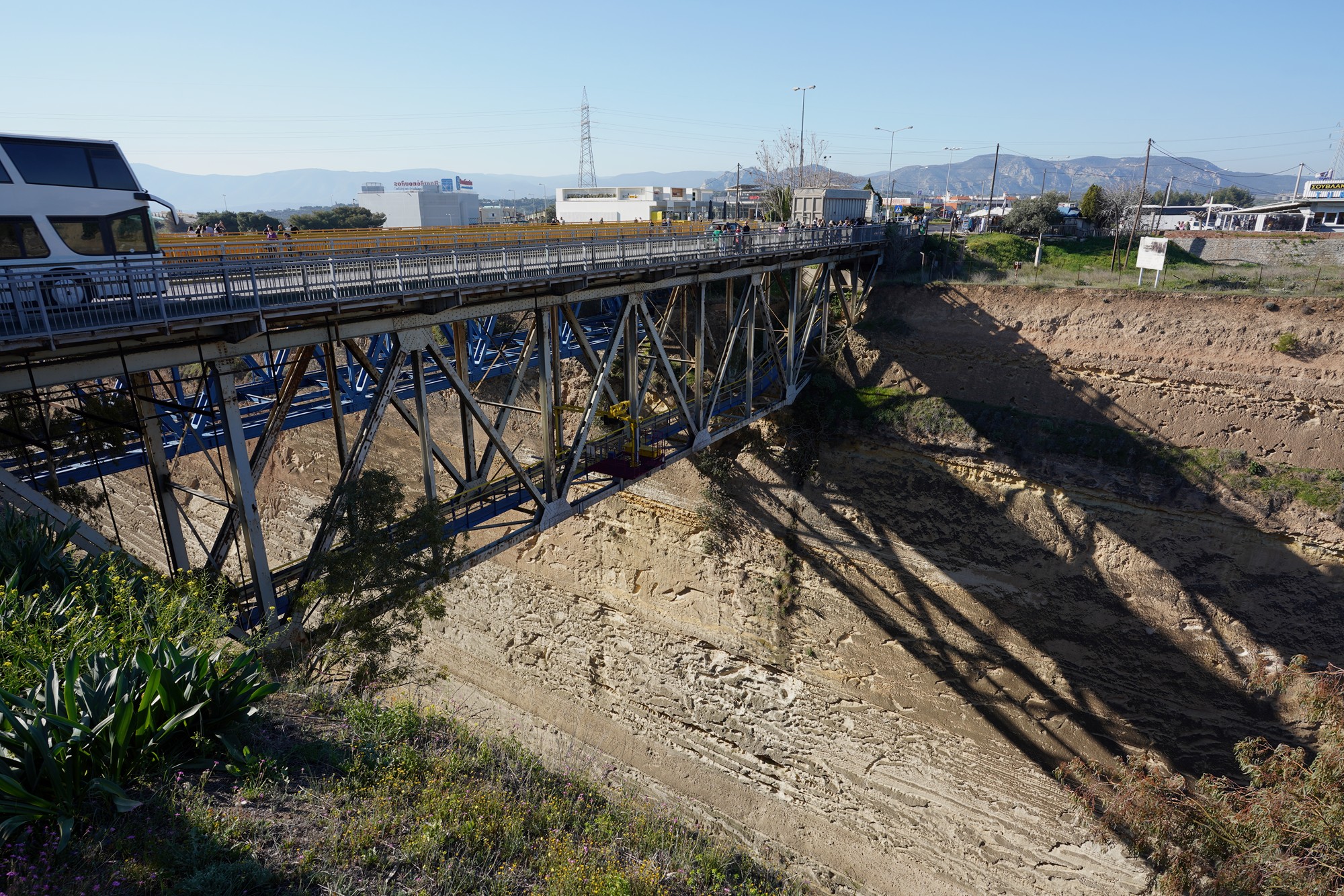
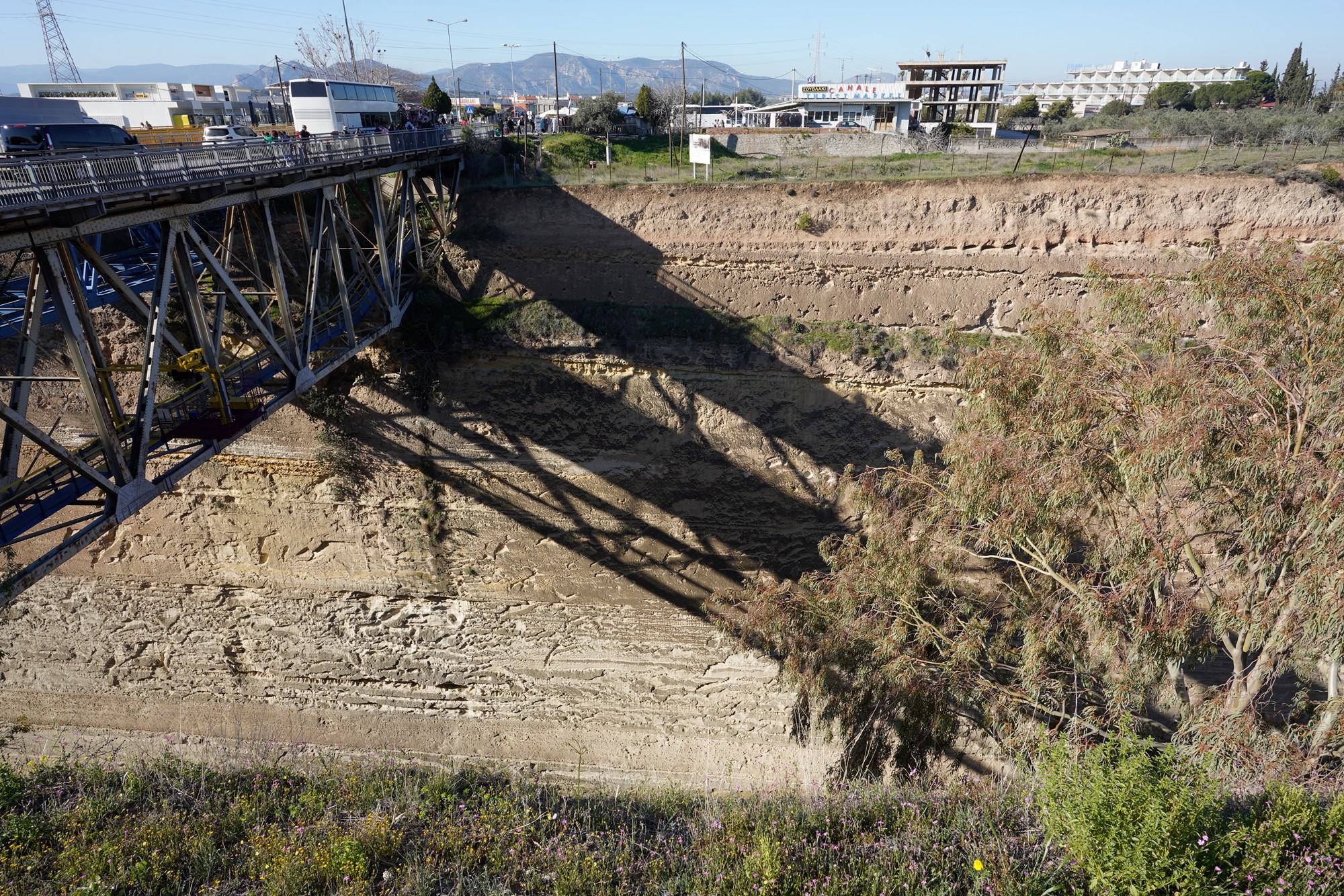
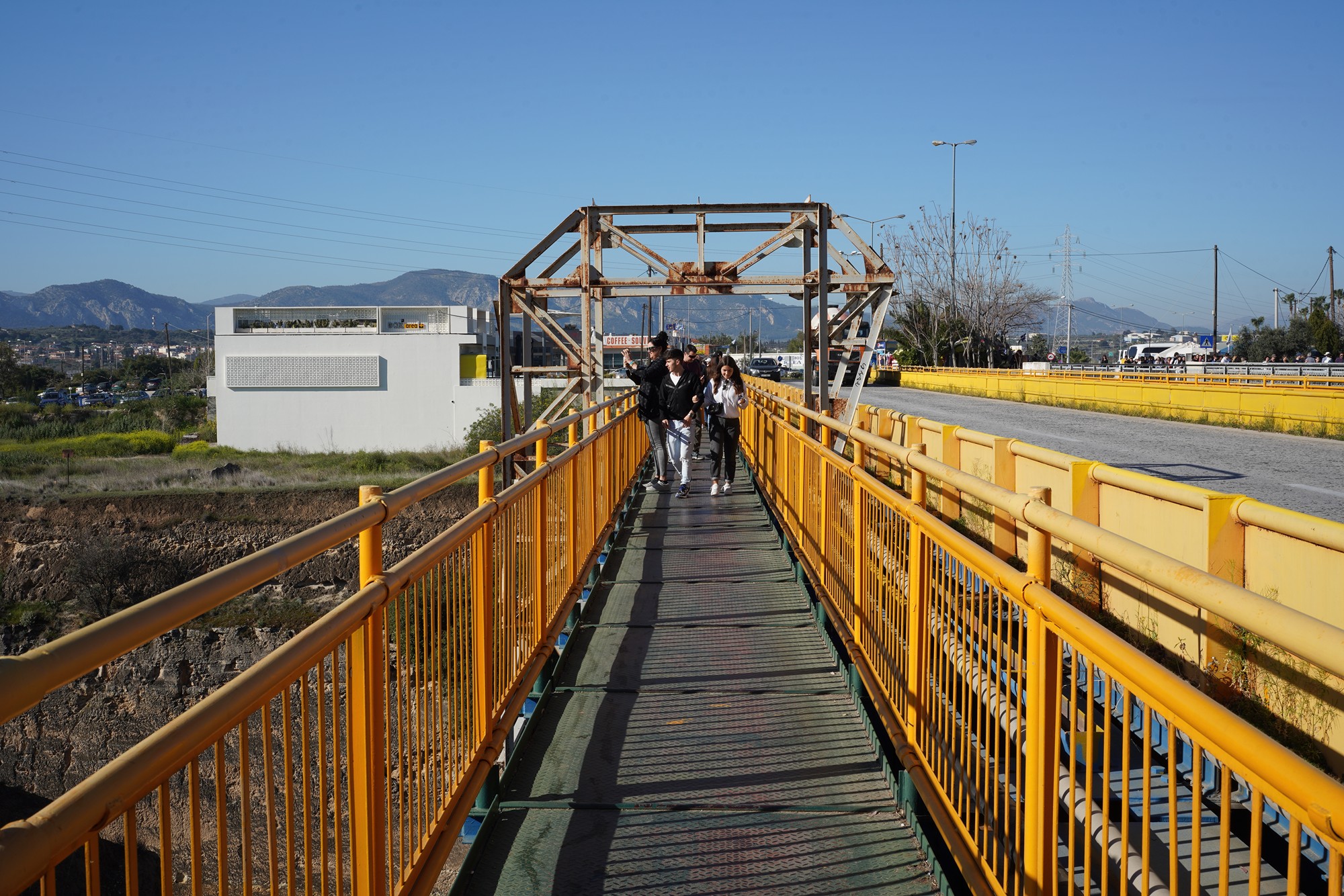
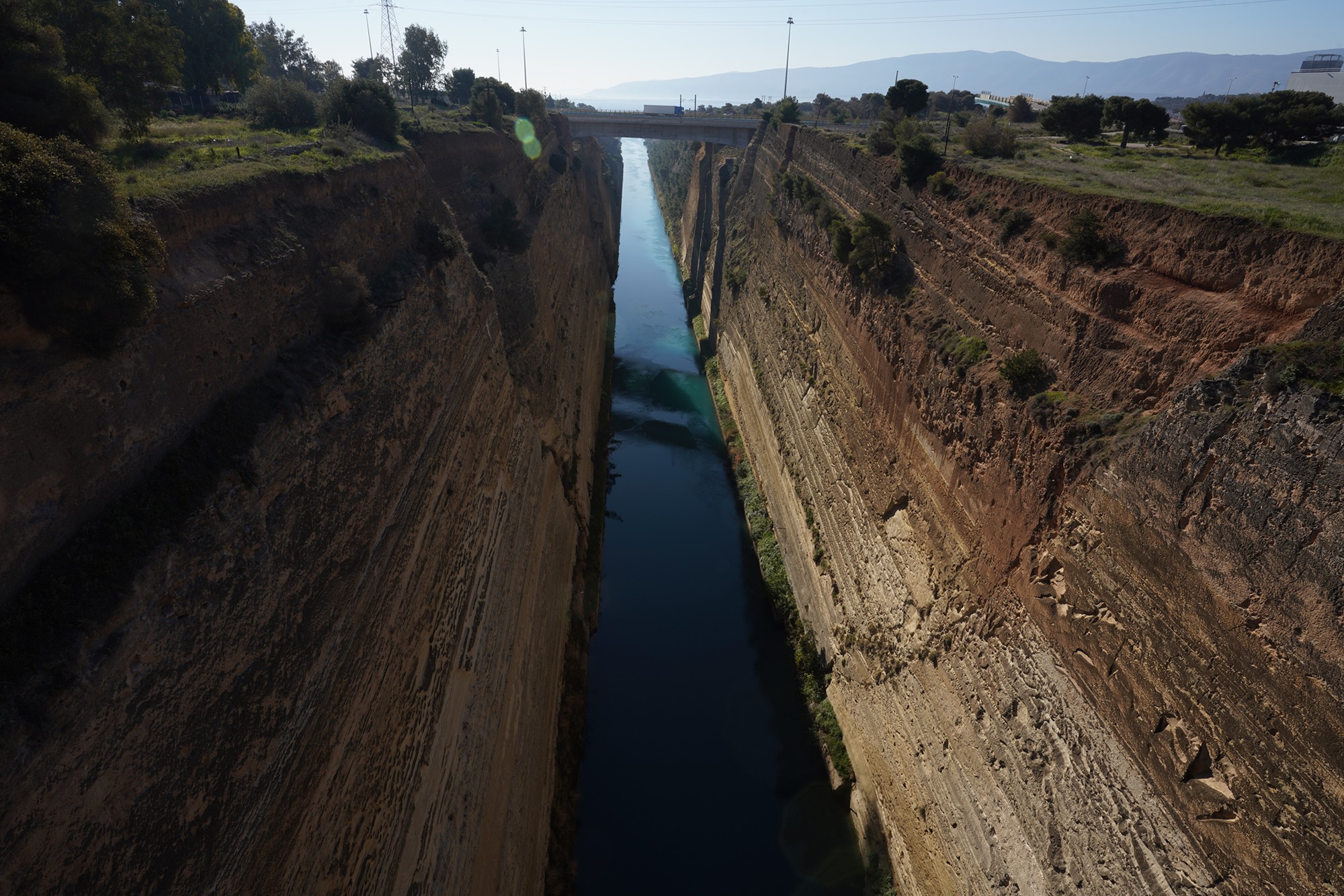
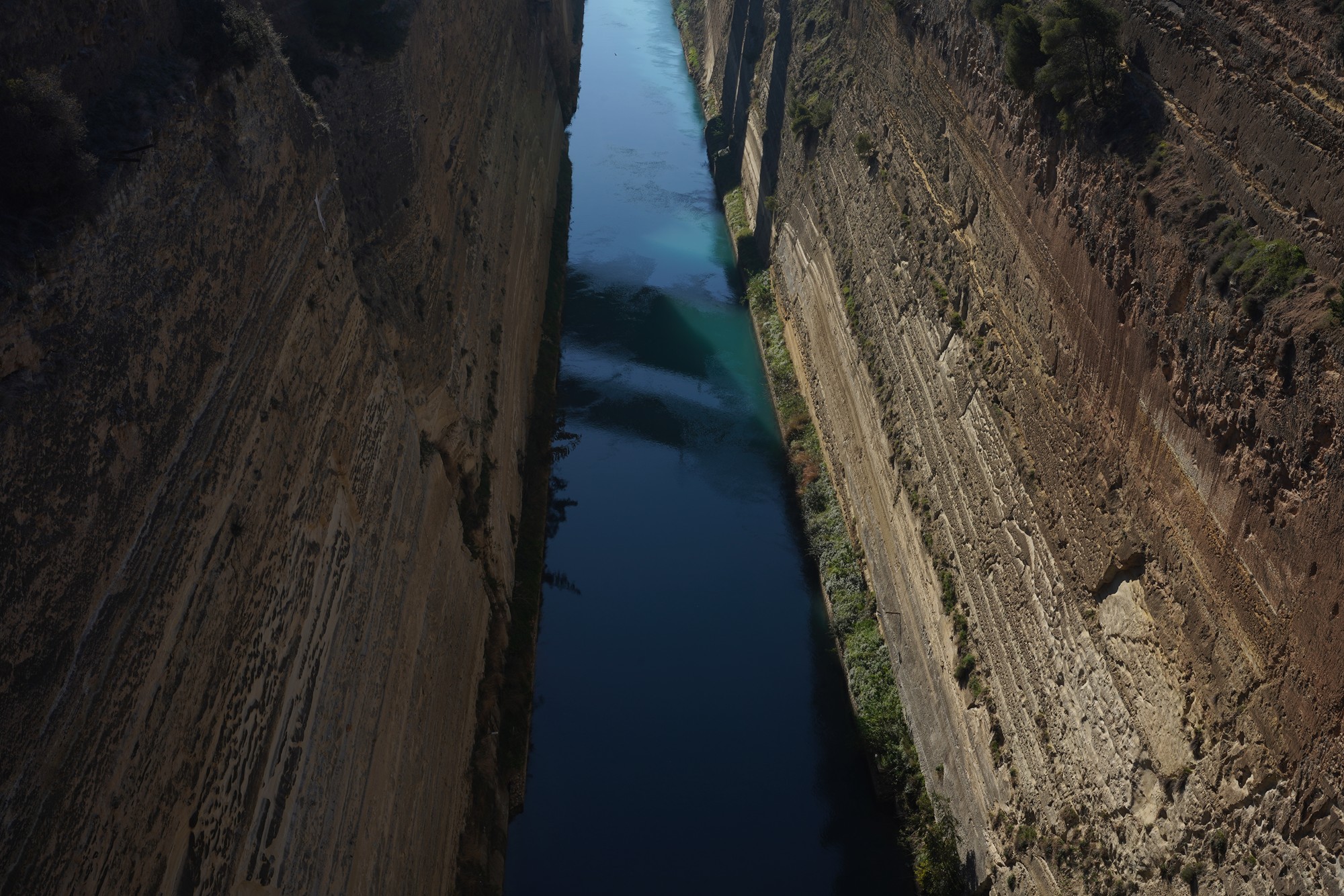
After a long drive, the next stop was at the ancient Epidarus theater.
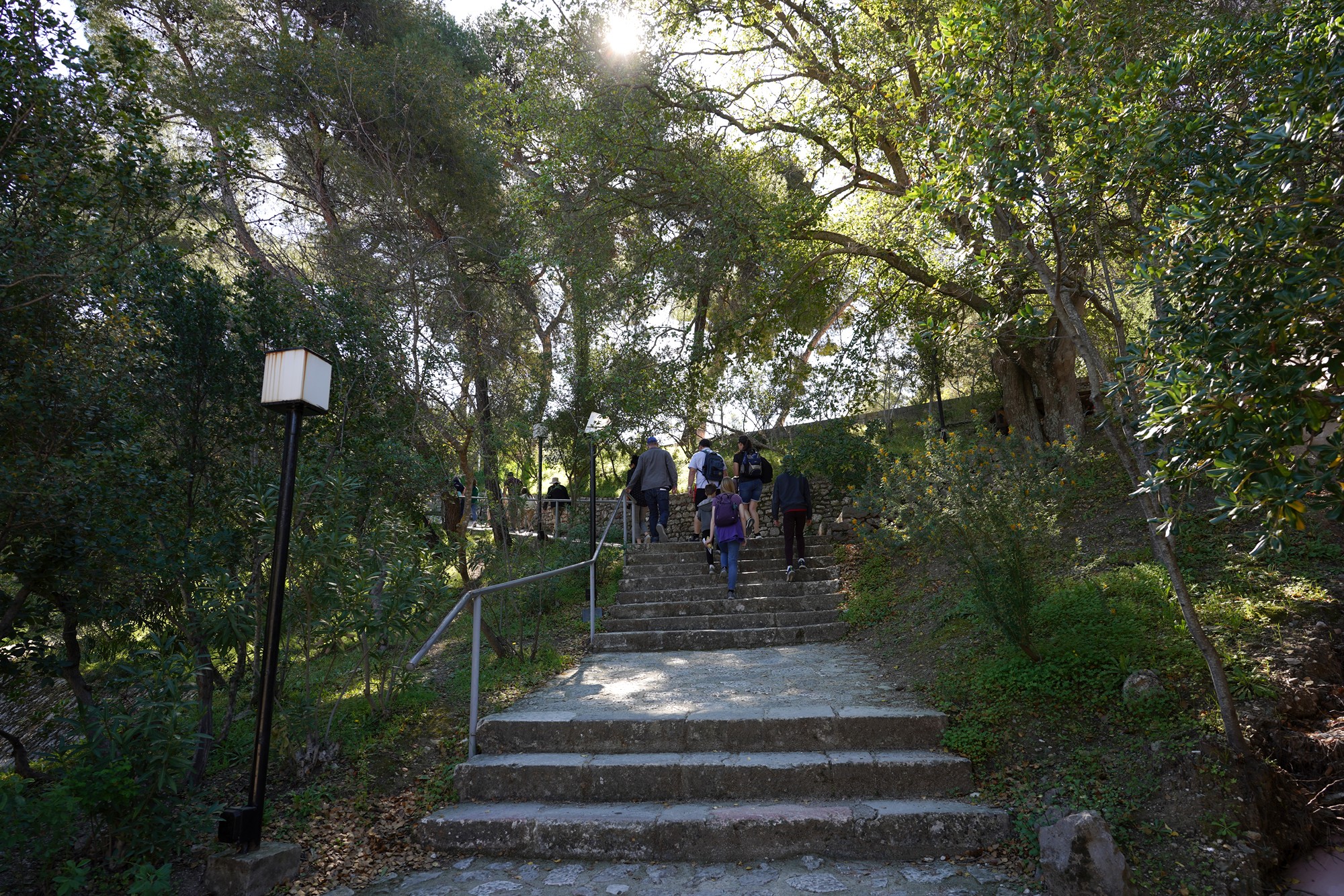
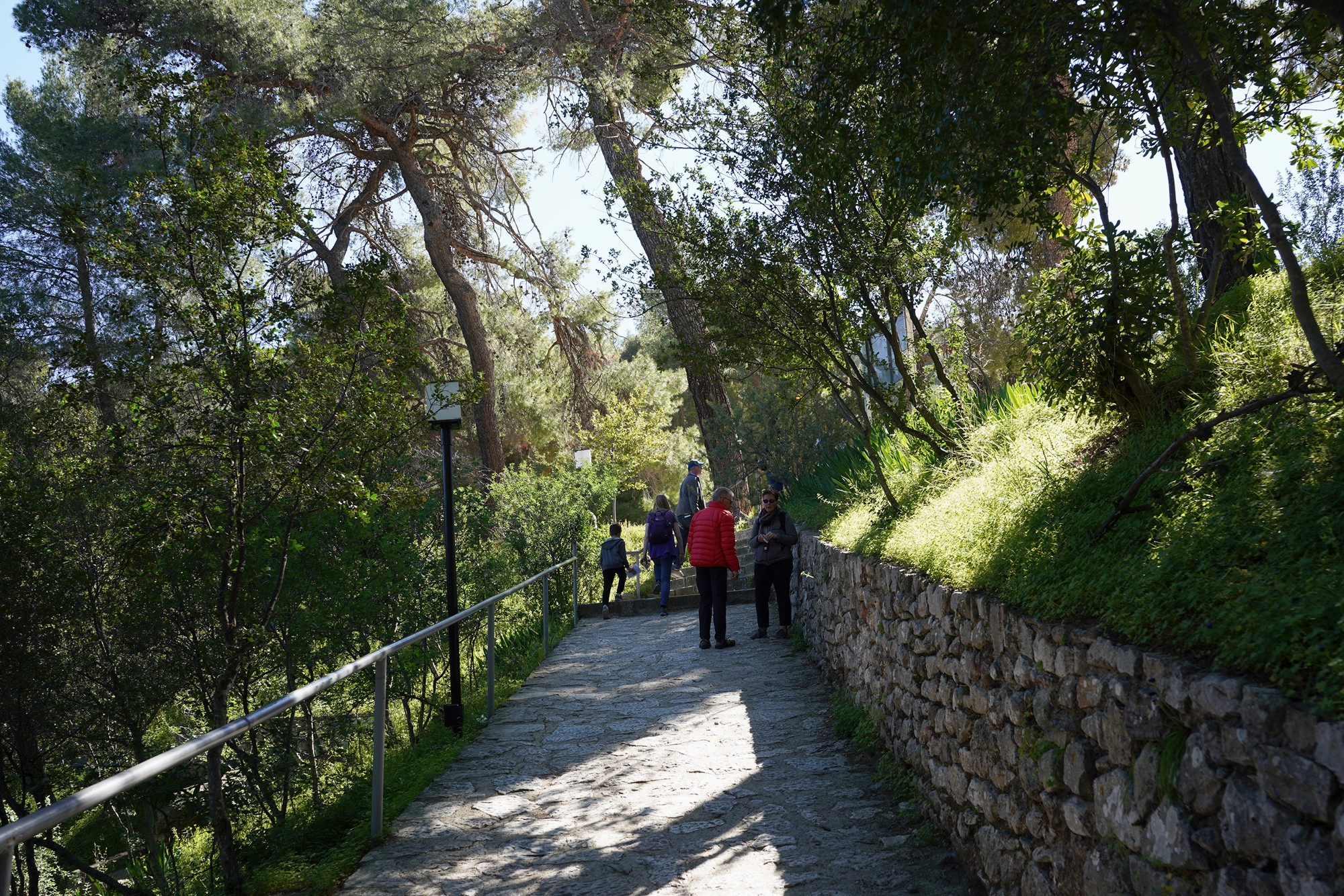
The Ancient Theatre of Epidaurus, Peloponnese: The Ancient Theatre of Epidaurus is regarded as the best preserved ancient theatre in Greece in terms of its perfect acoustics and fine structure. It was constructed in the late 4th century BC and it was finalized in two stages.
The Theater is still used today, some 2400 years after it was built. Today, it hosts a variety of performances, including the annual Epidaurus Festival

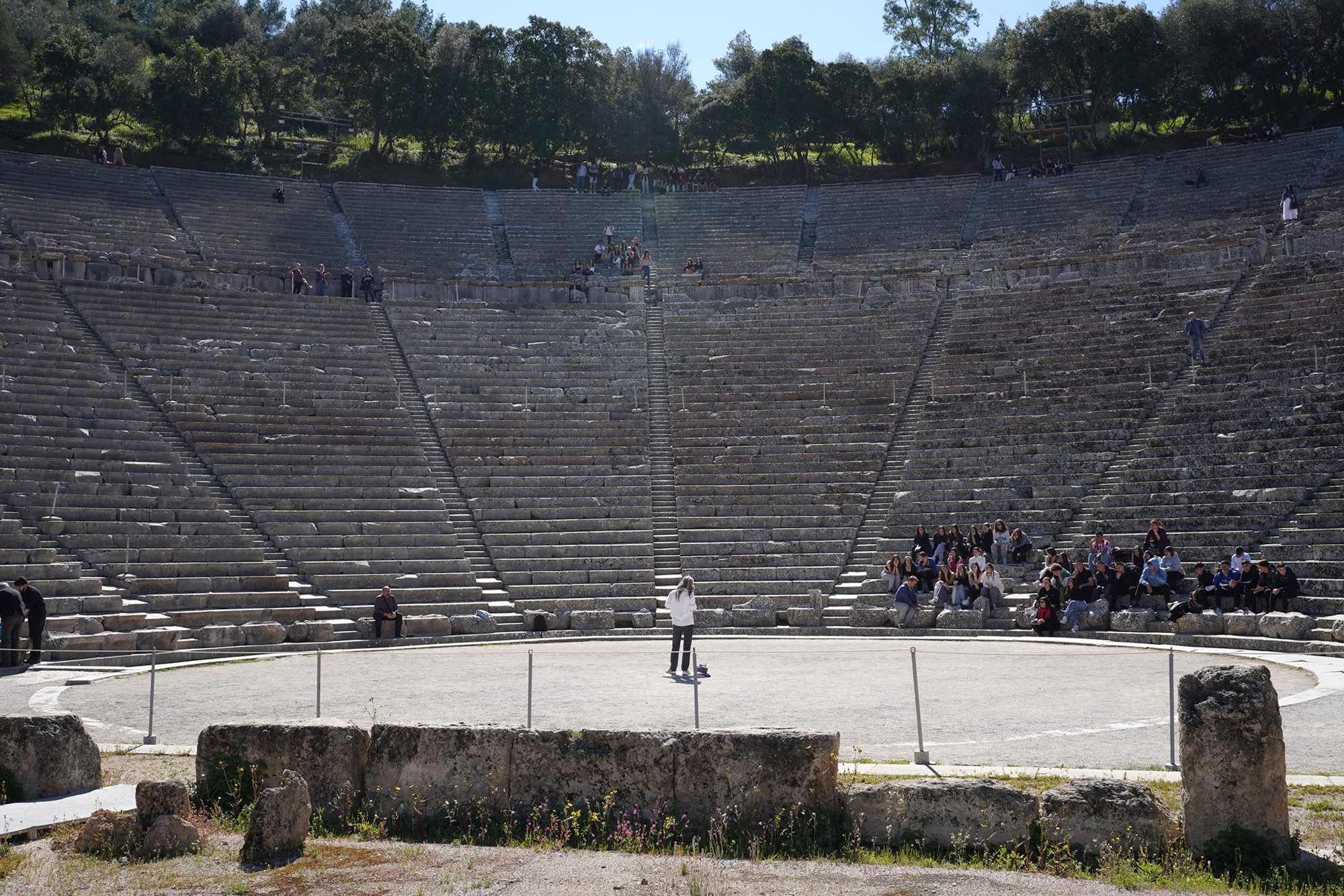
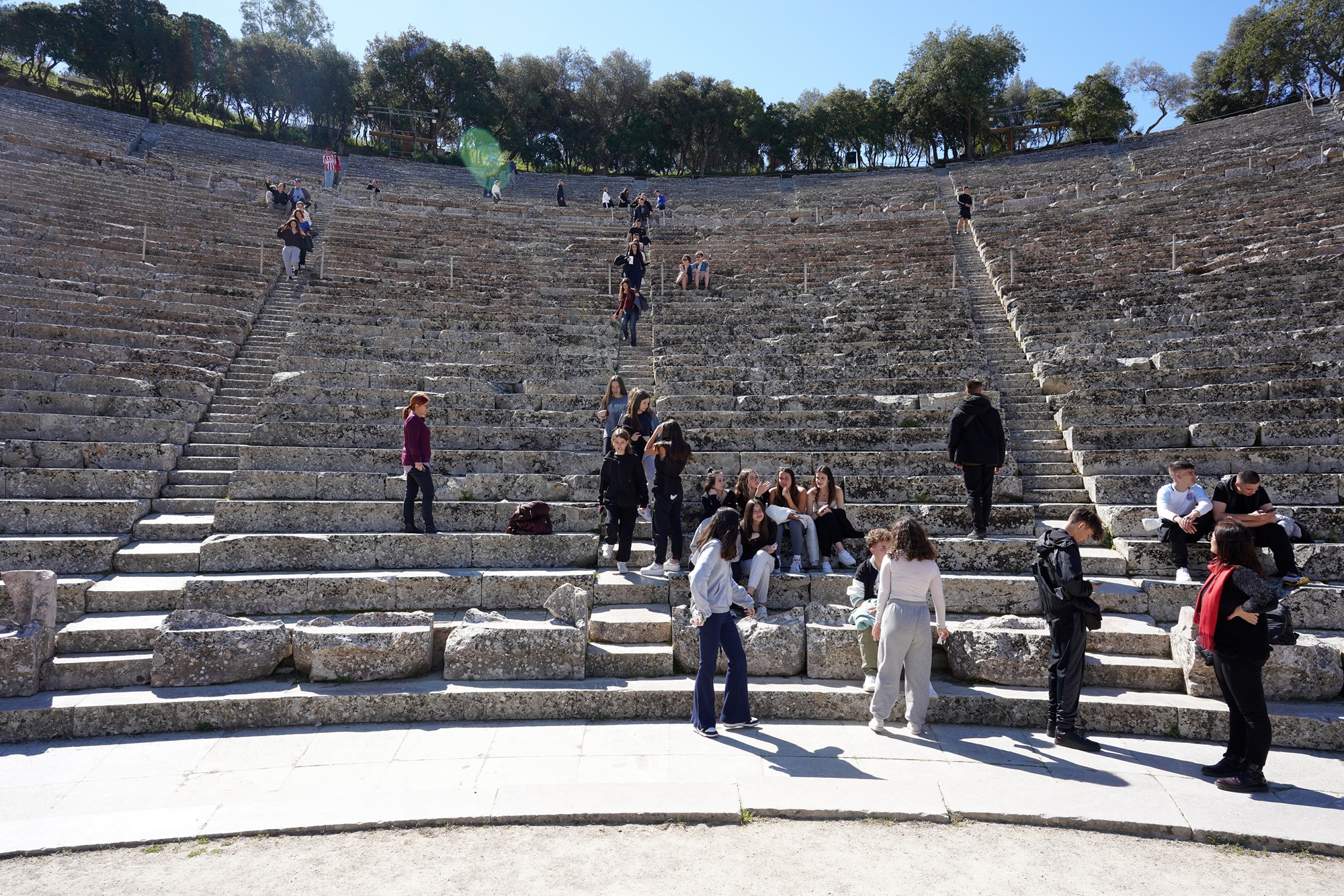
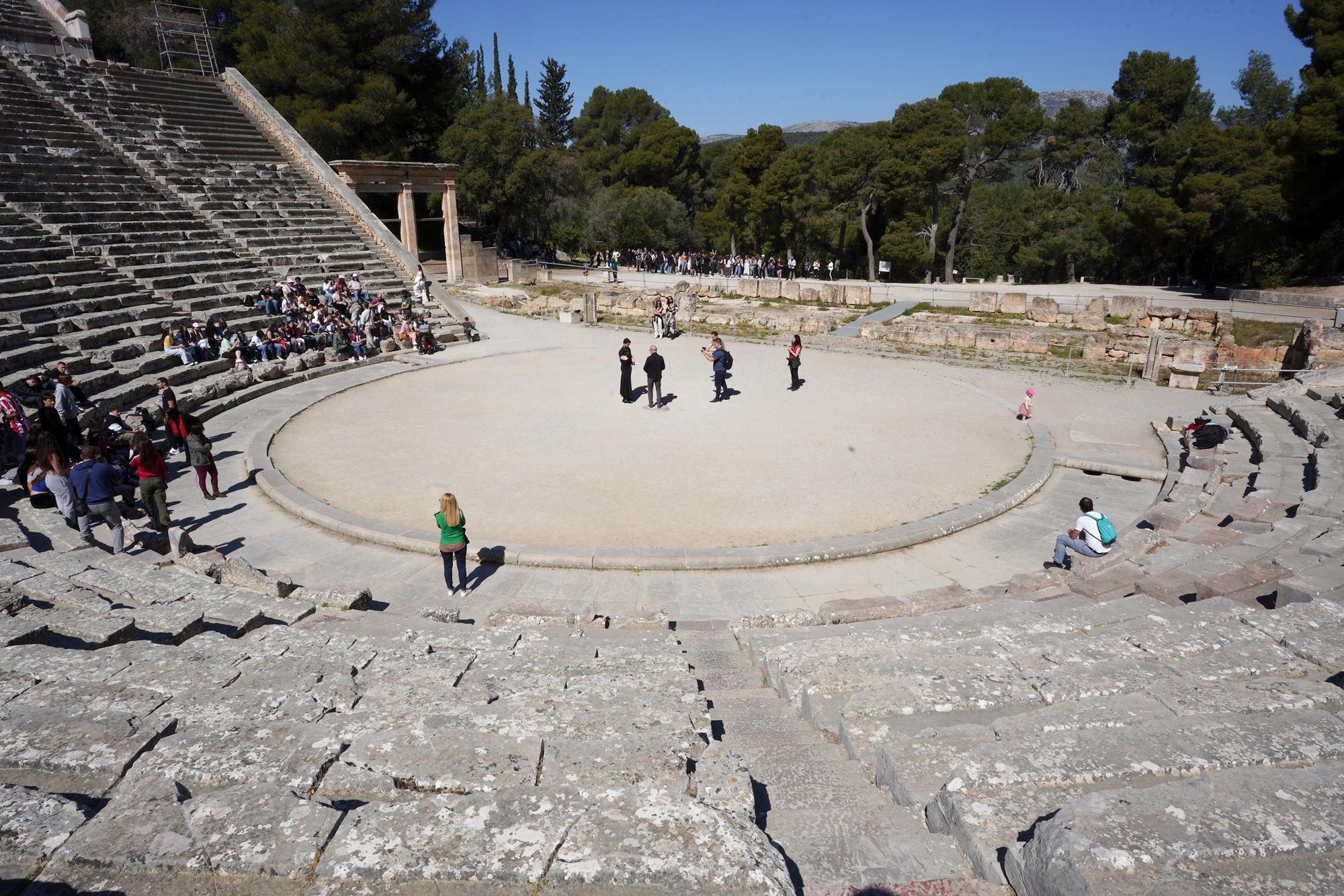
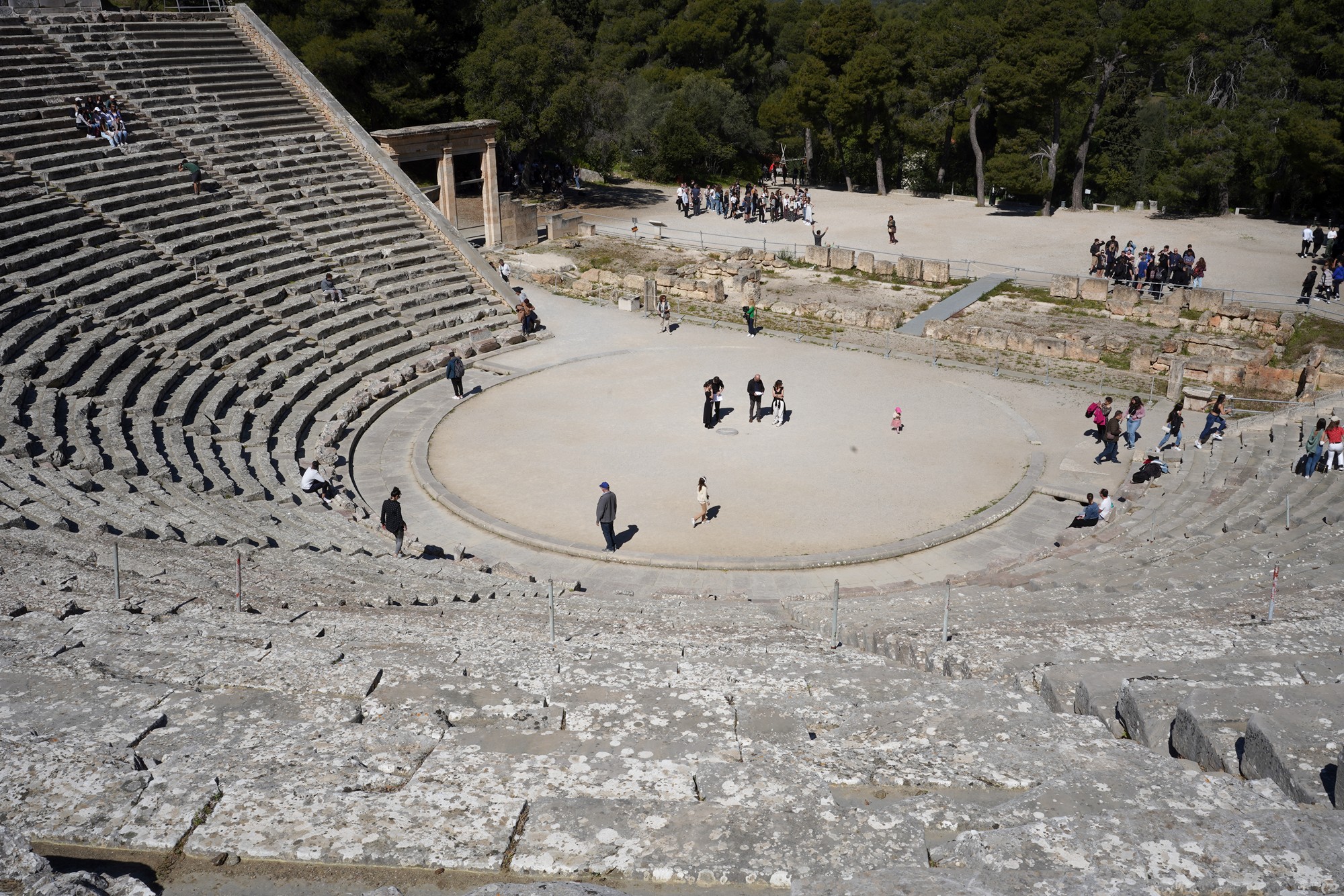
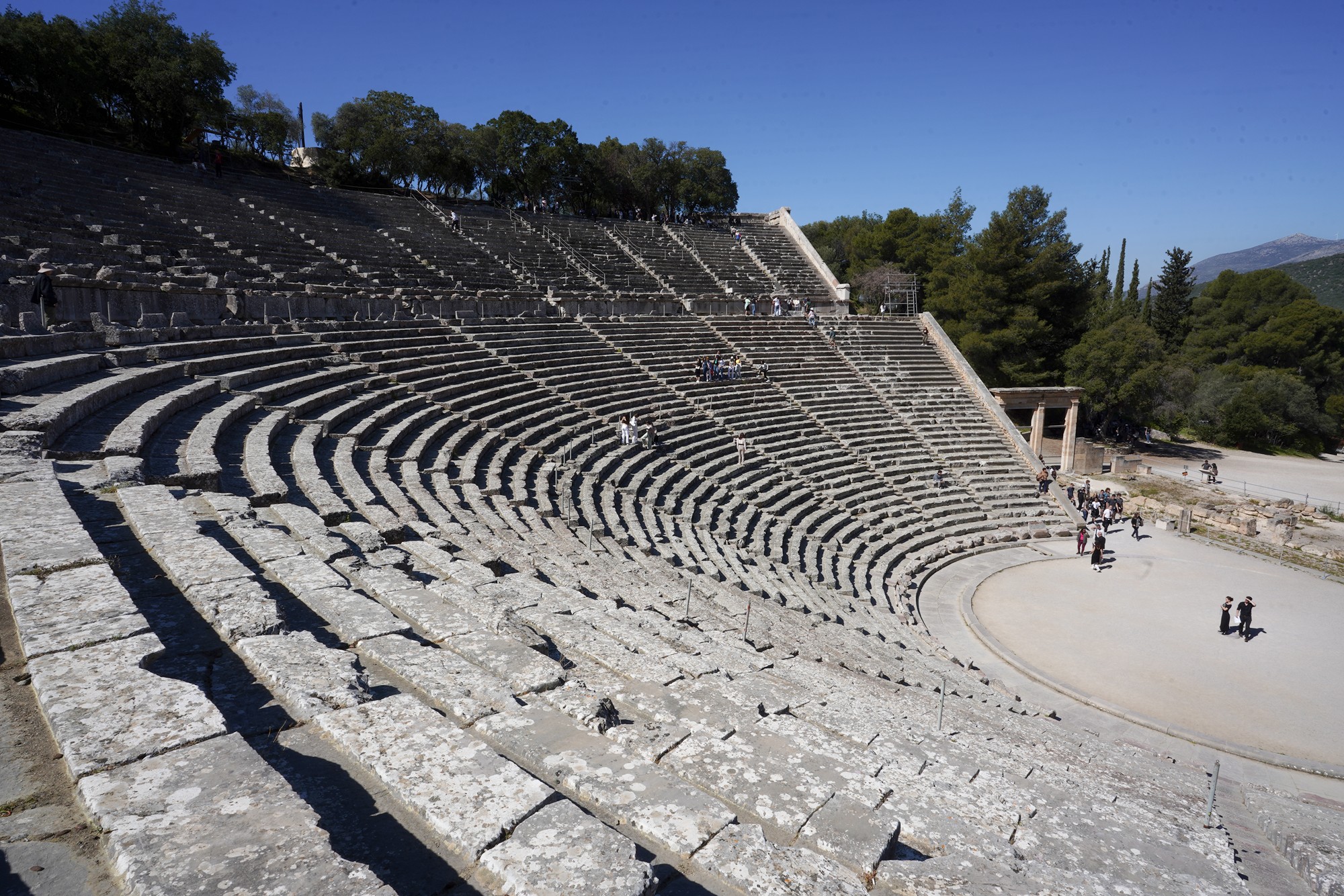

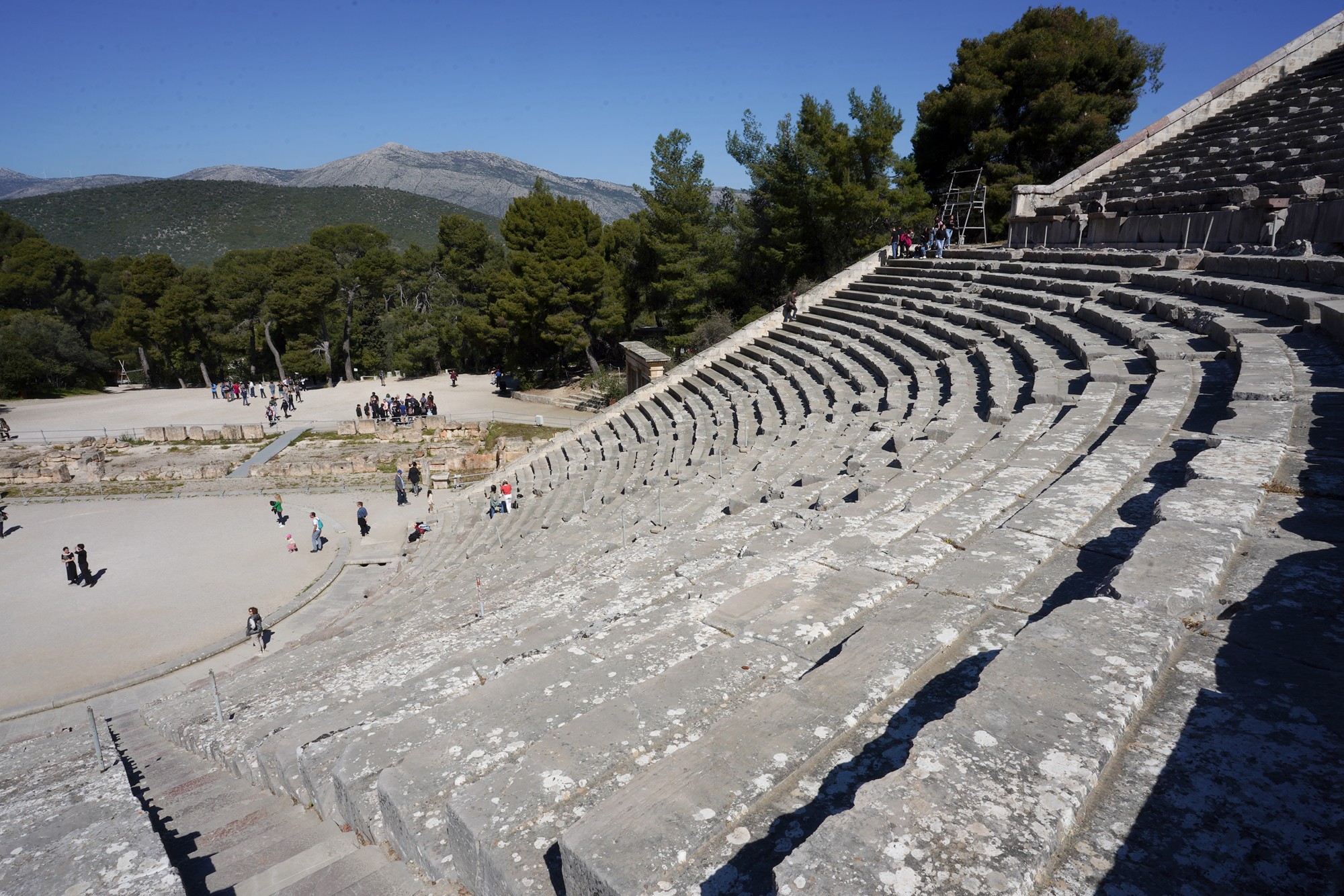
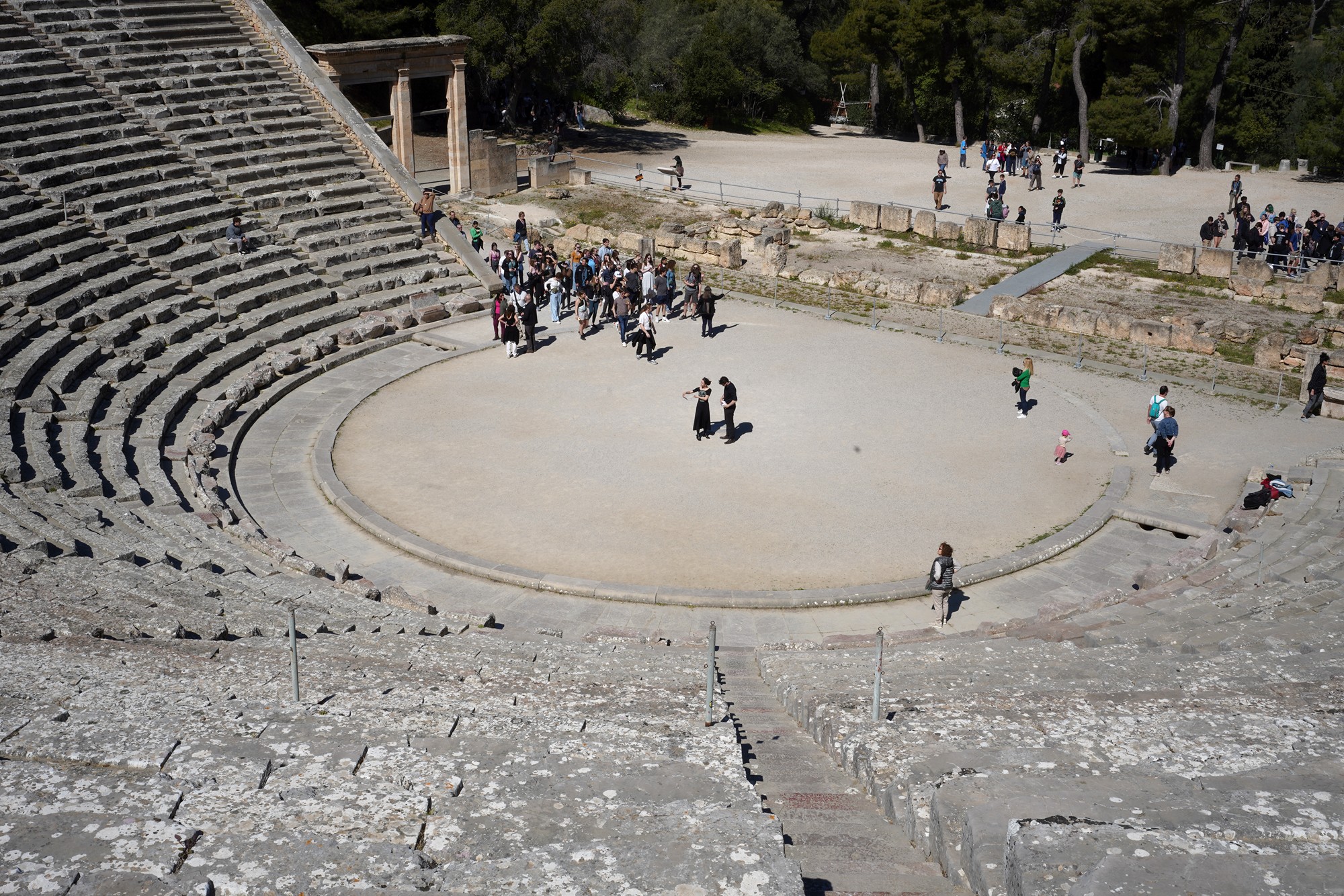
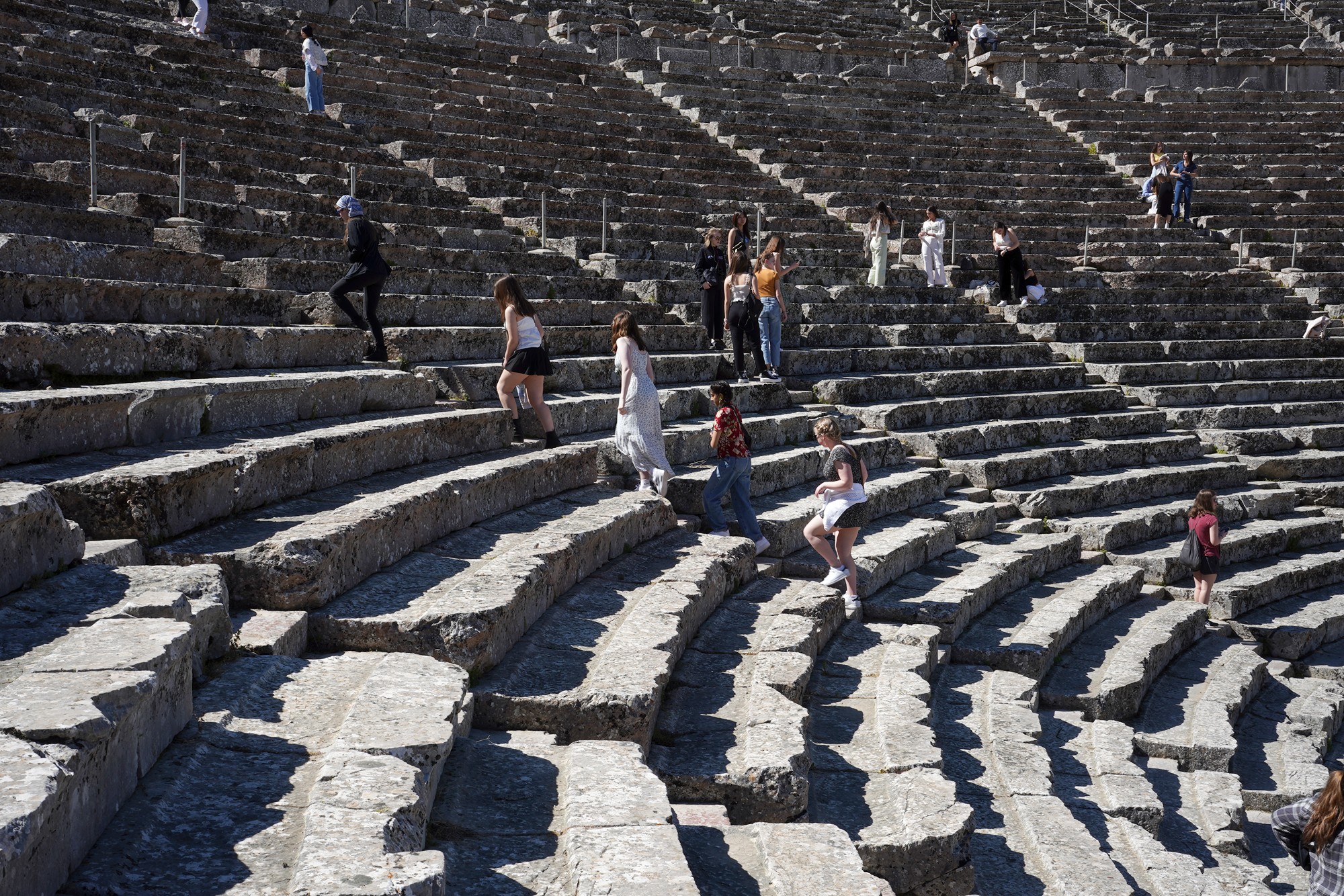
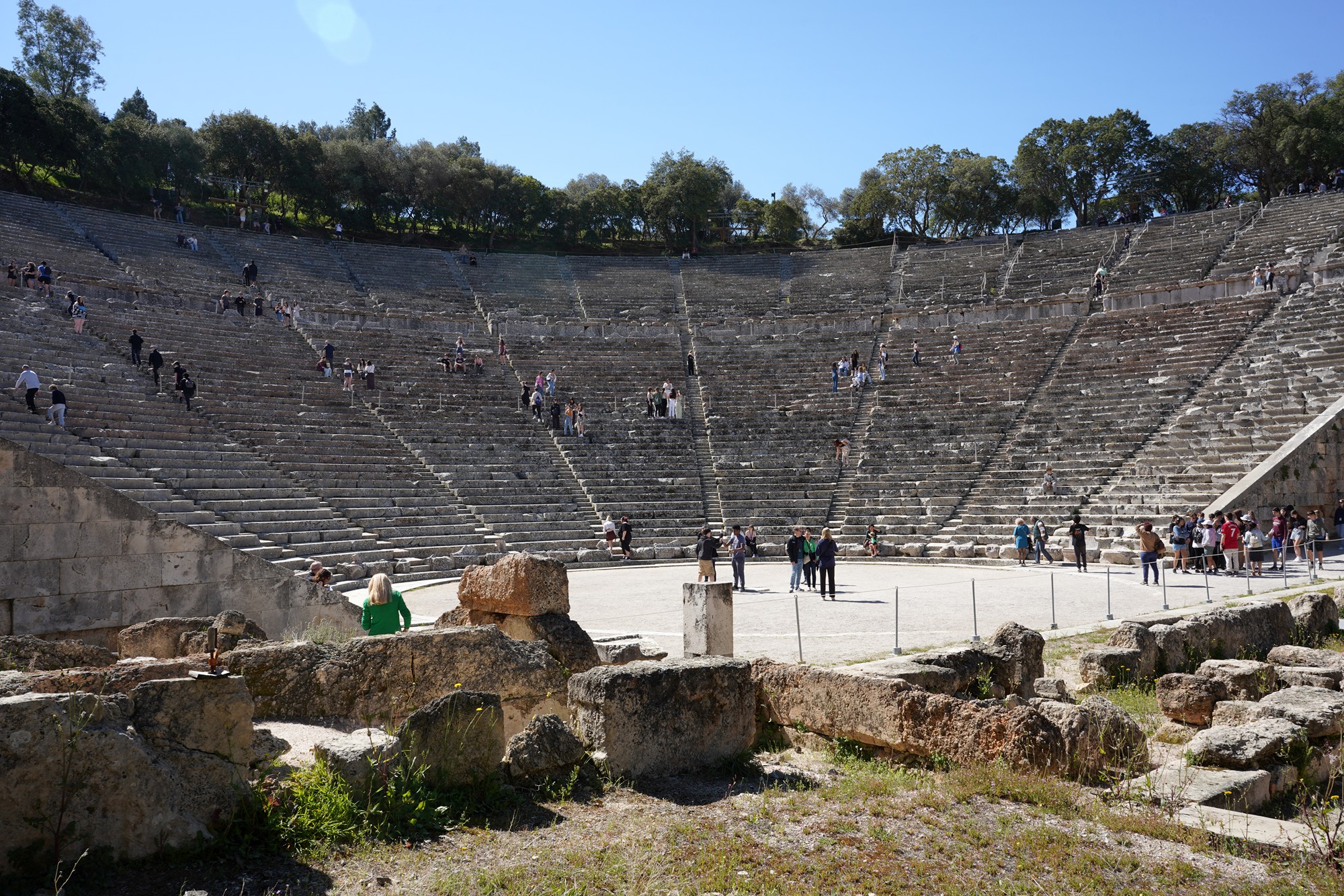
The tour briefly stopped at Nafplion on the way to the Acropolis of Mycenae. At the far away is Bourtzi Castle.
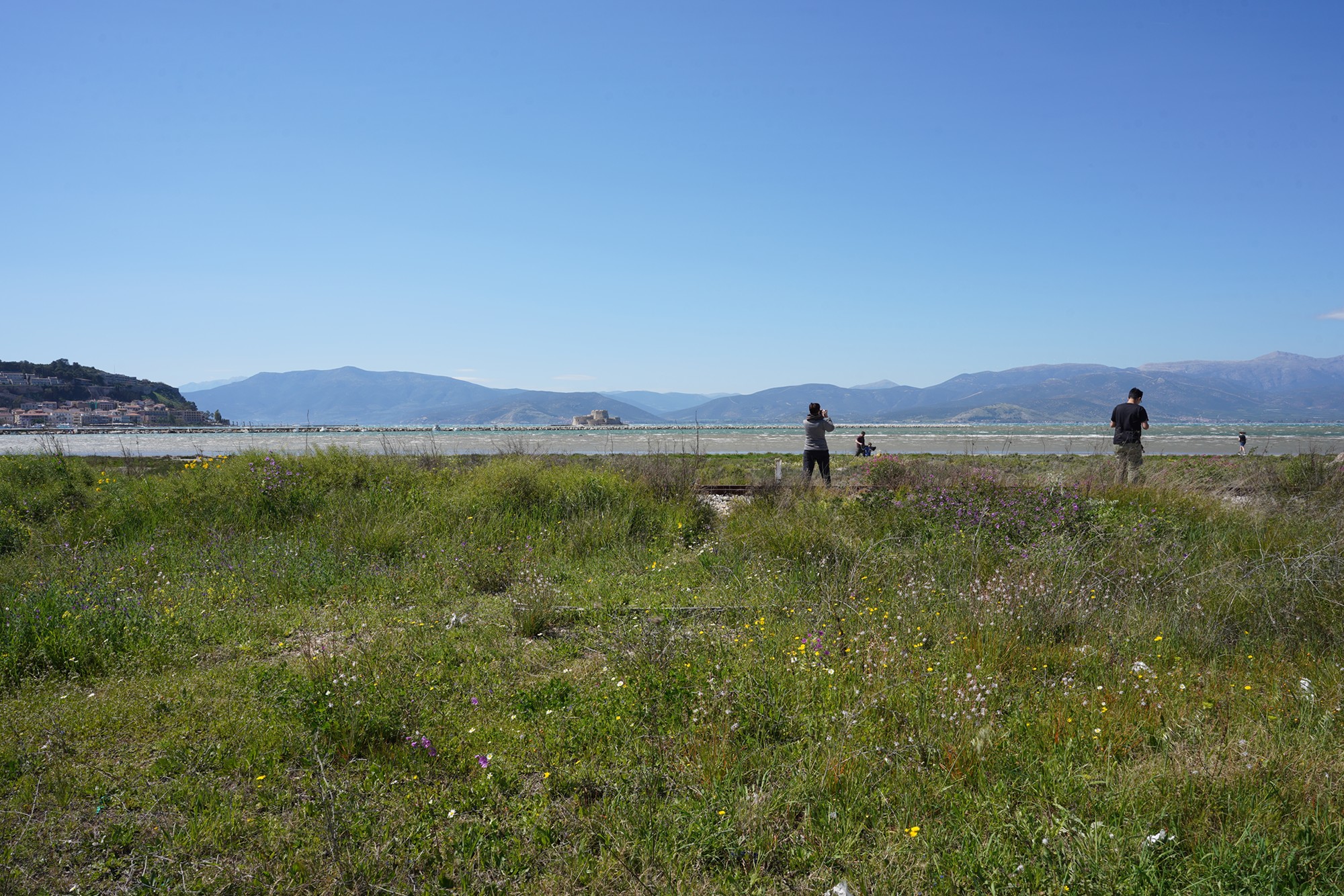
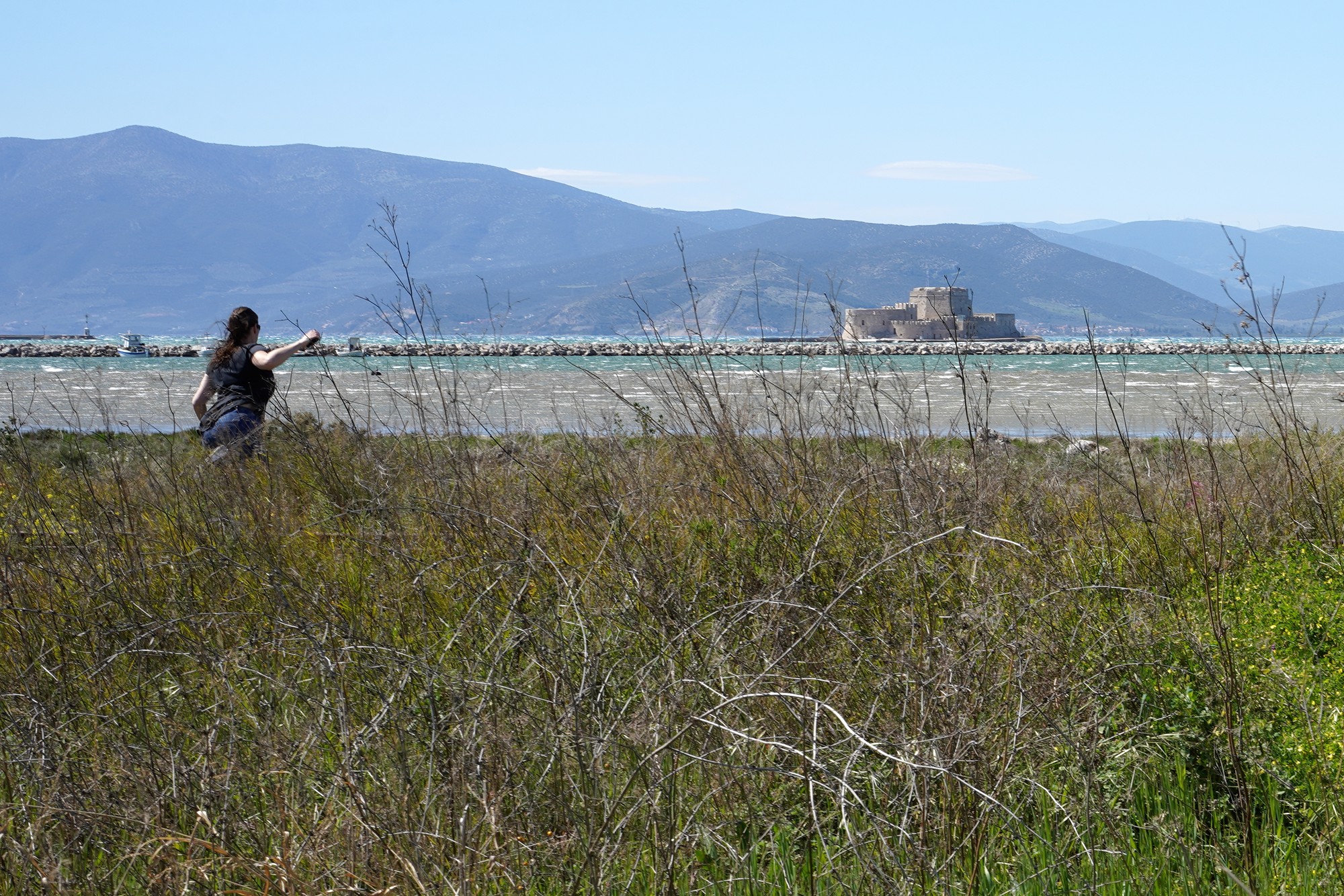
After another long drive, we reached Mycenae
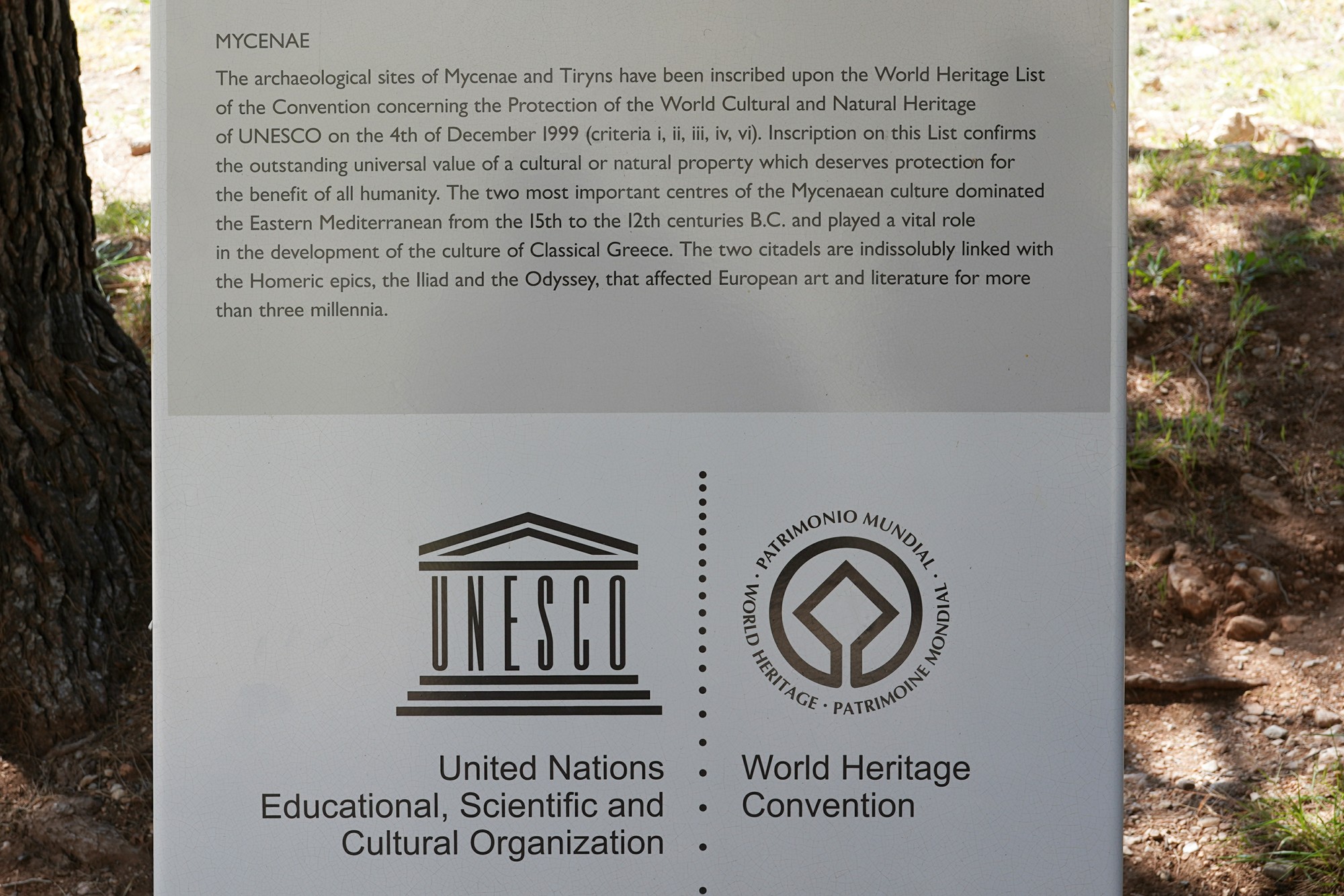

Mycenae ‘Rich in Gold’, the kingdom of mythical Agamemnon, first sung by Homer in his epics, is the most important and richest palatial centre of the Late Bronze Age in Greece. Its name was given to one of the greatest civilizations of Greek prehistory, the Mycenaean civilization, while the myths related to its history have inspired poets and writers over many centuries, from the Homeric epics and the great tragedies of the Classical period to contemporary literary and artistic creation.
The fortress is built in 1200 BC, 3200 years ago.
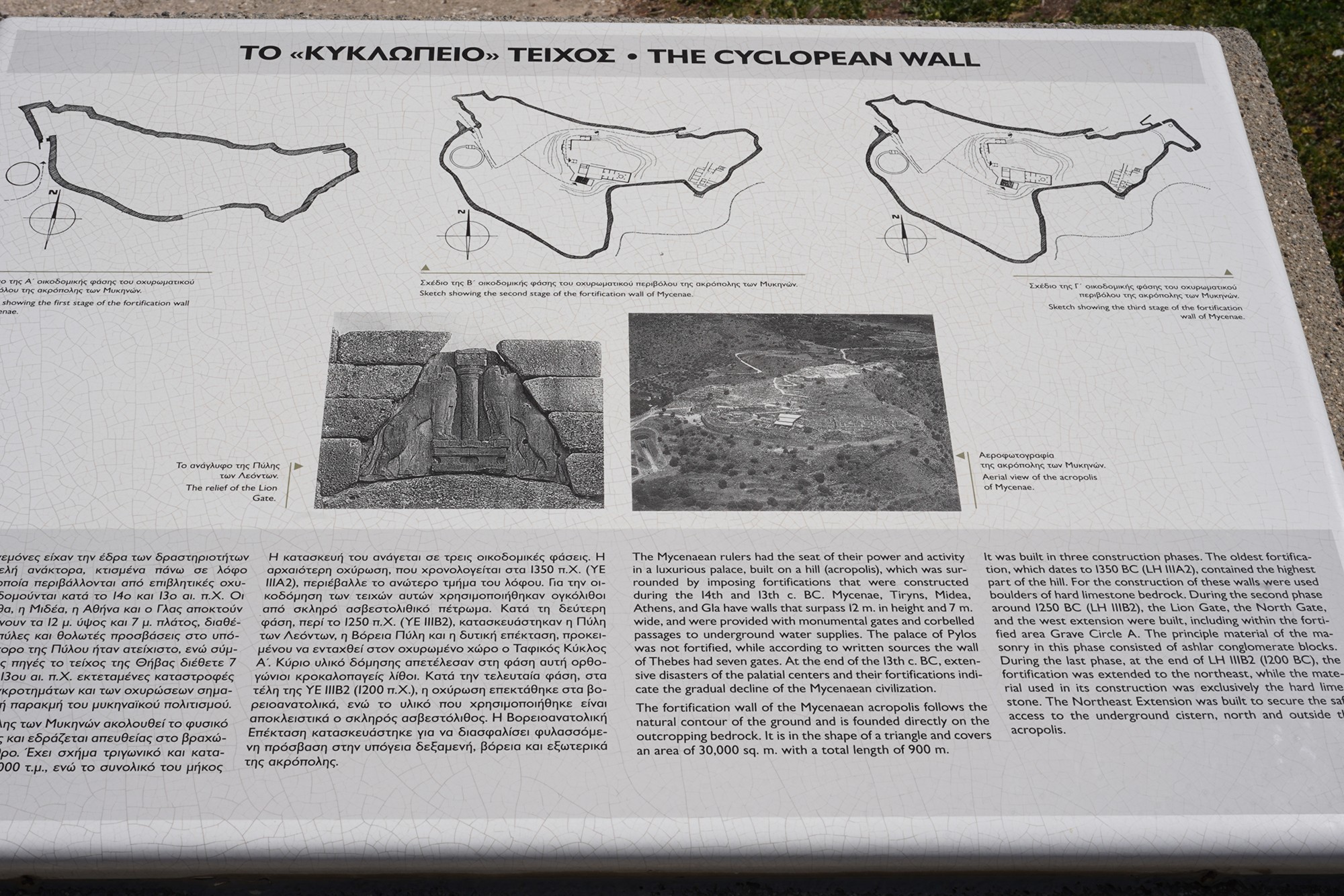
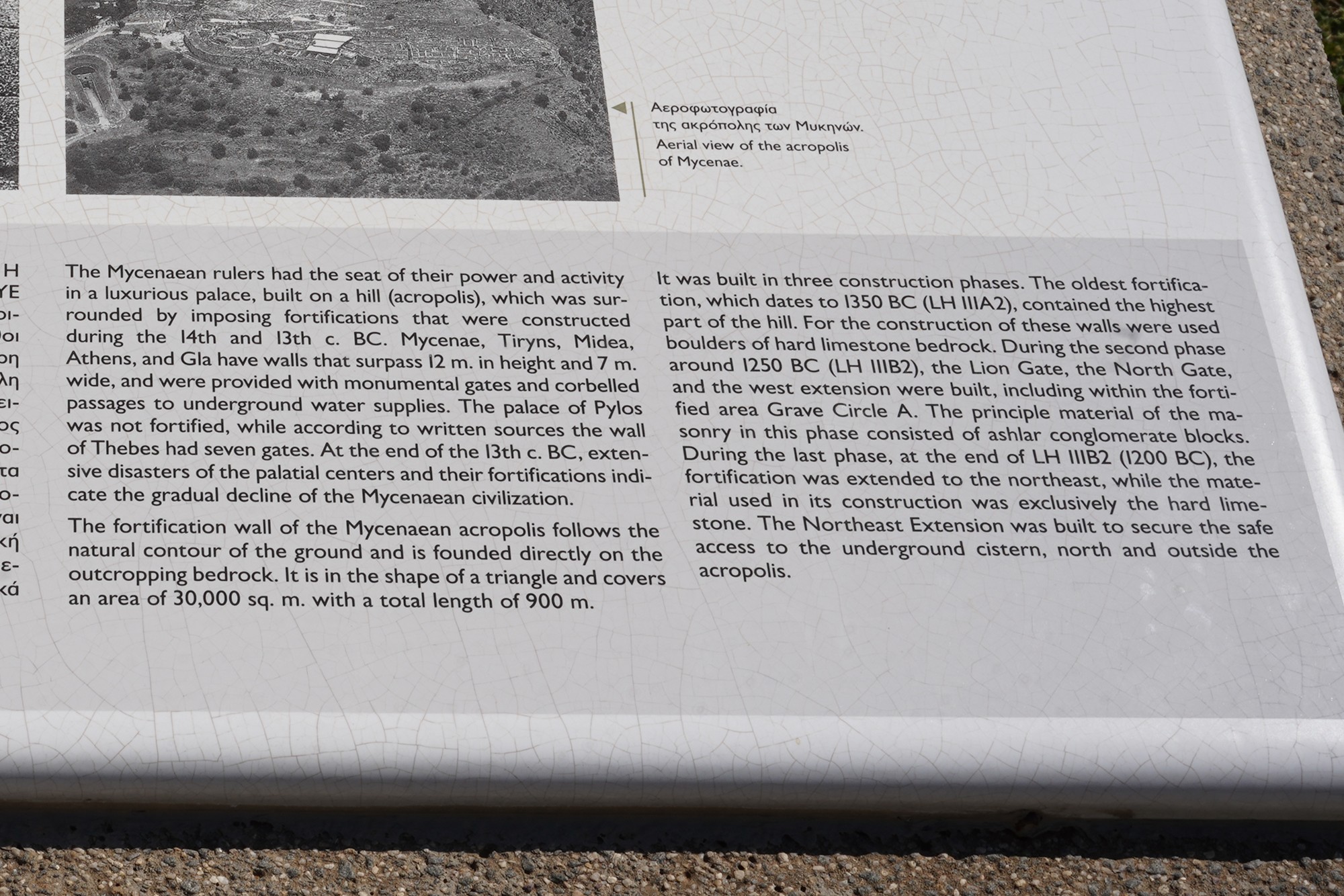
Walking up to the top of the fortress
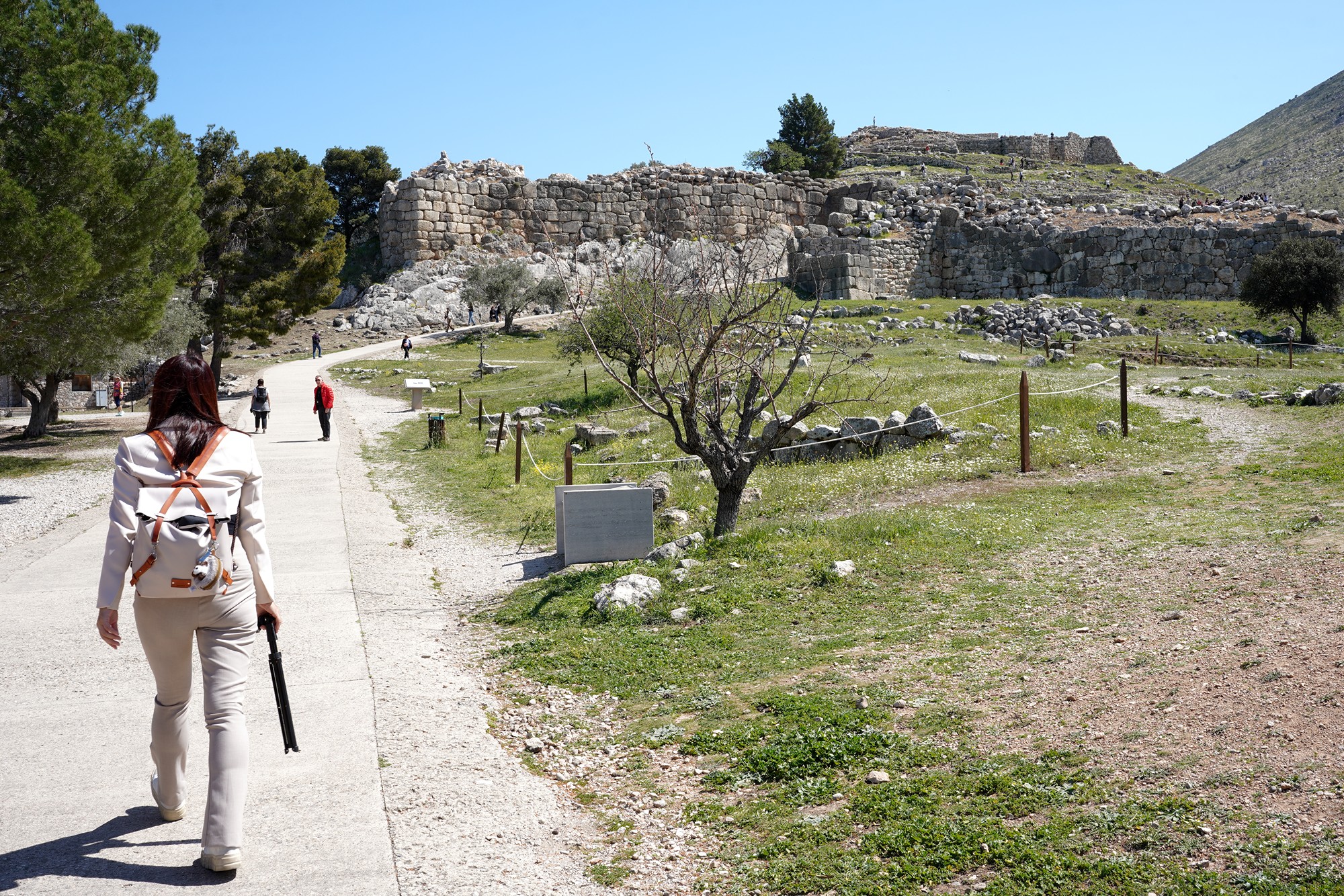
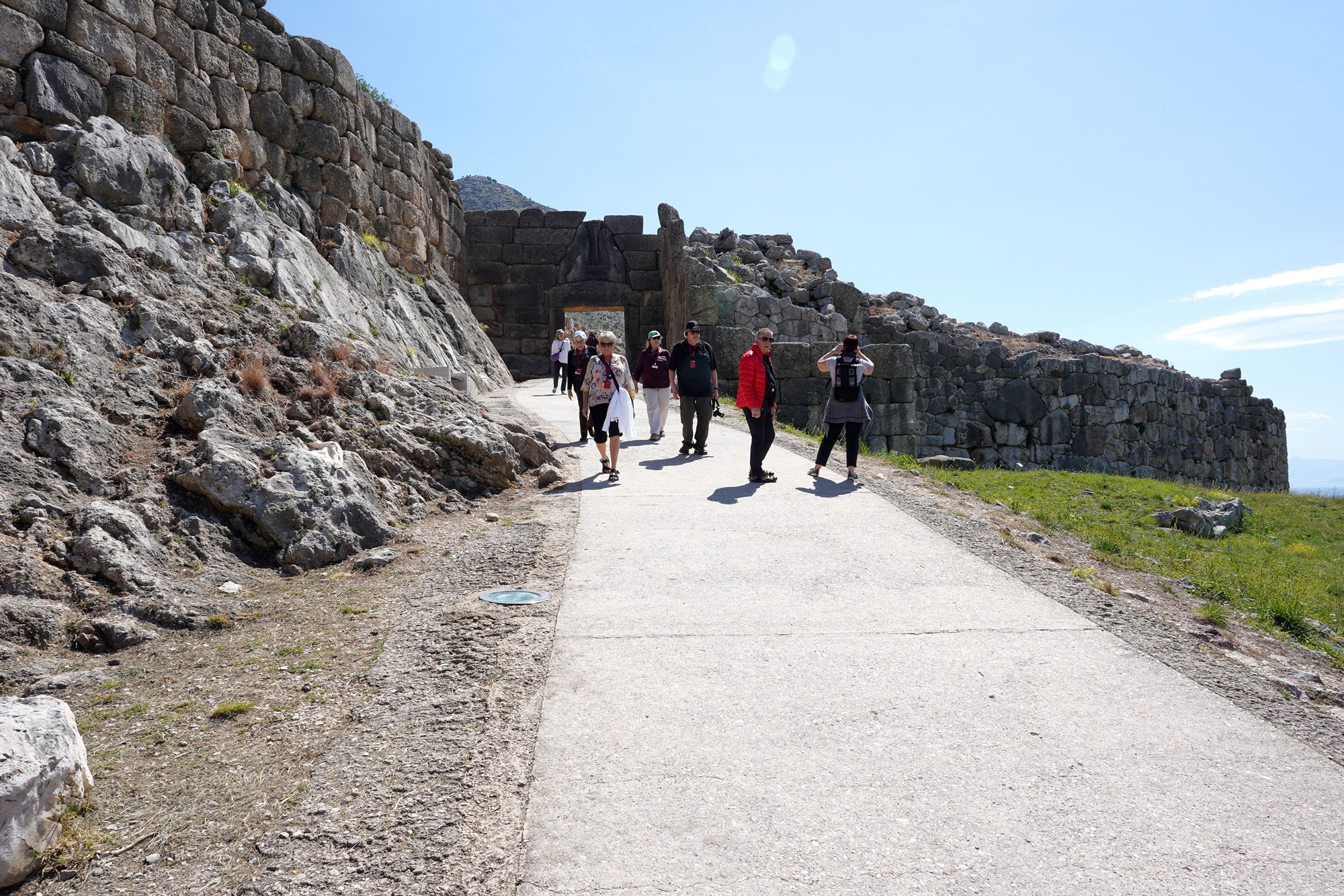

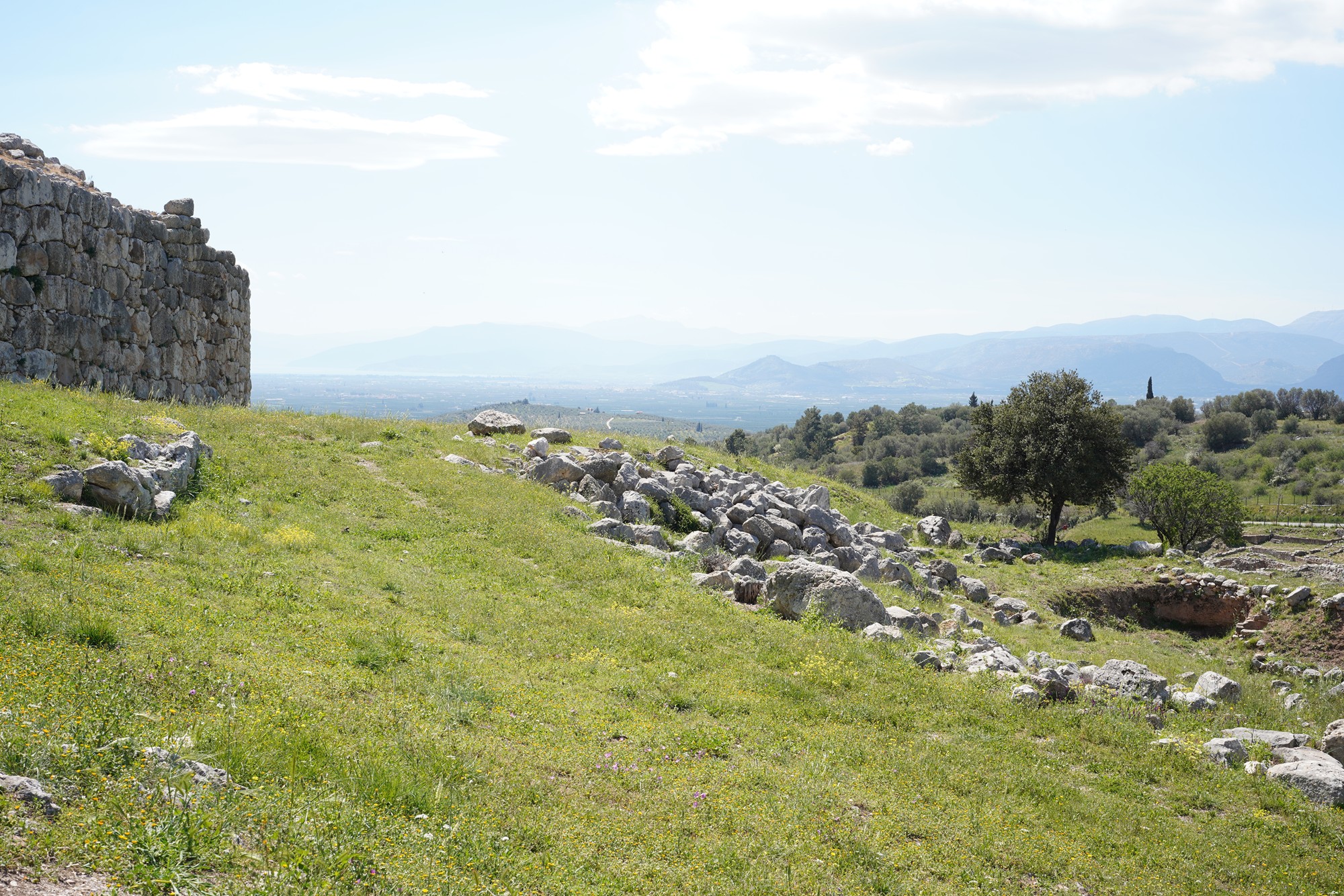
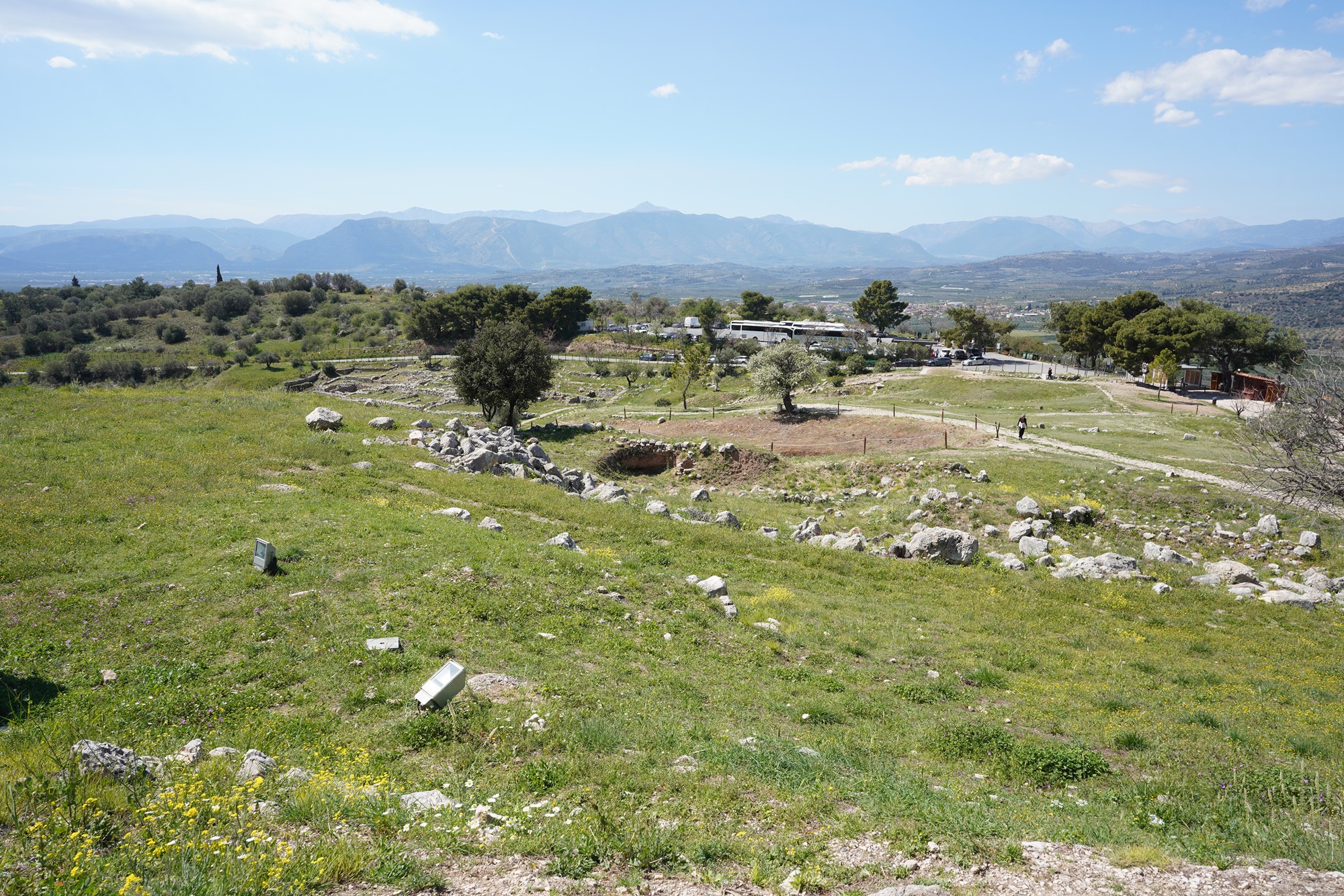
The lions gate

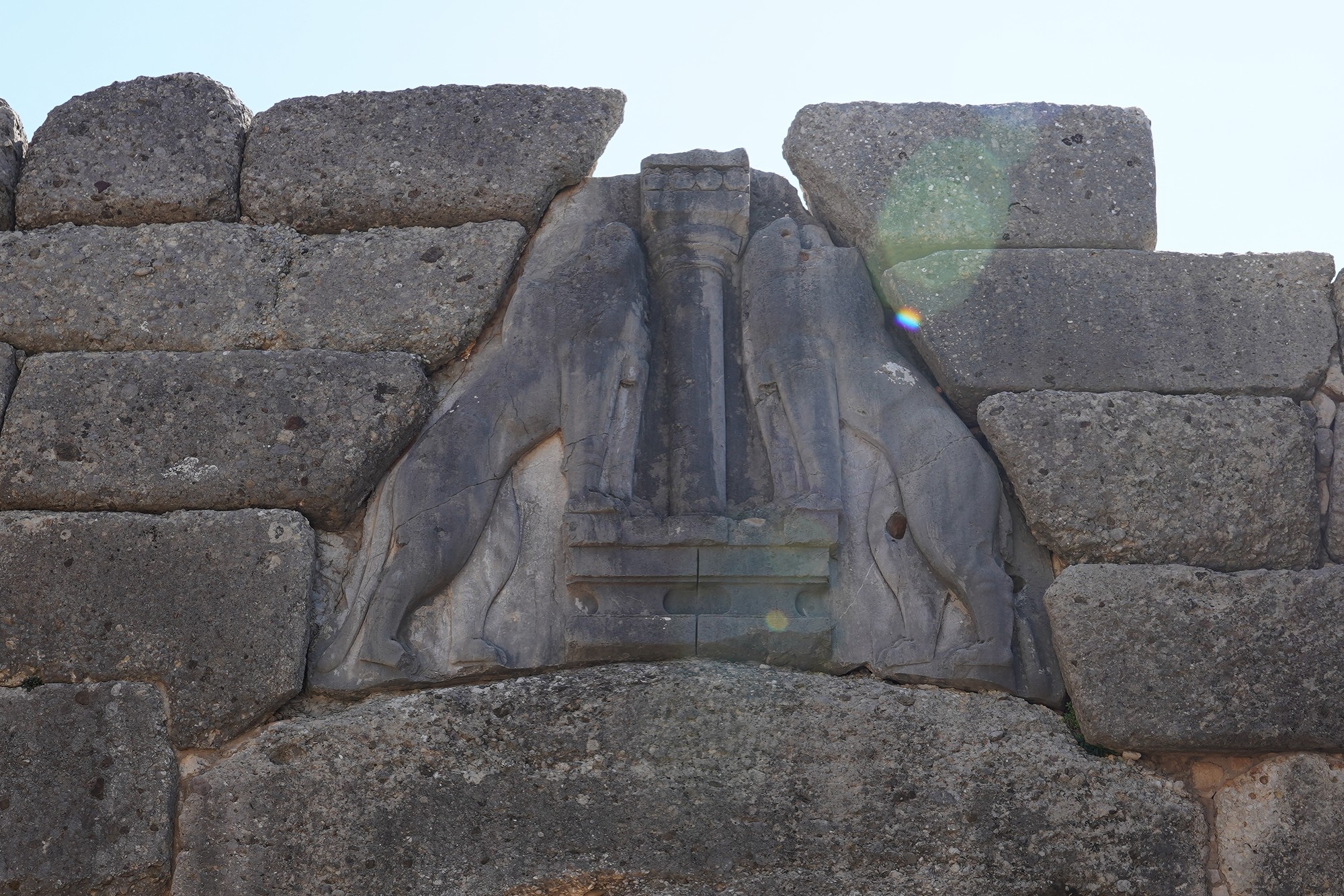
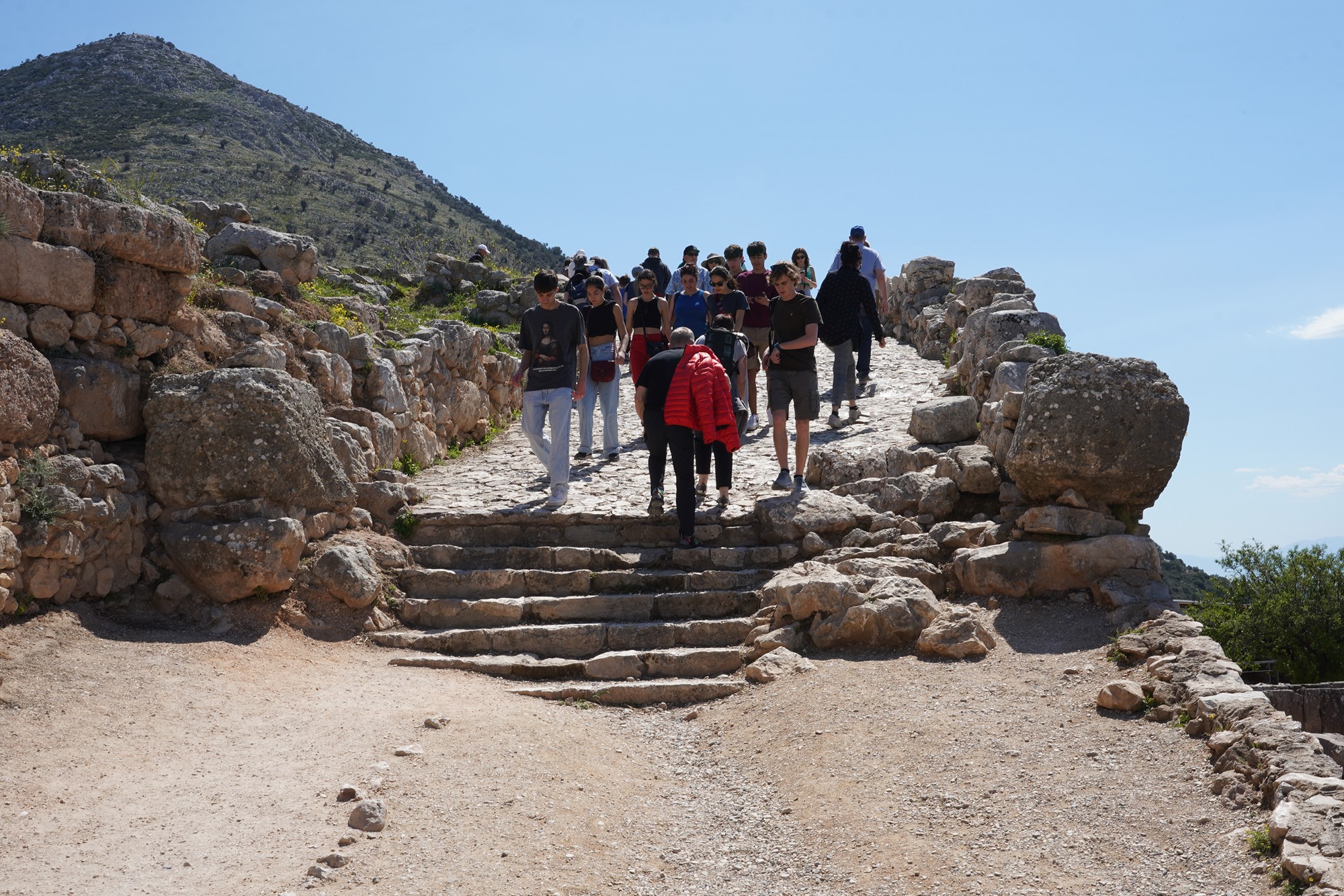
Looking up

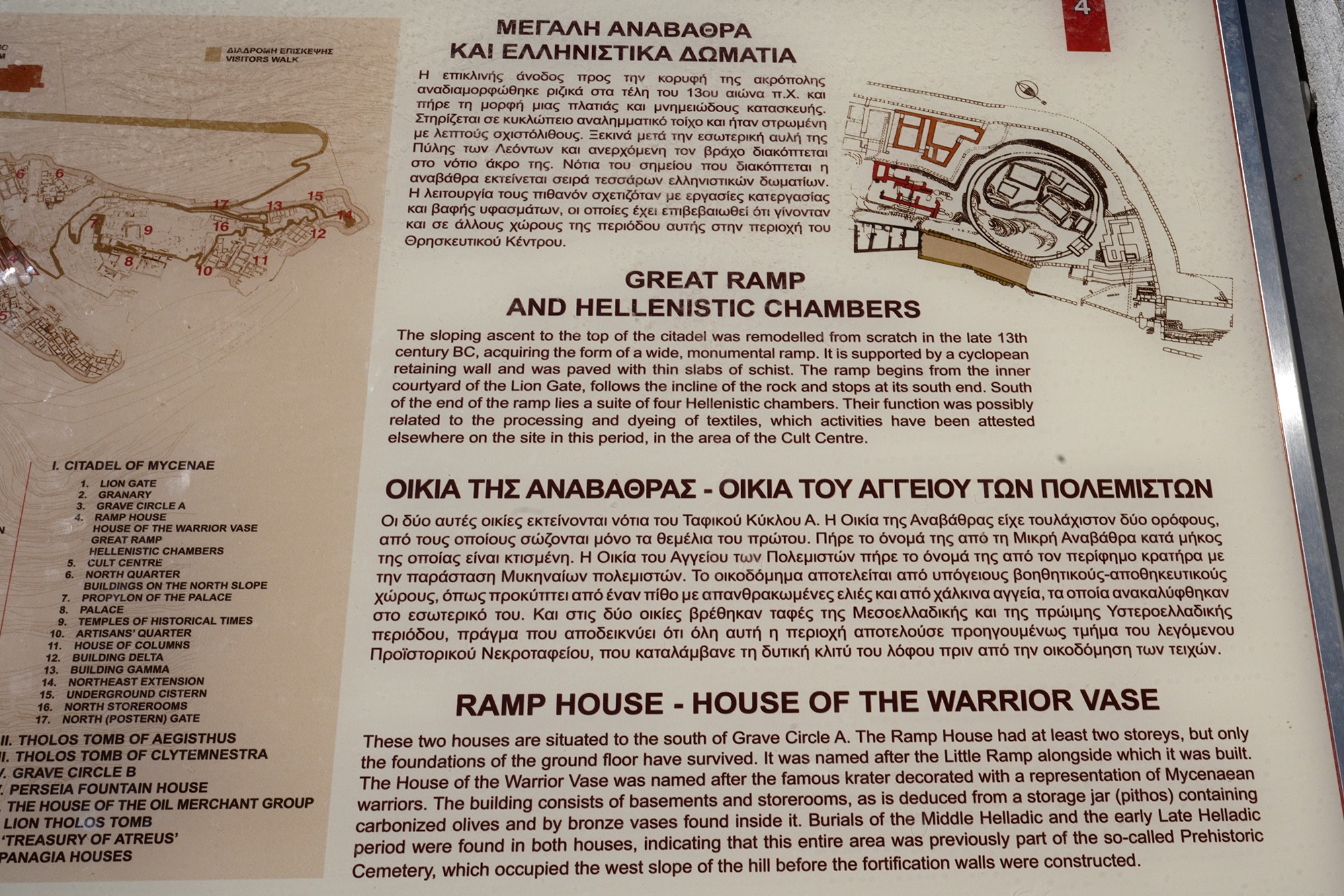
Looking down
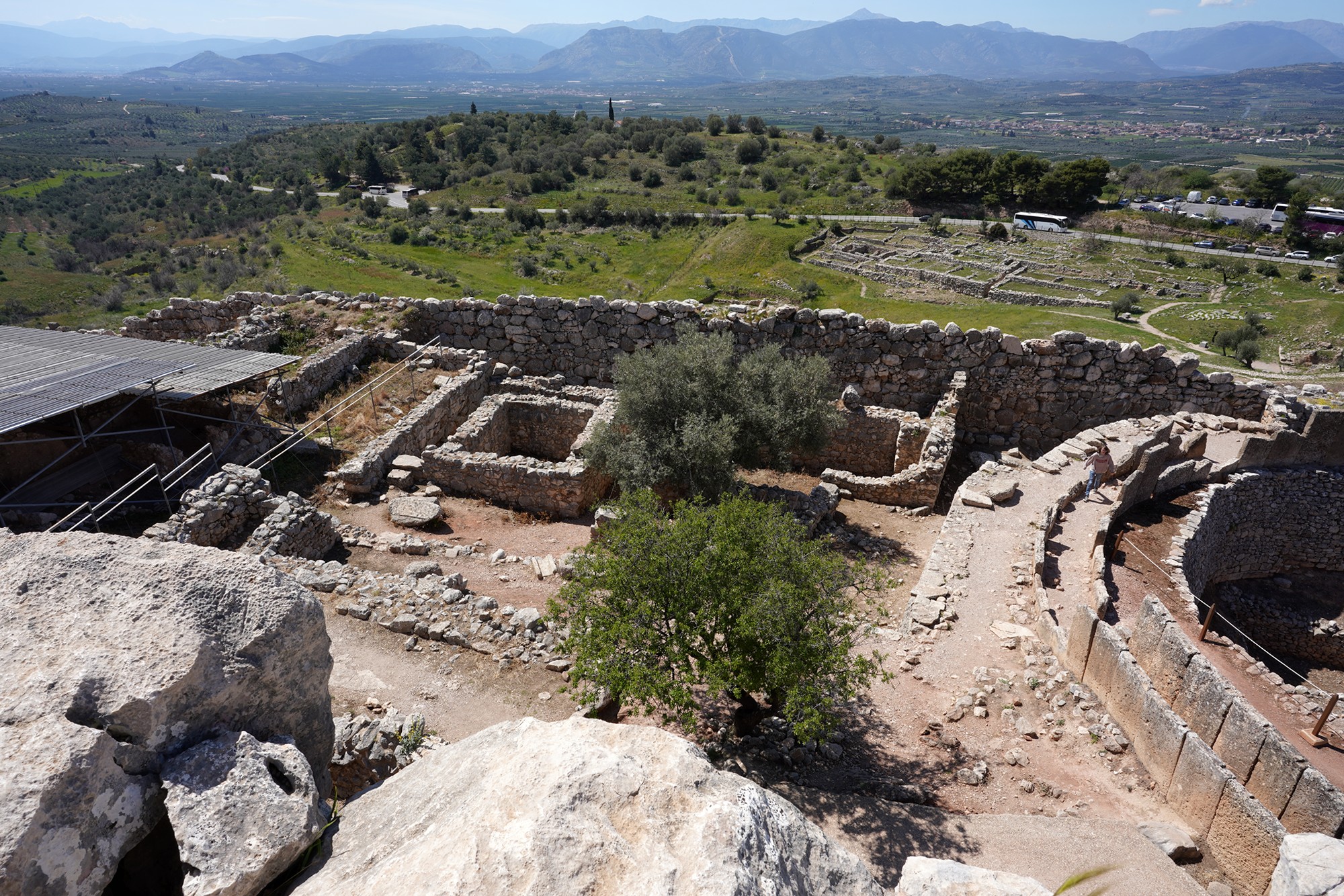
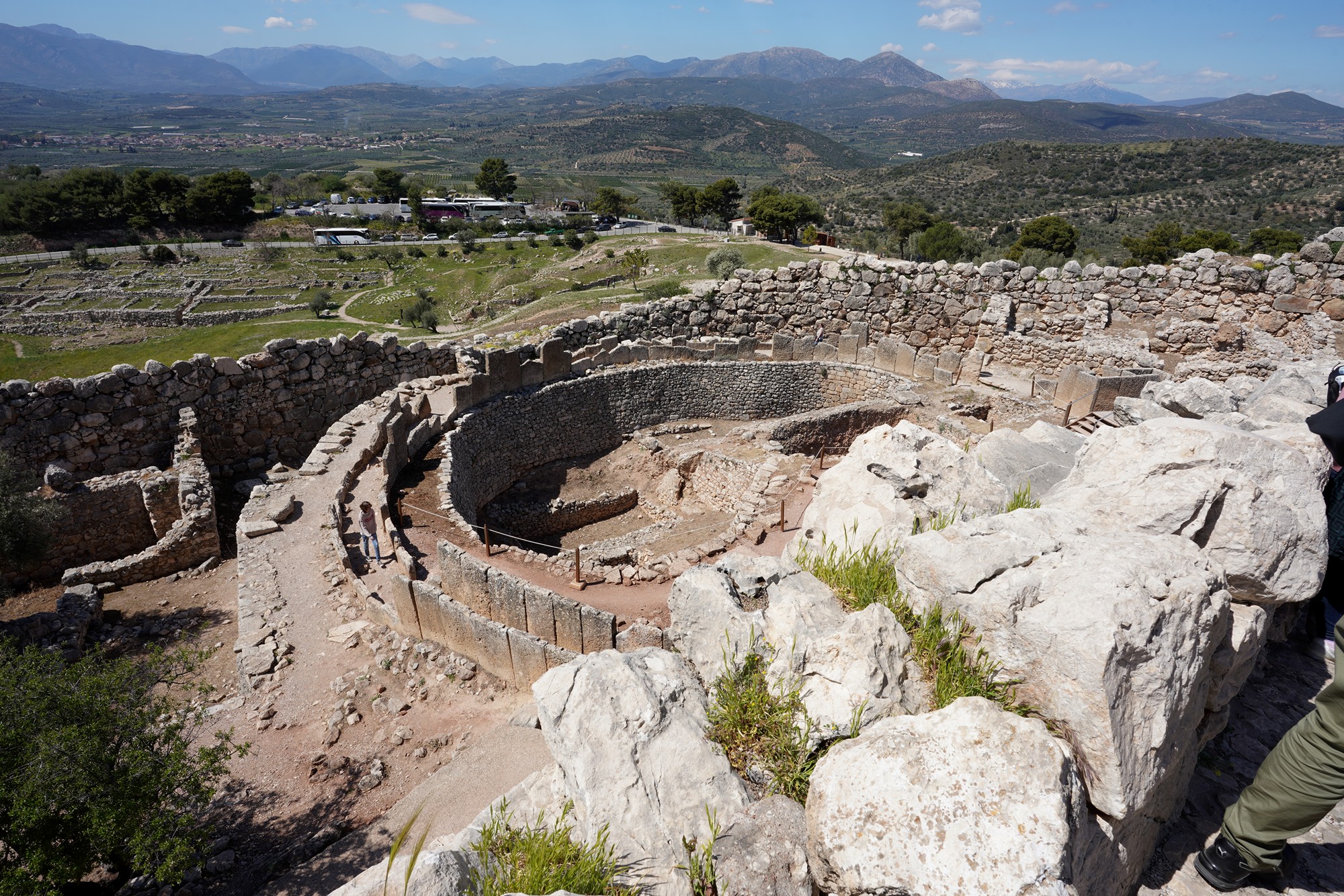
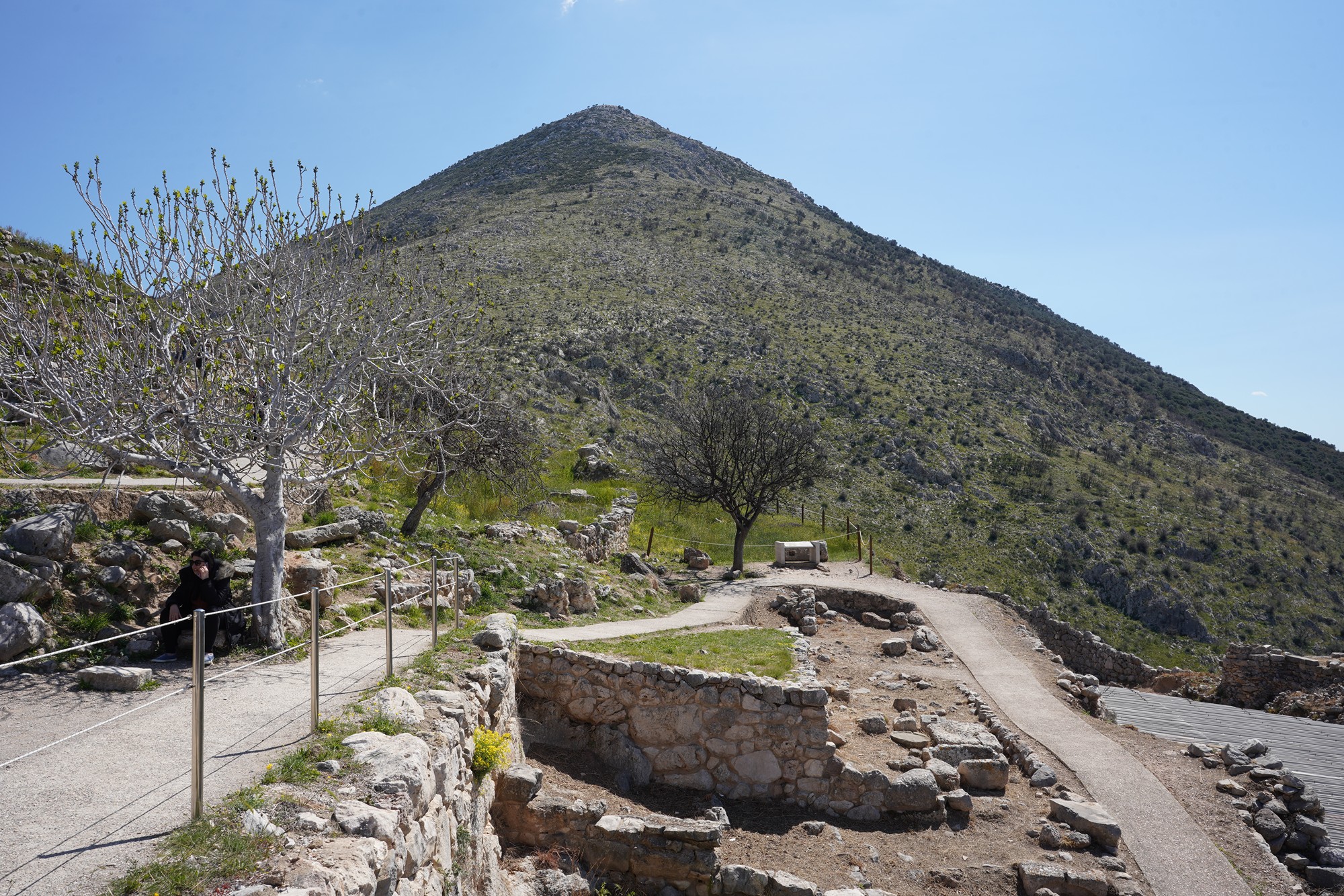
Looking up again
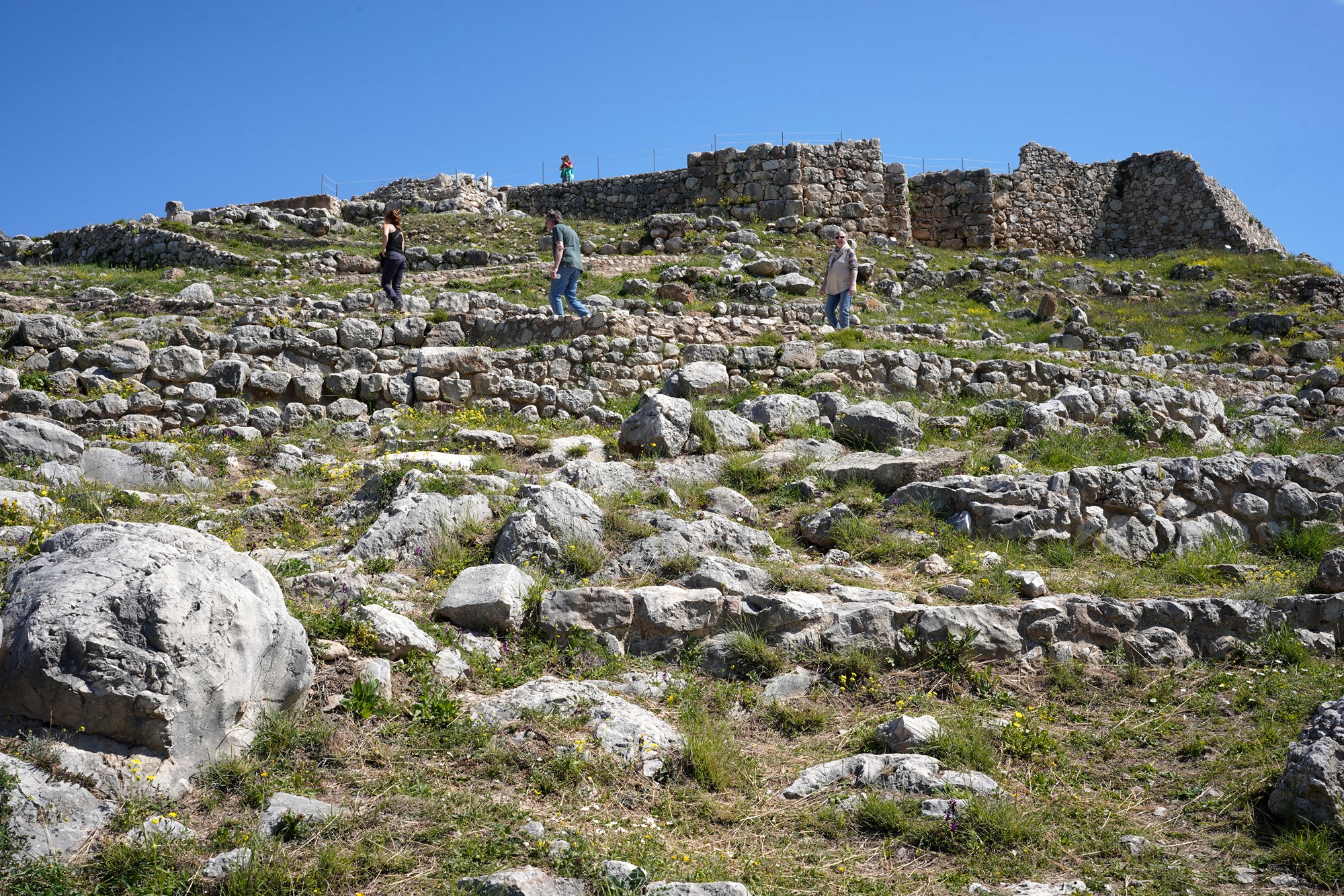
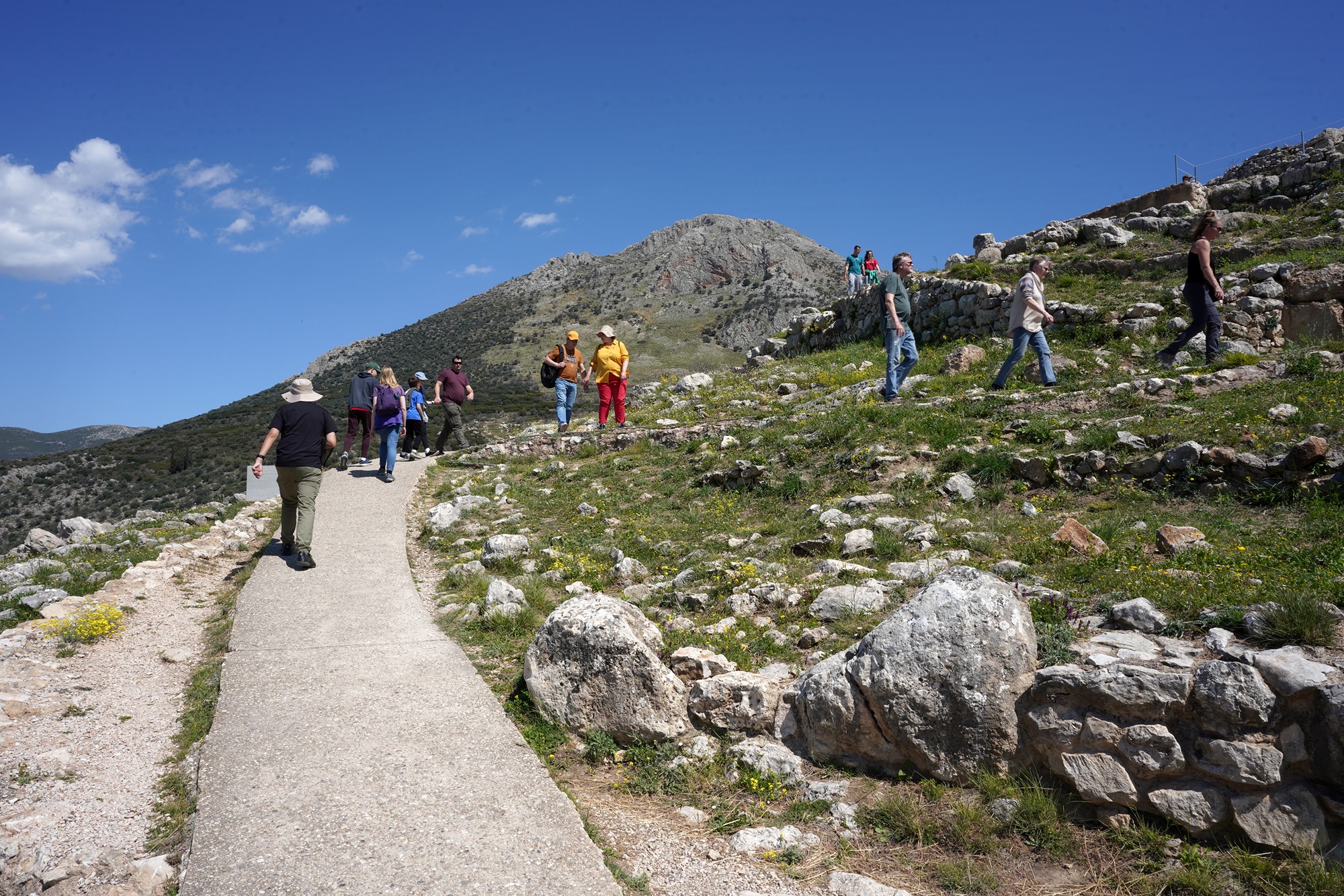
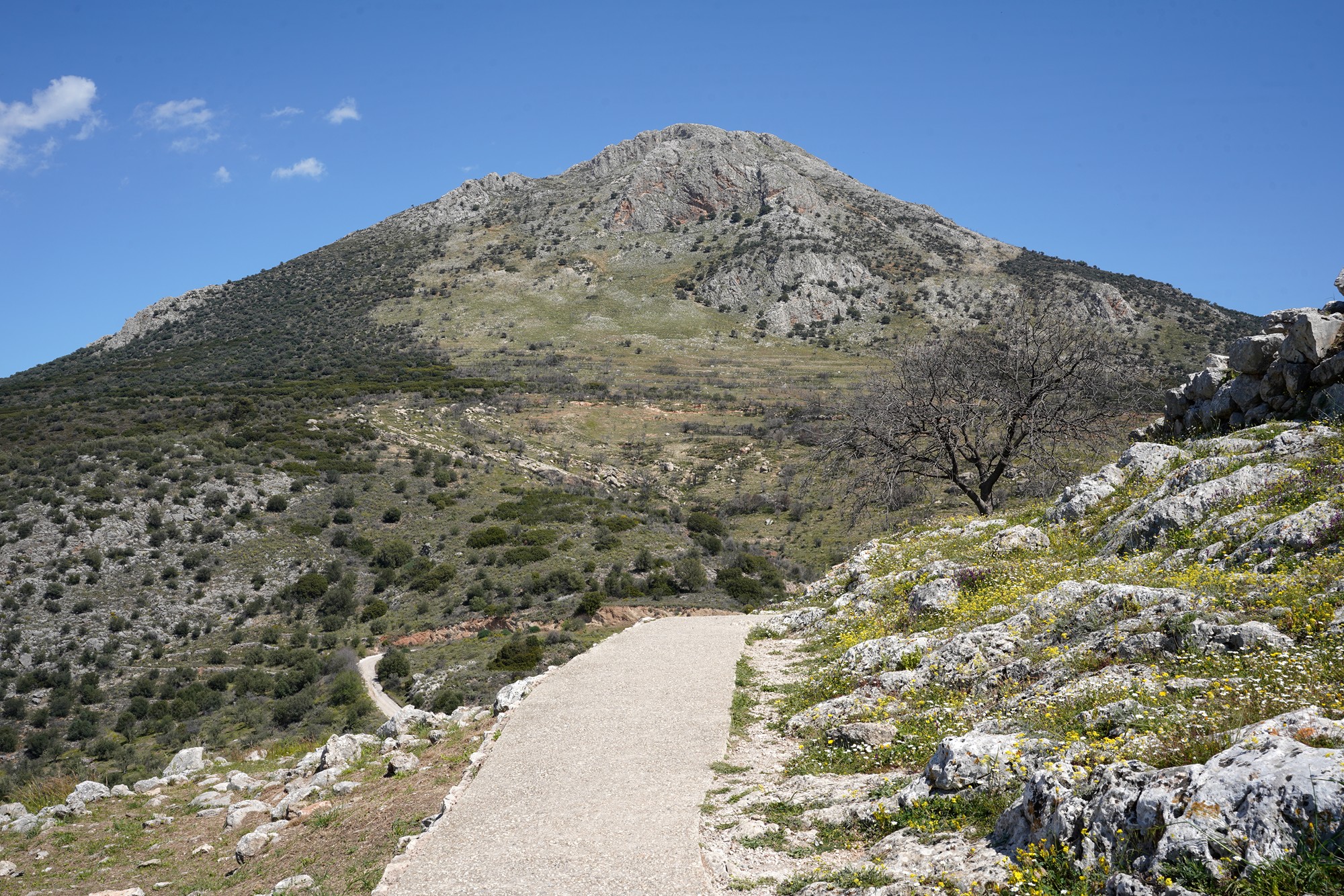
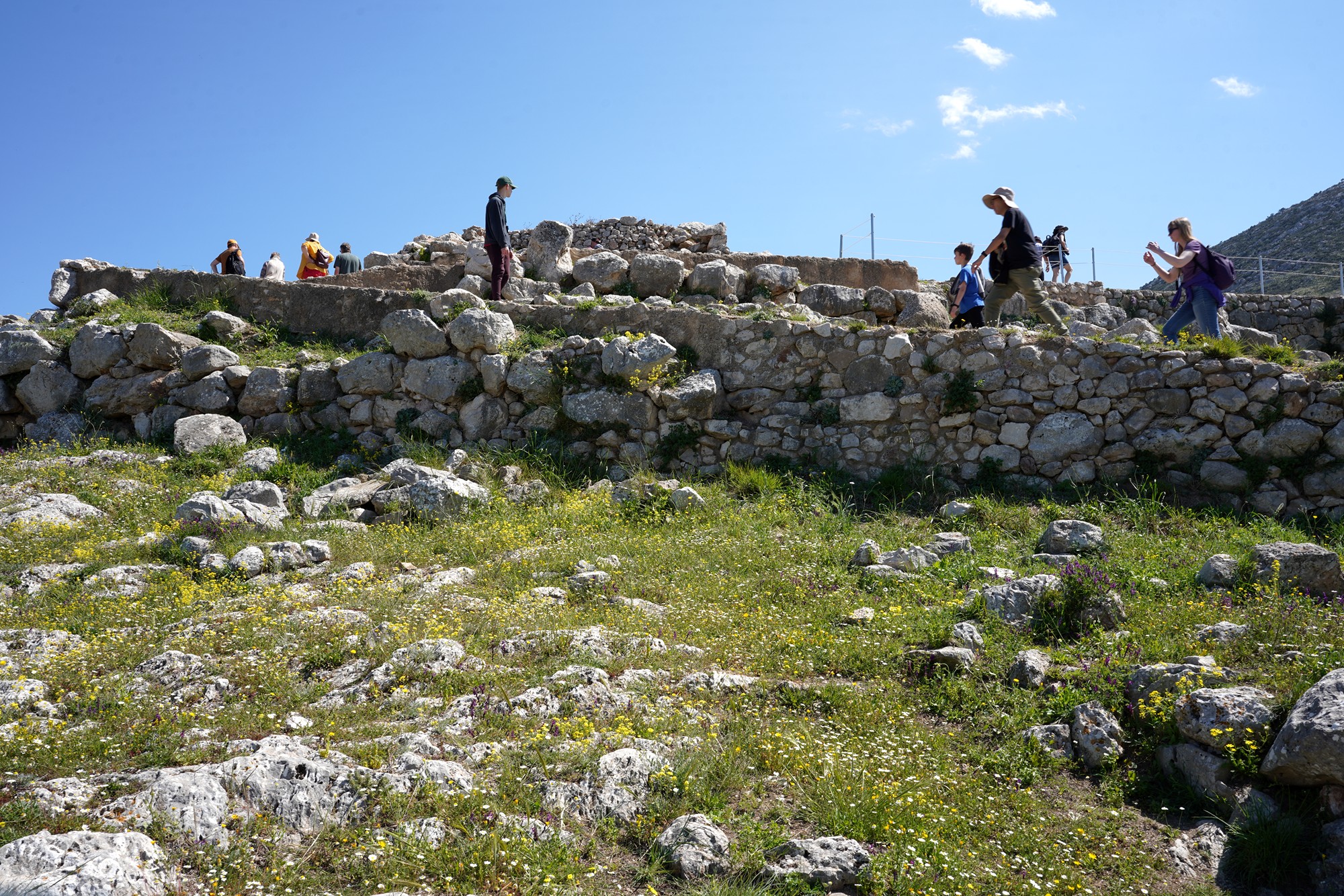
Looking down
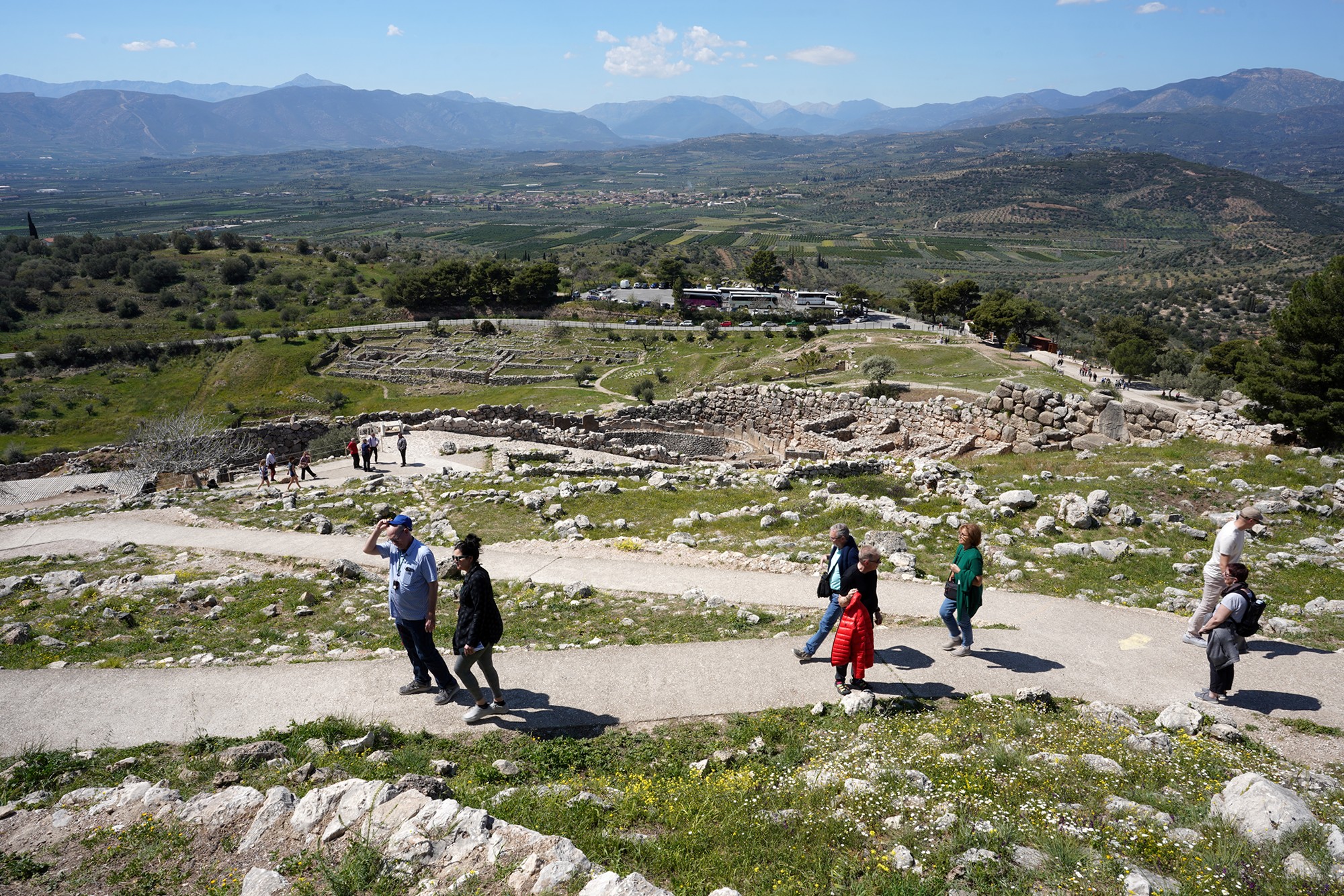
At the top is the place of the palace.
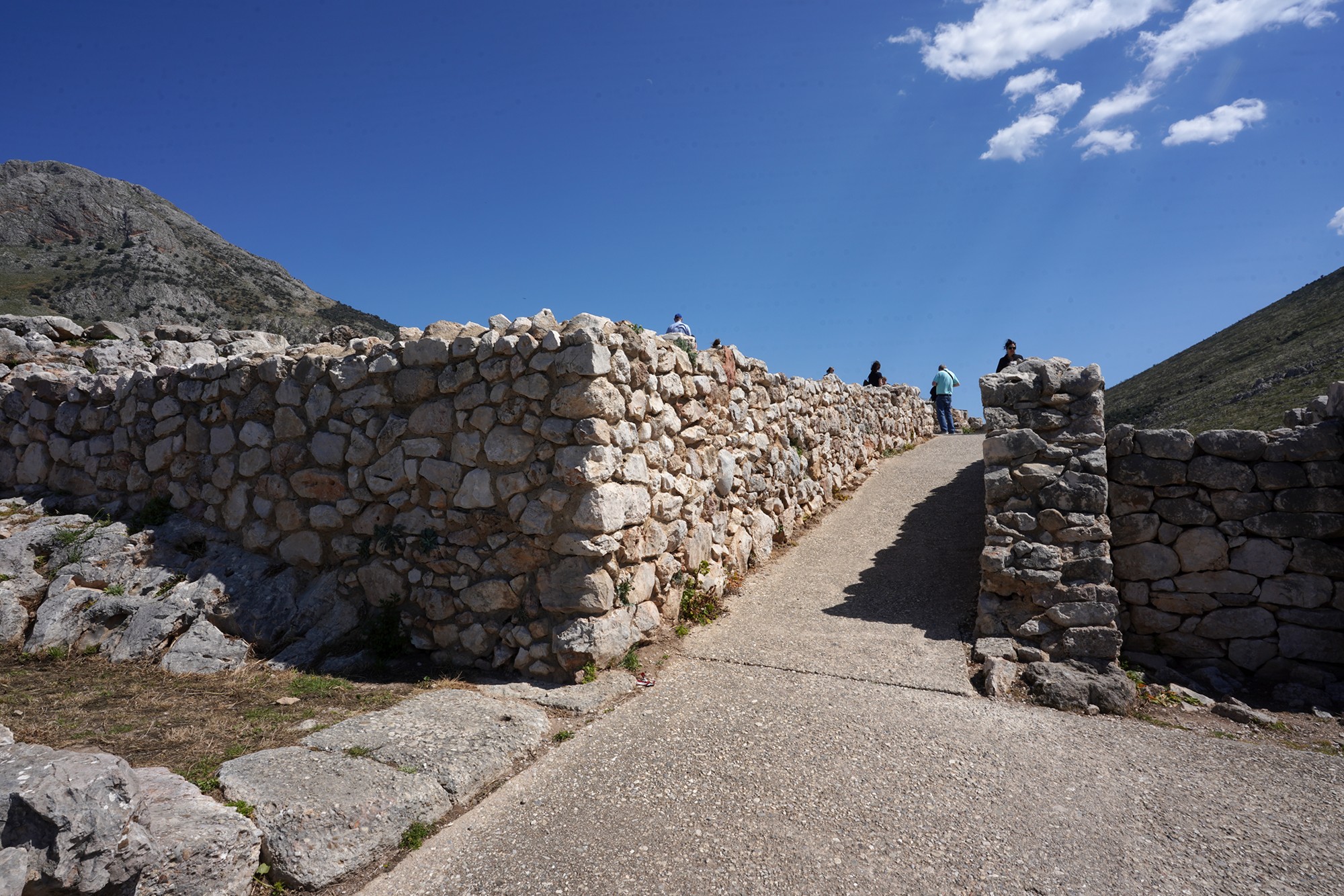
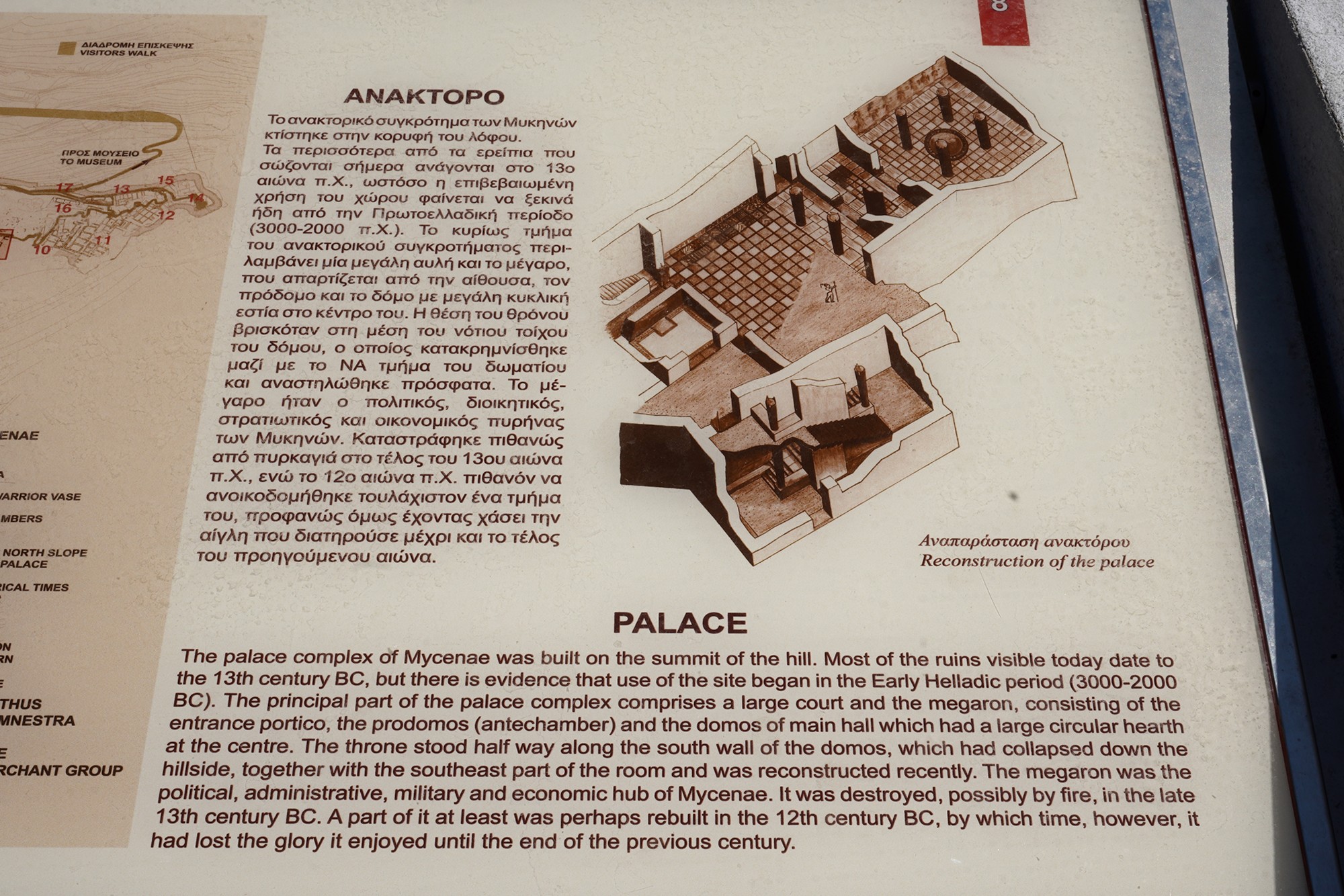
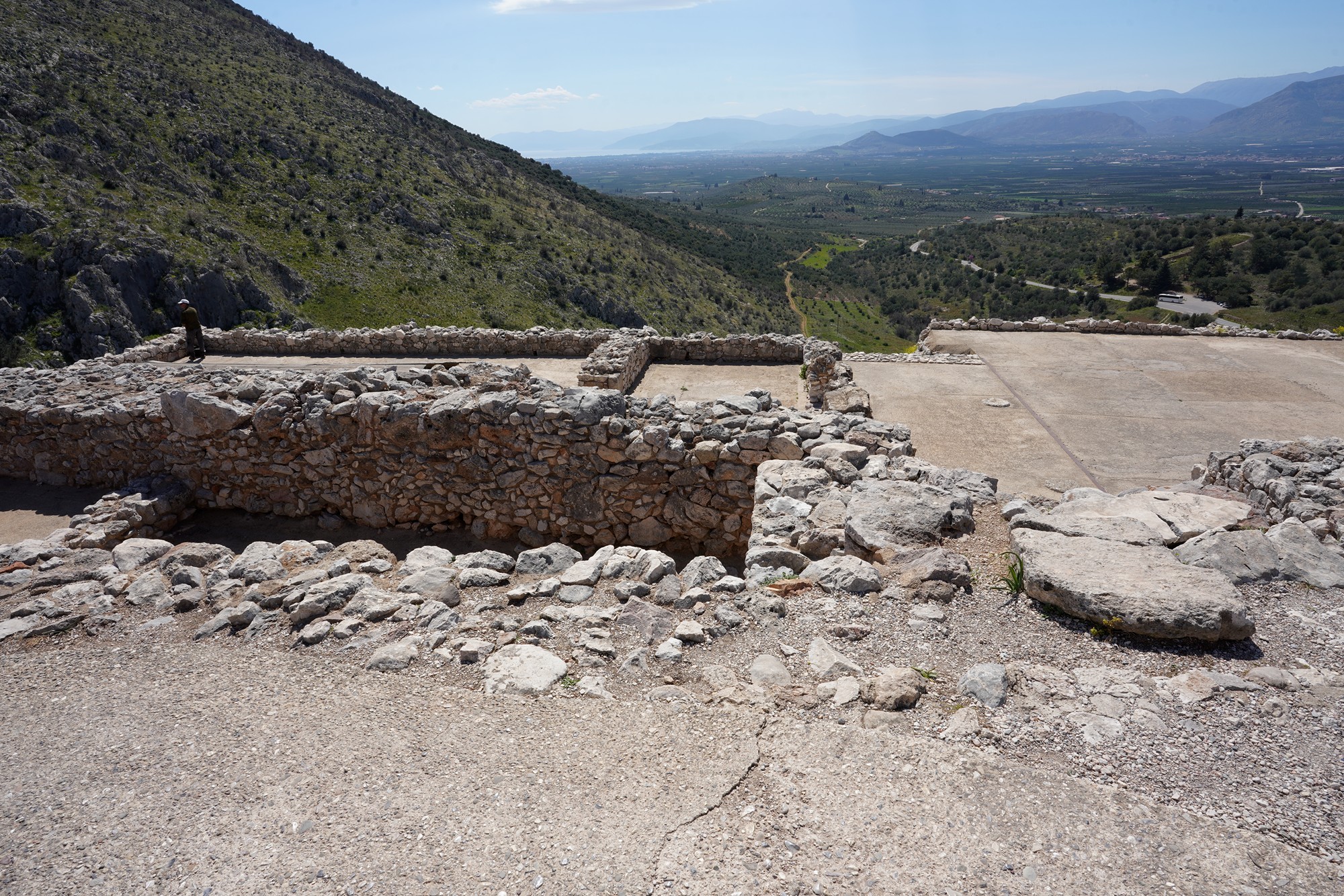
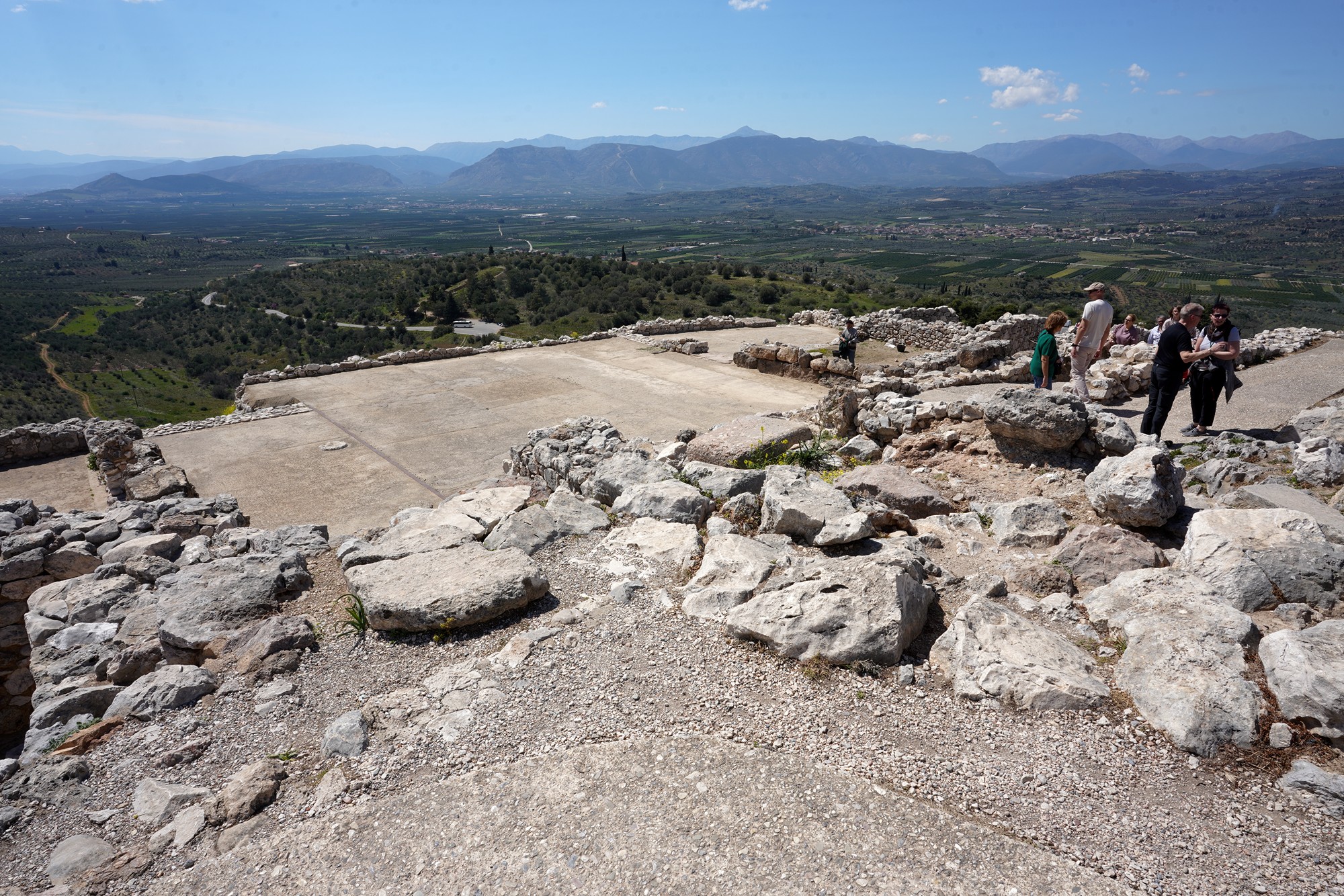
Looking at the other side of the hill
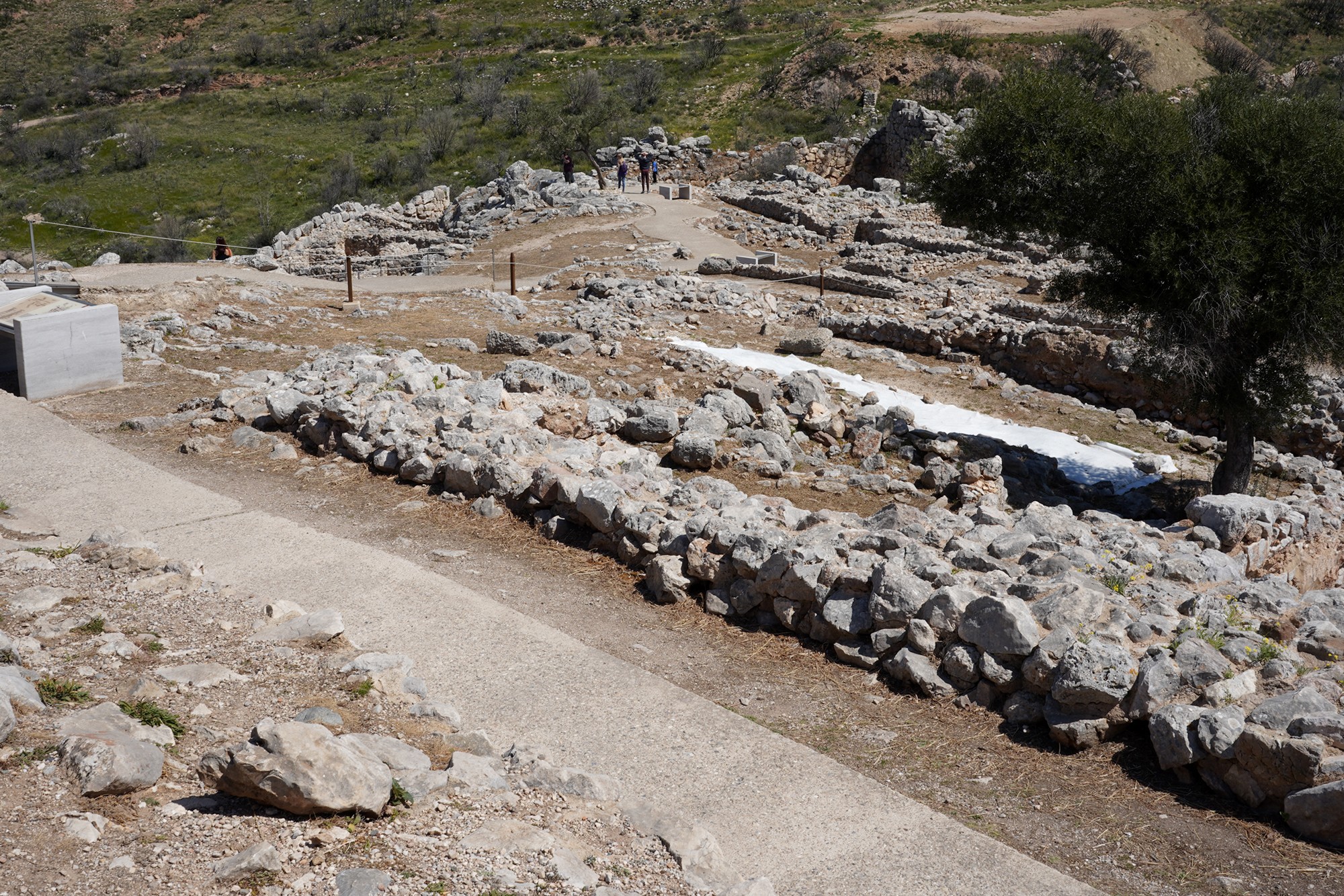

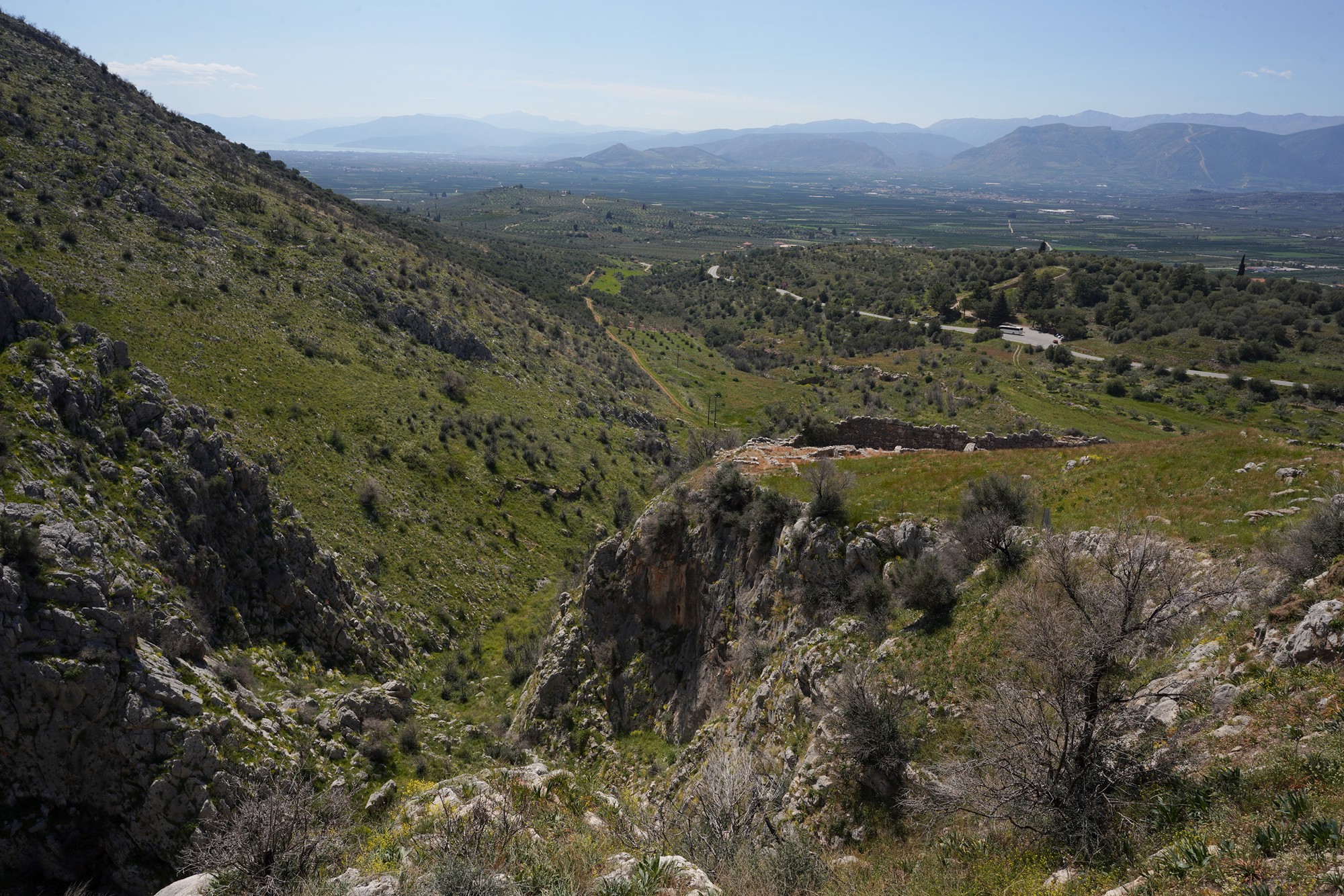
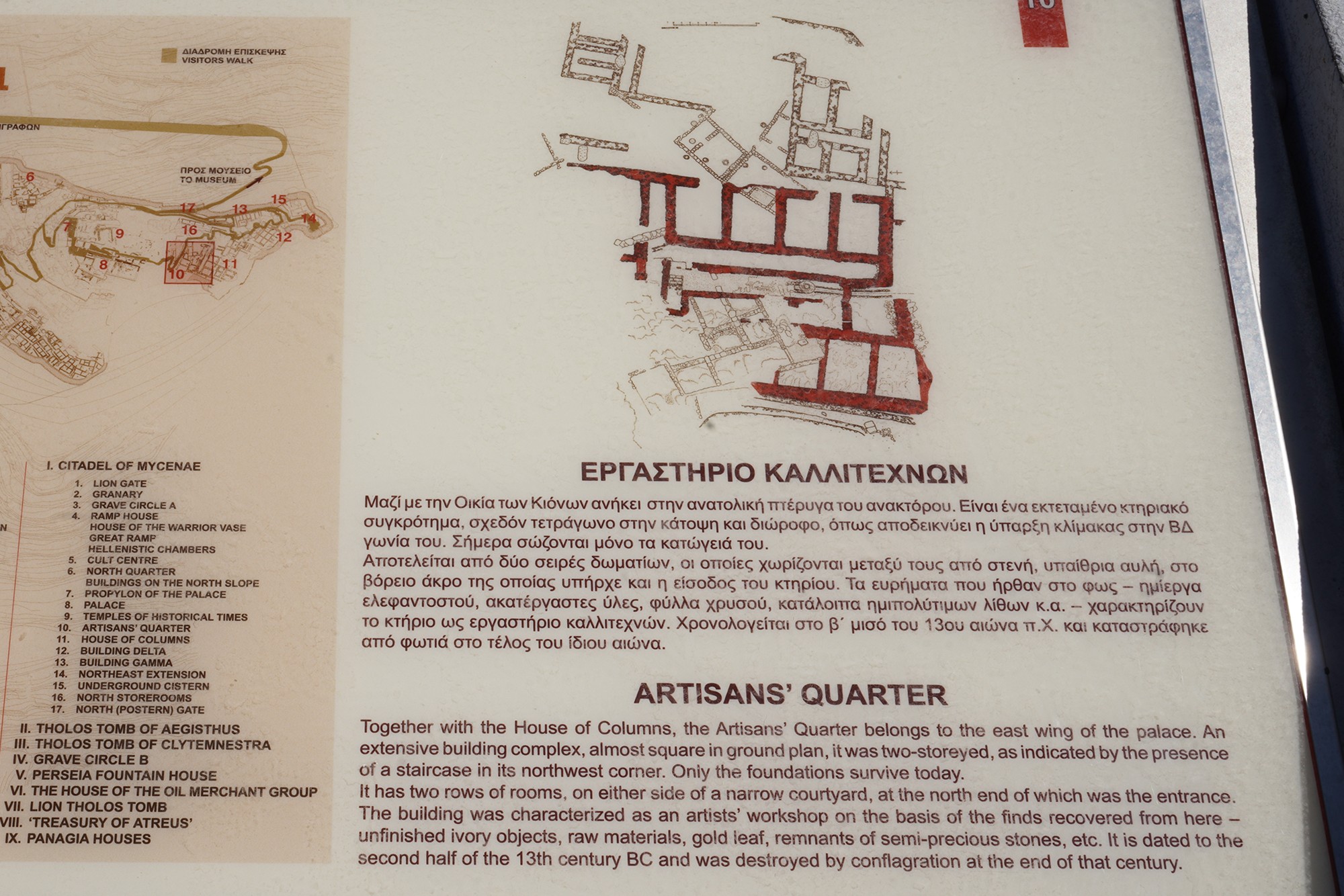
Area for the artisans
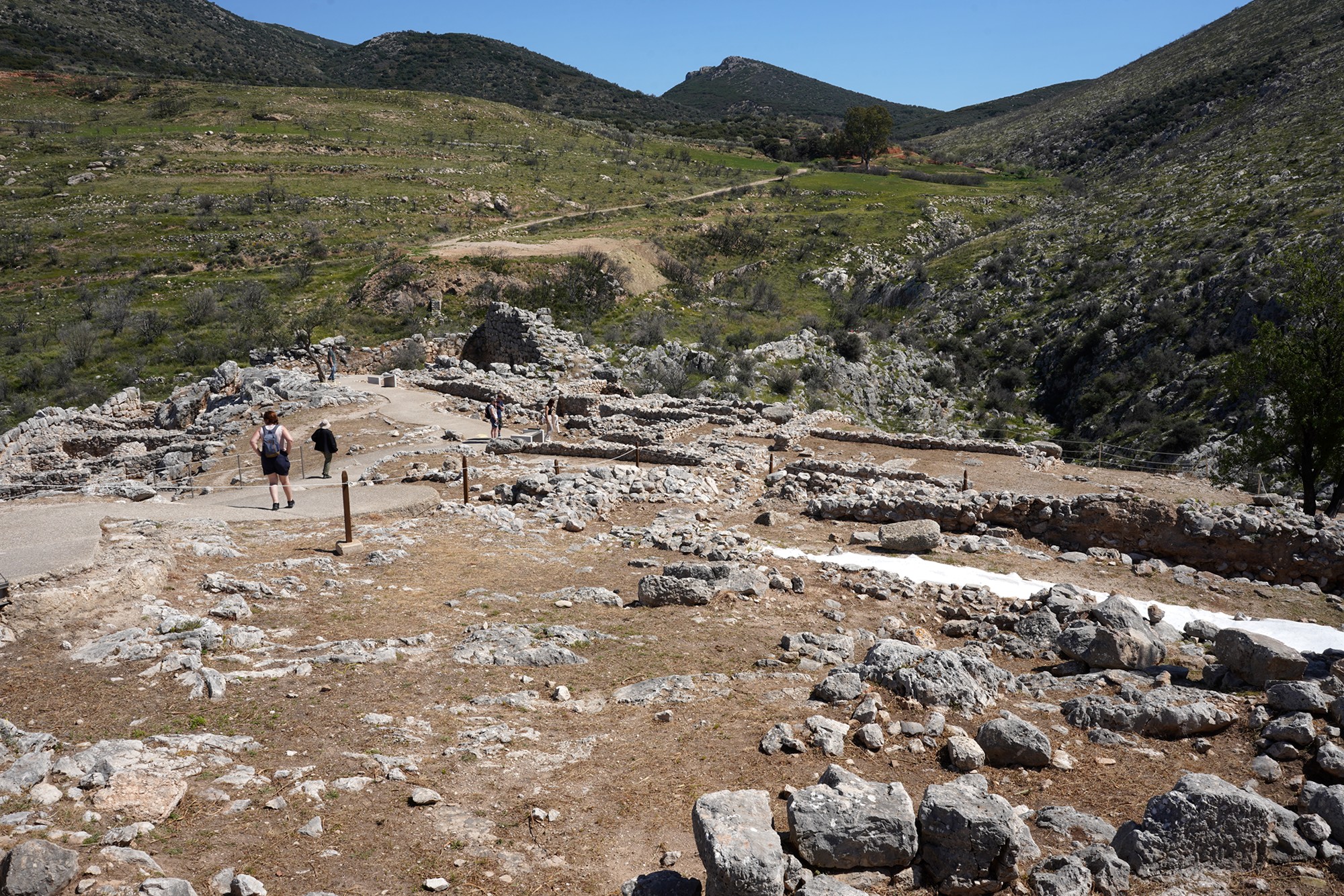
Walking down the other side
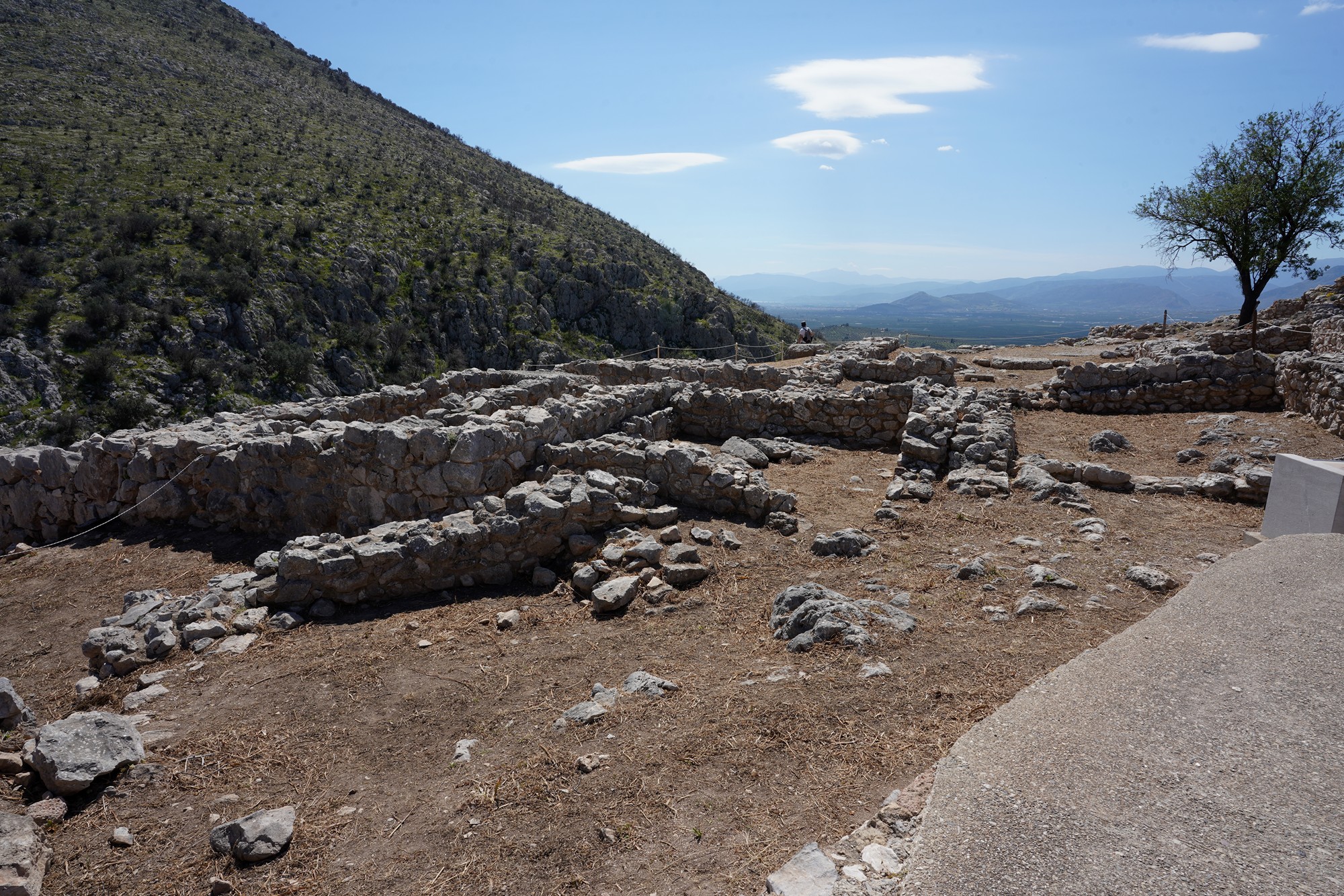
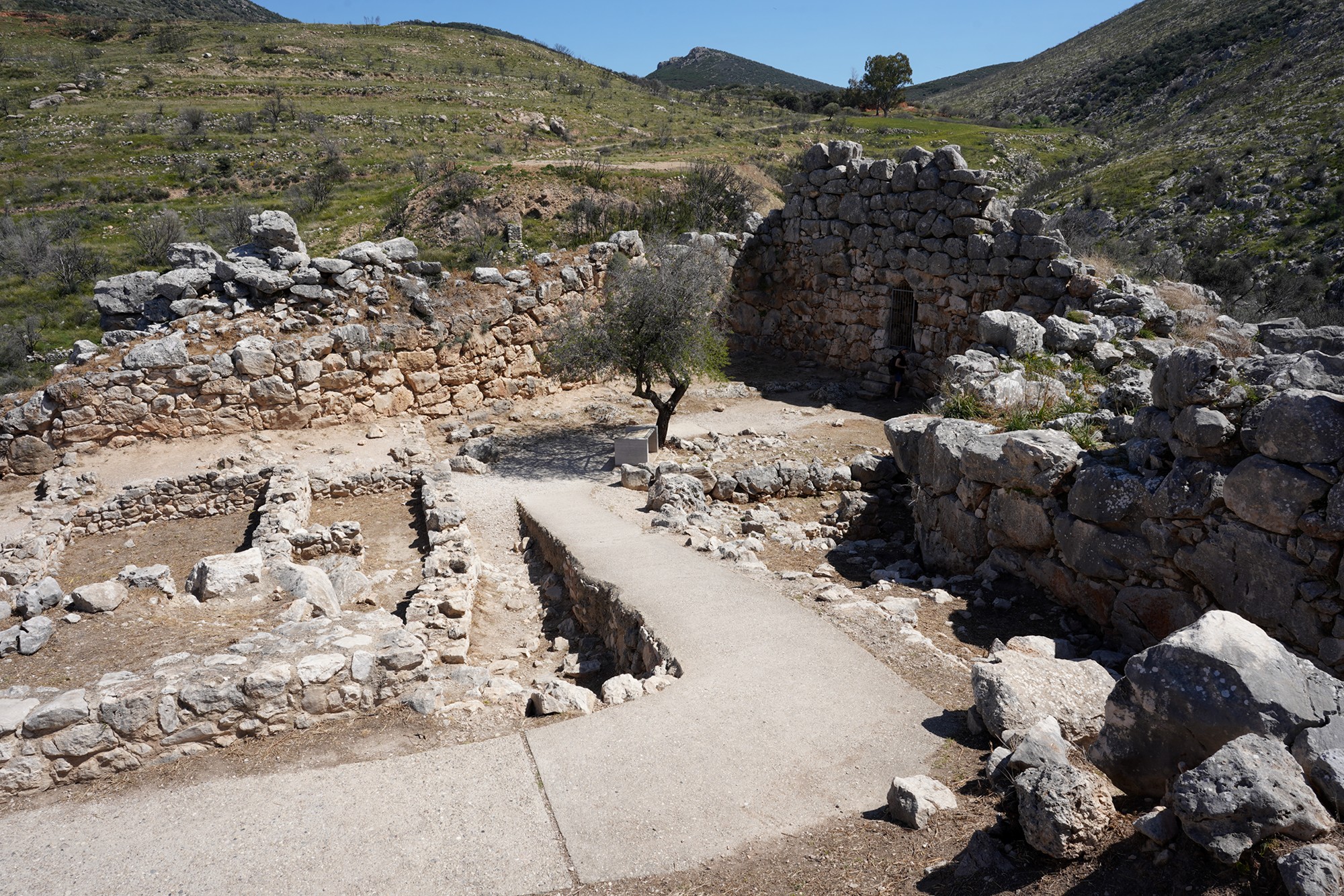
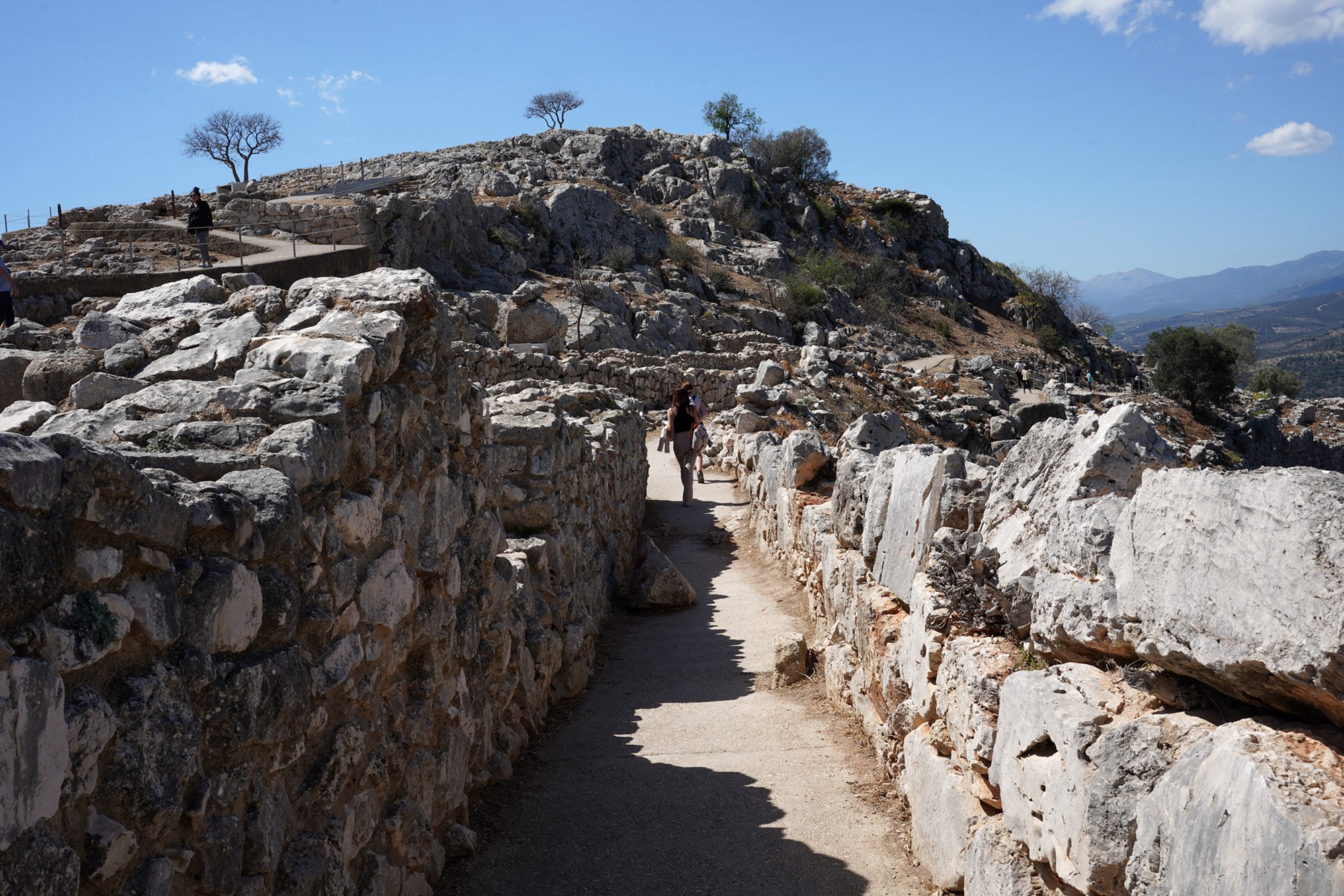
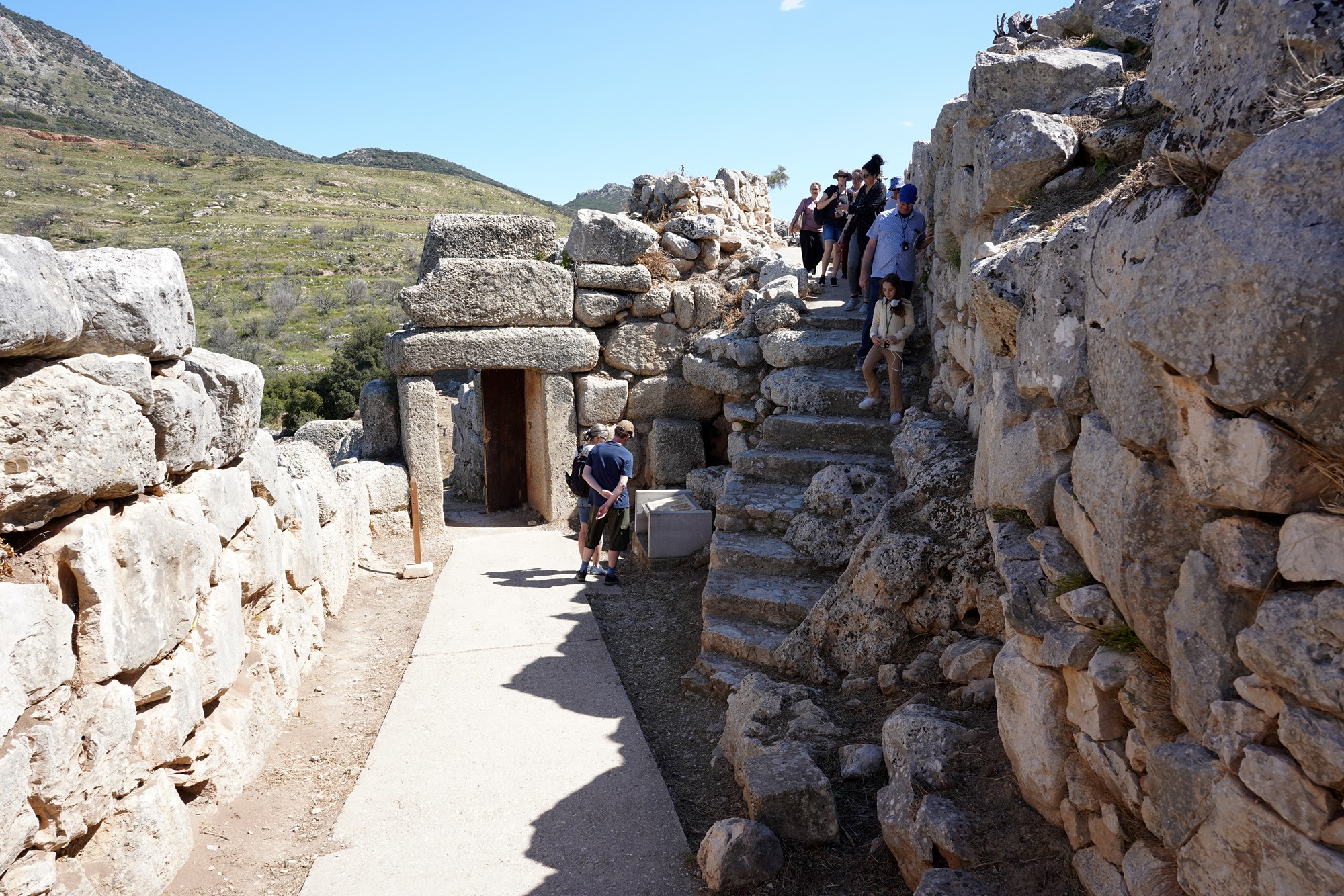
Walking around the hill back to the front side
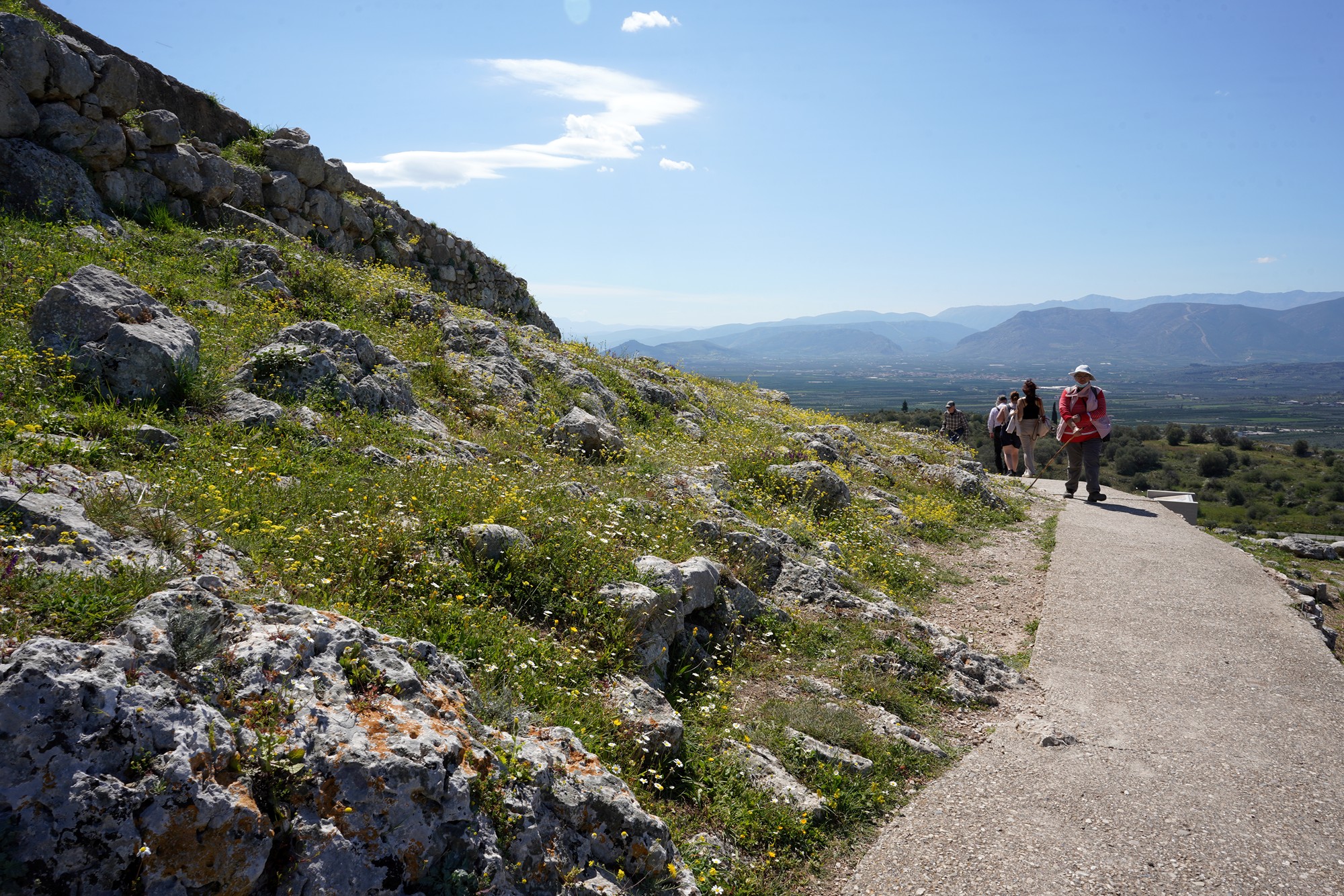
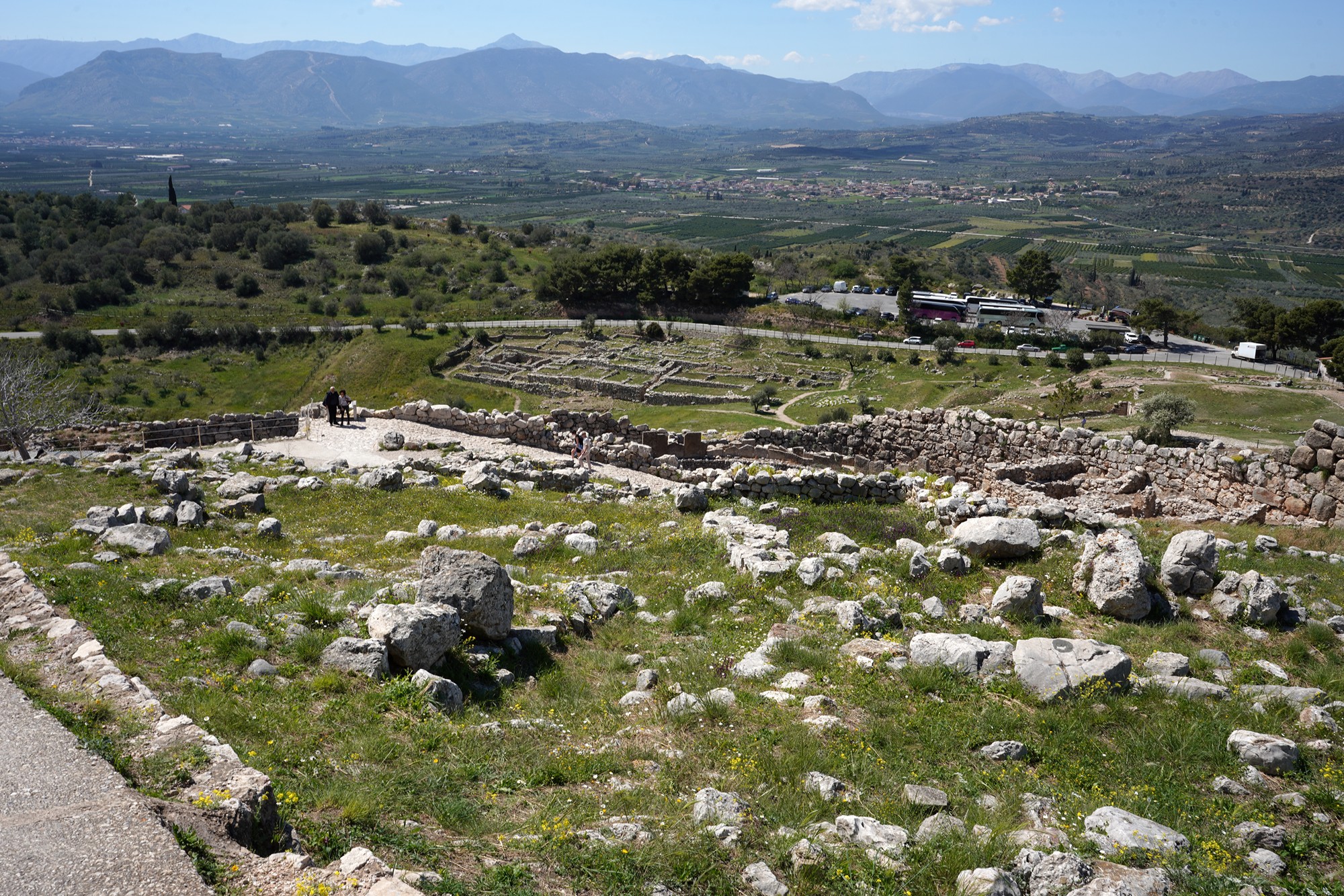
Back to the lions gate
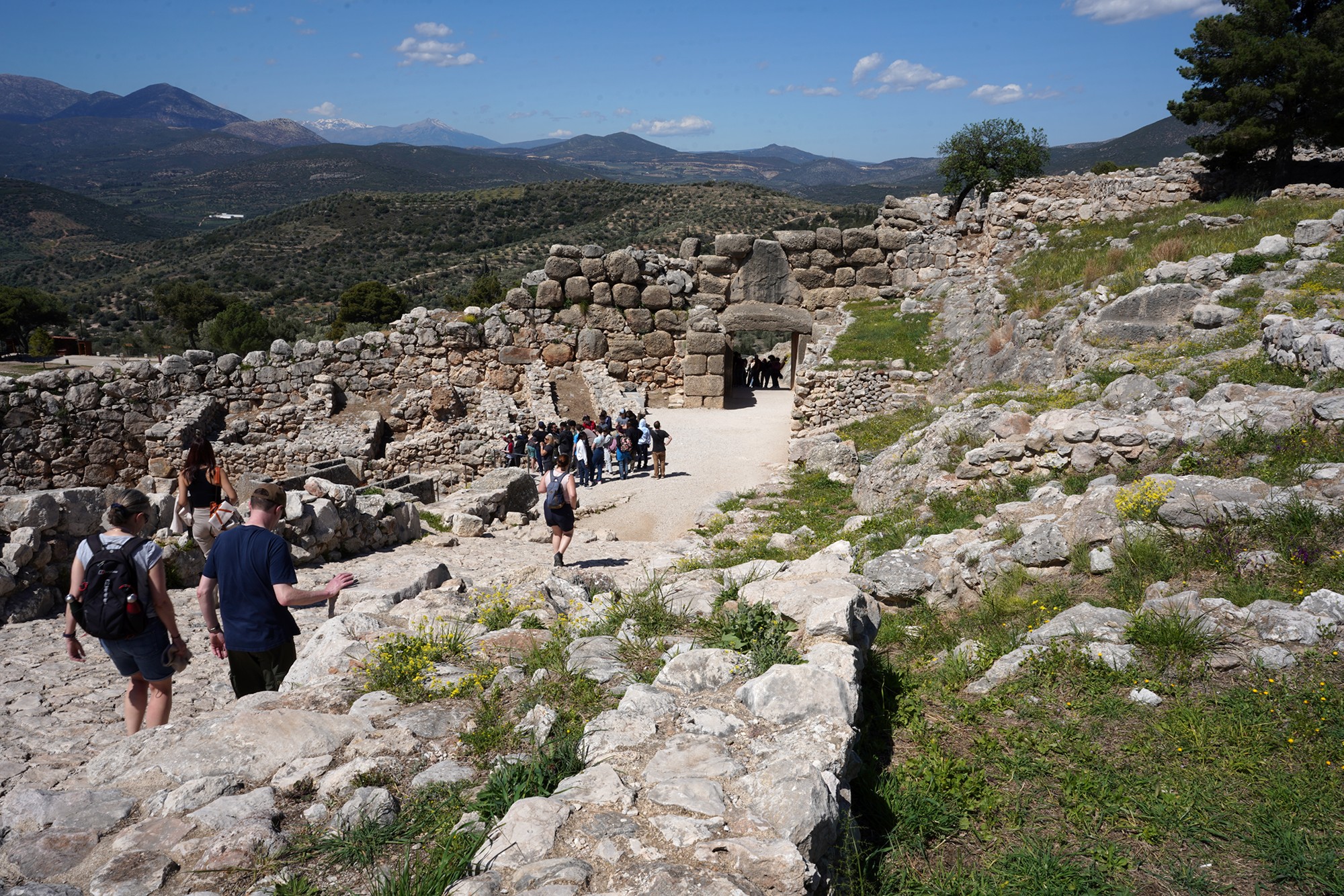
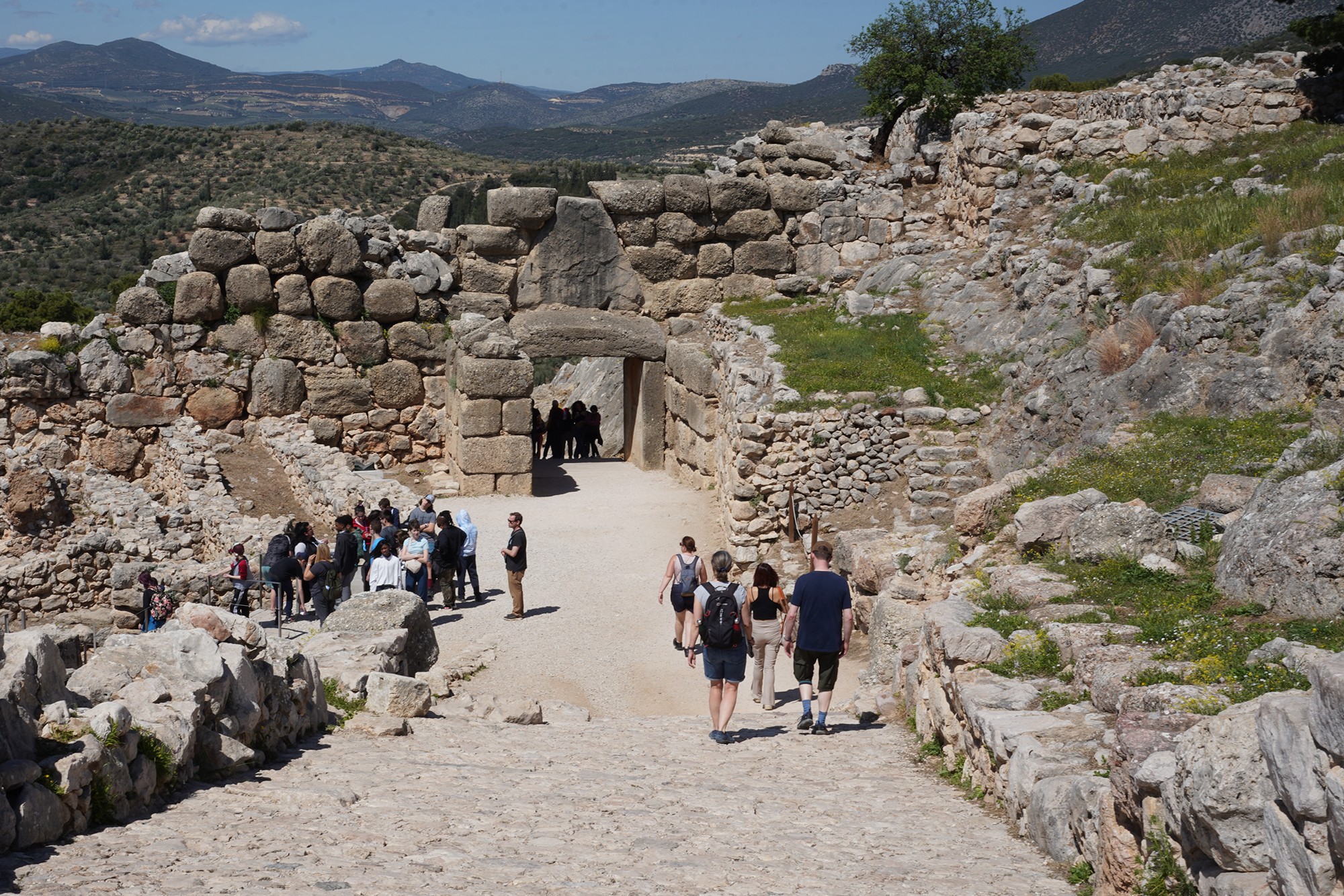
A few minute drive from the fortress is Agamemnon’s (the king) tomb.
